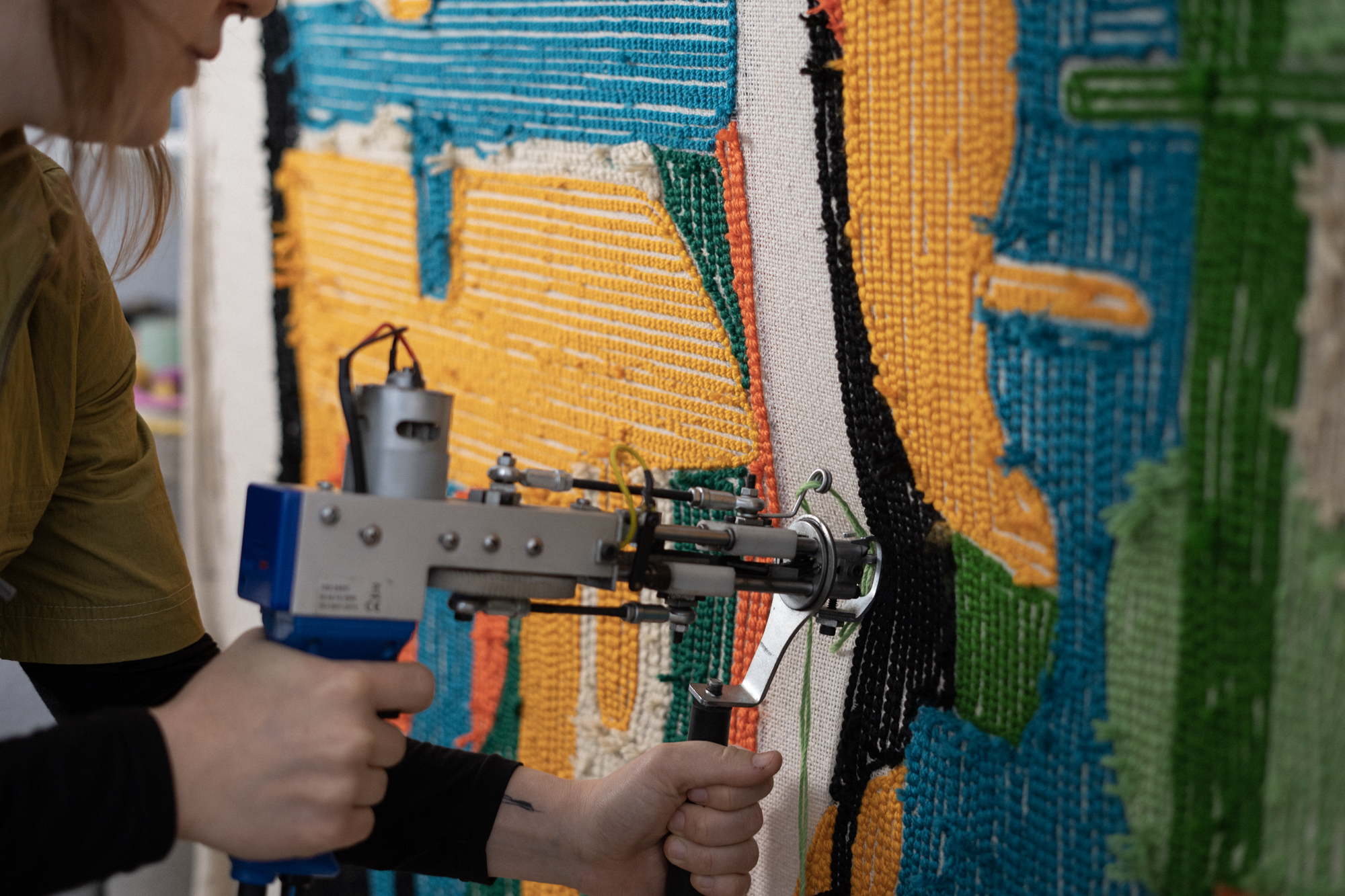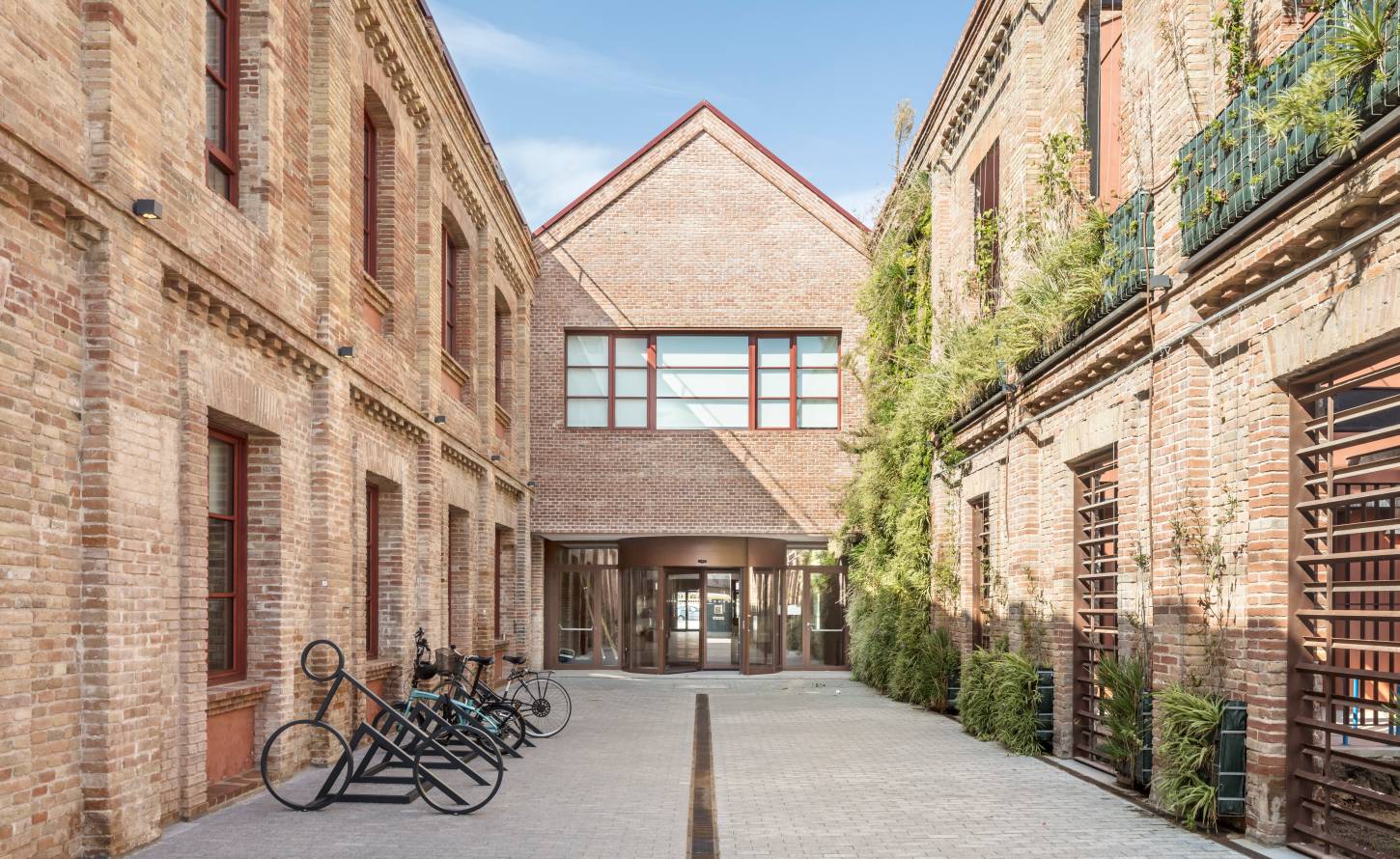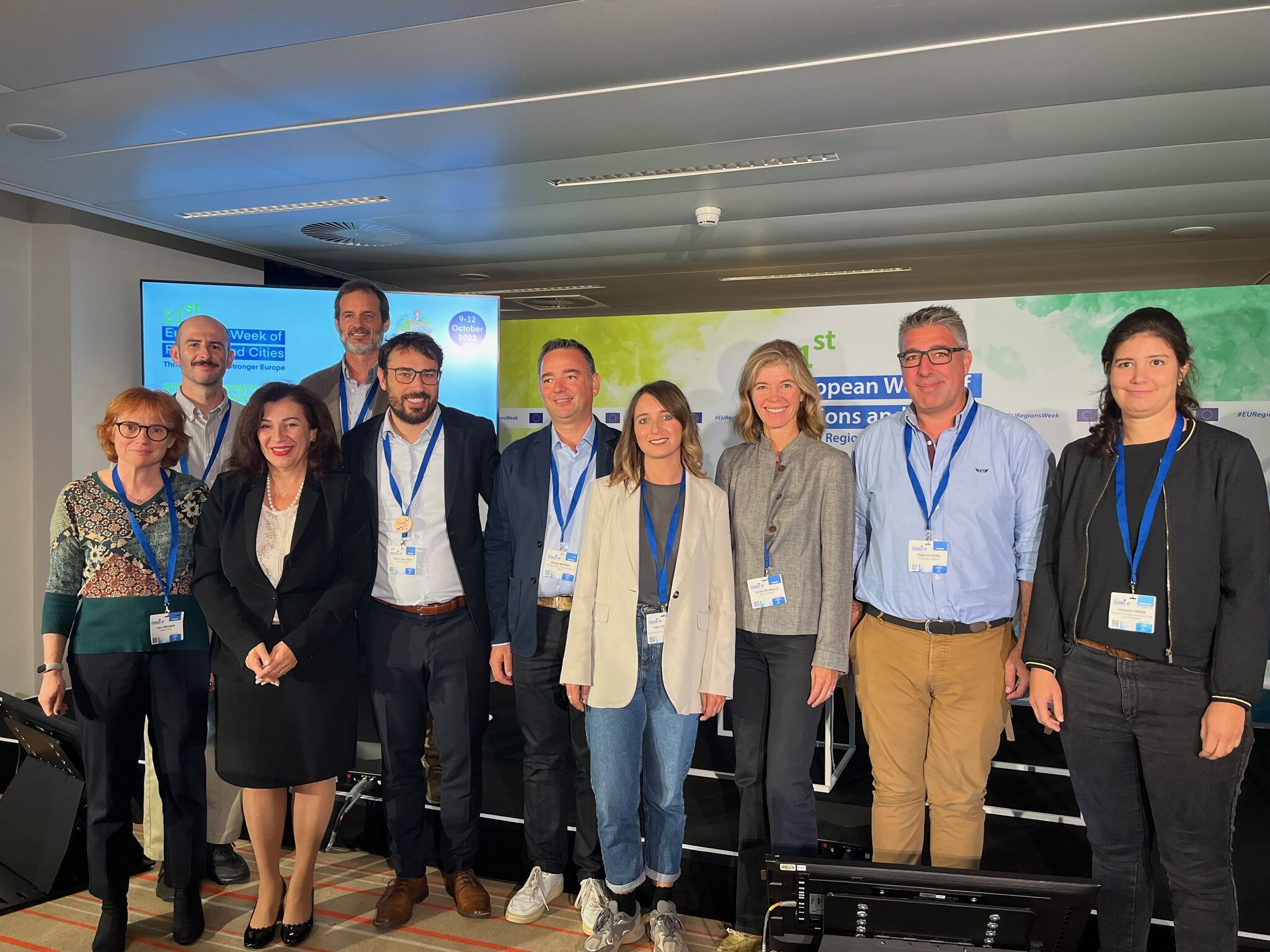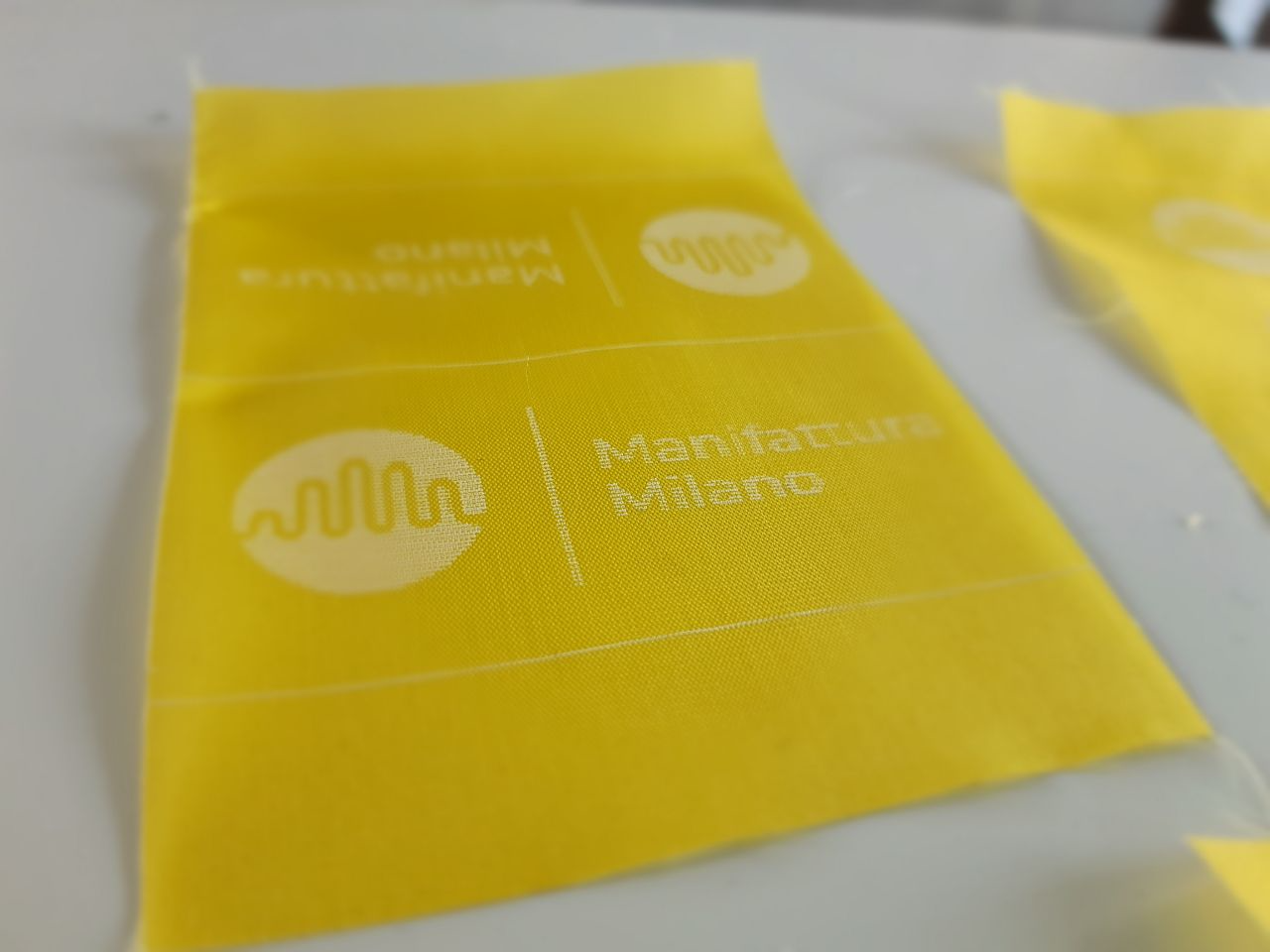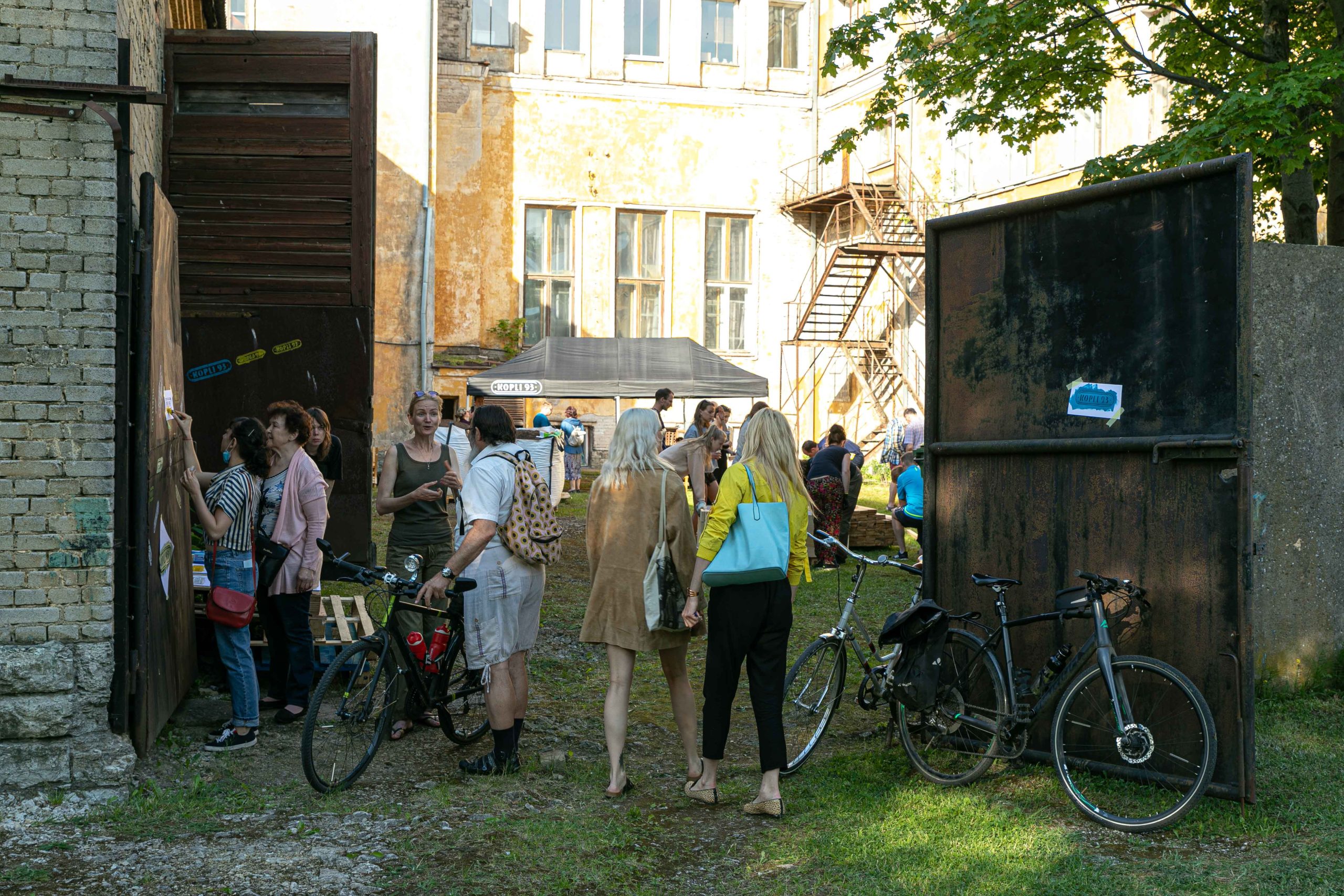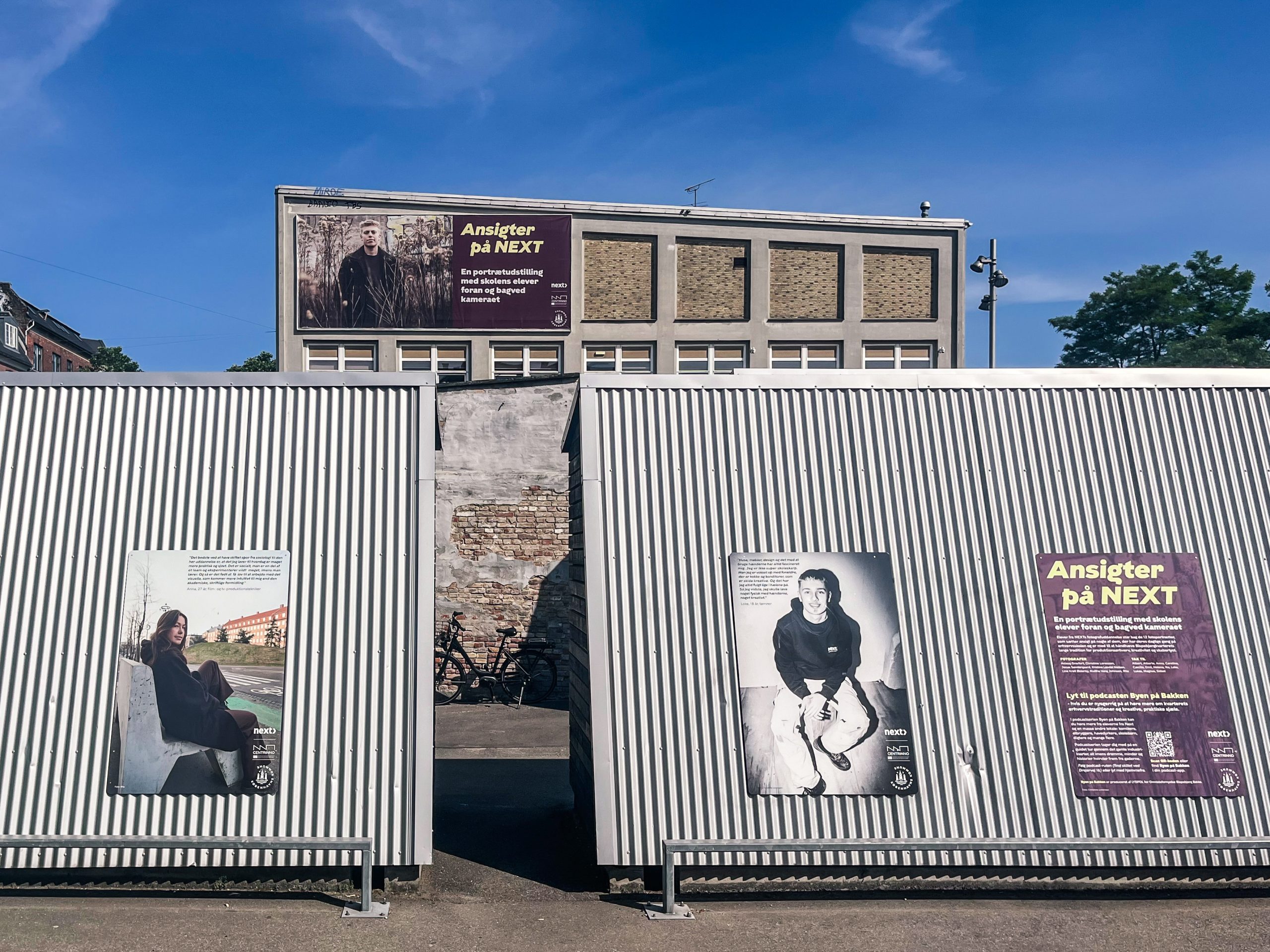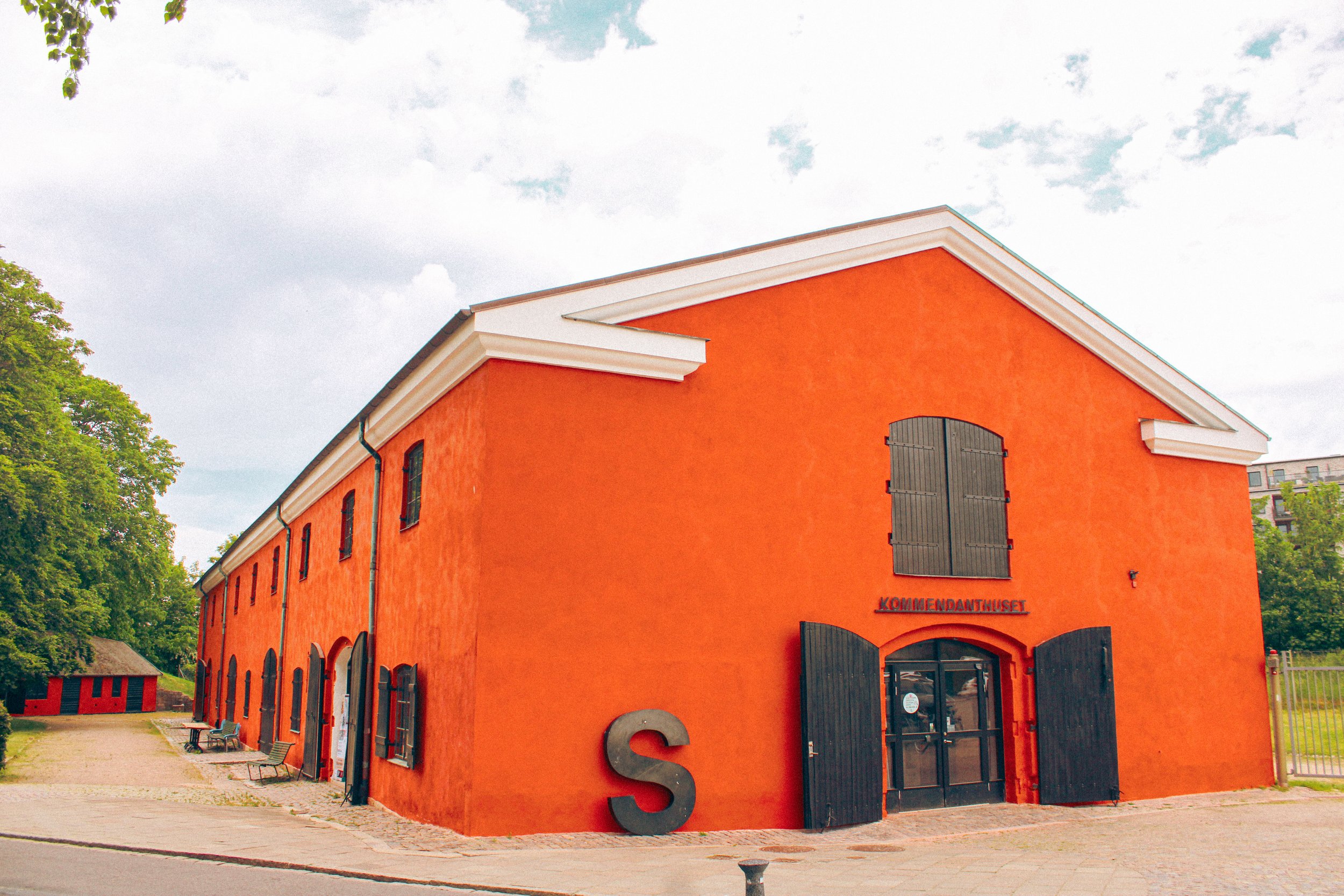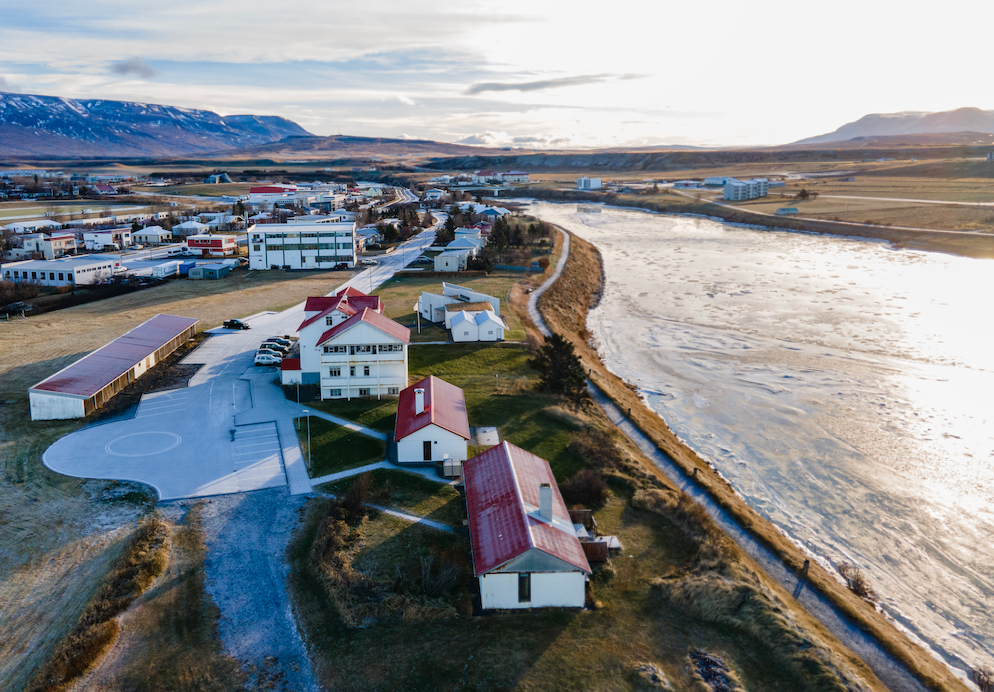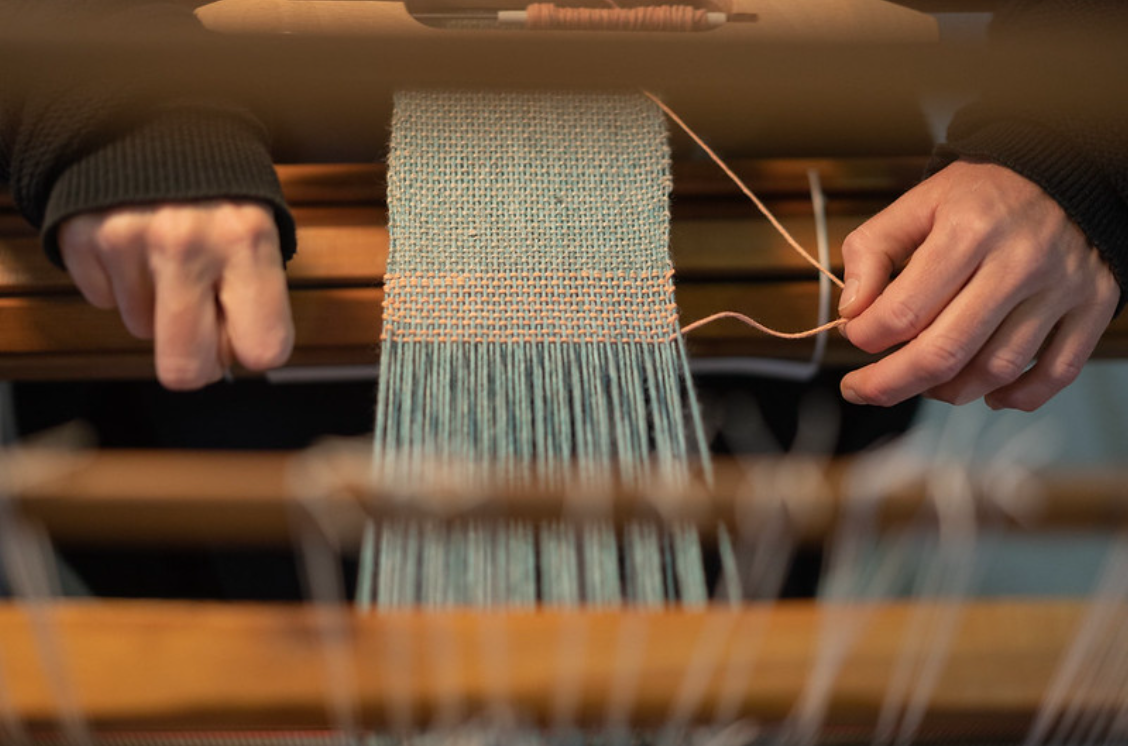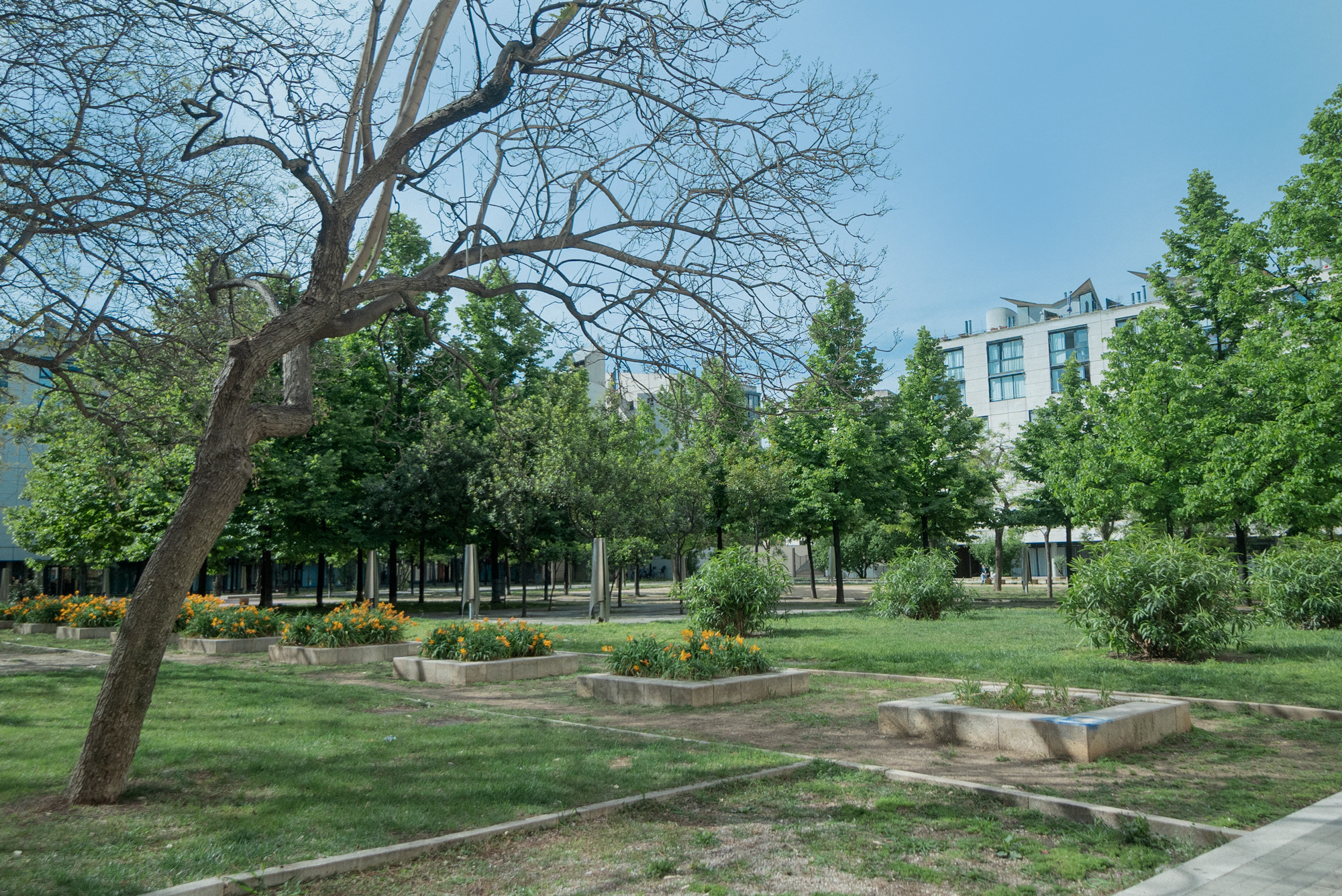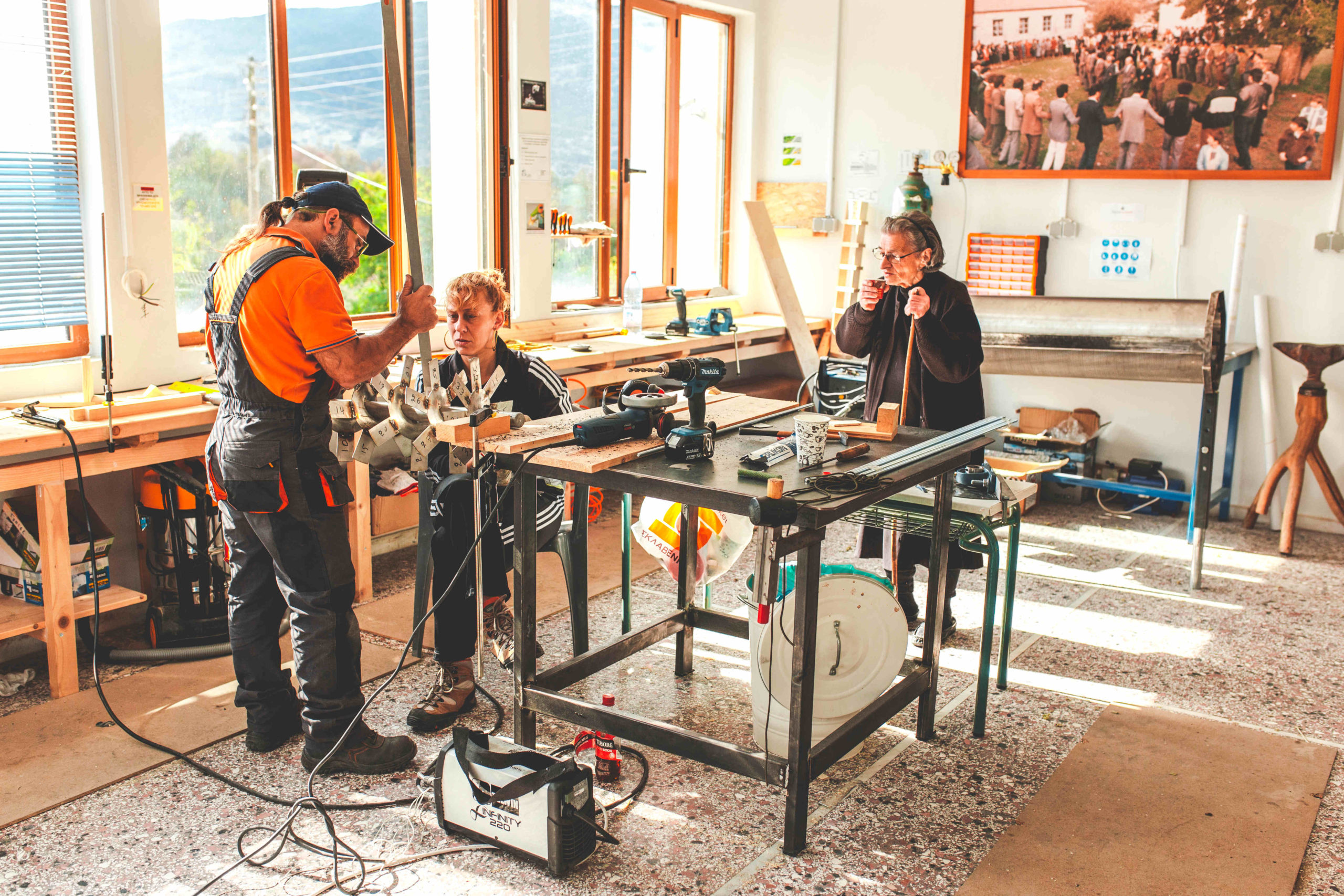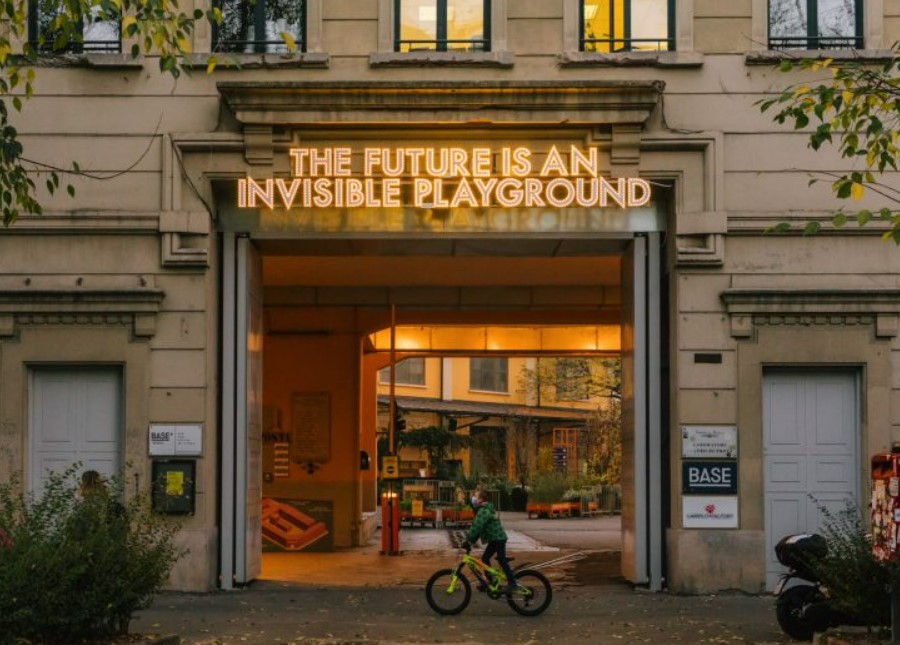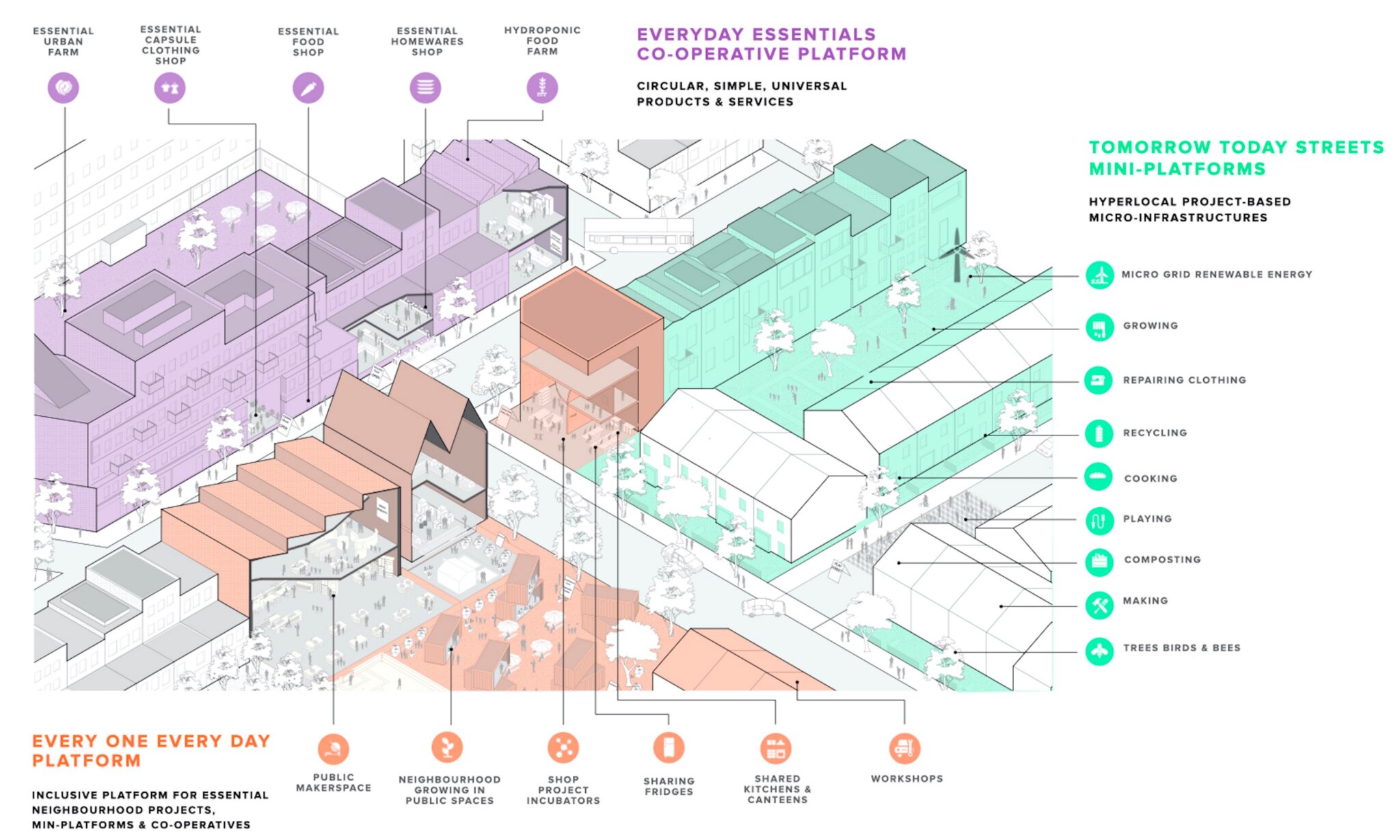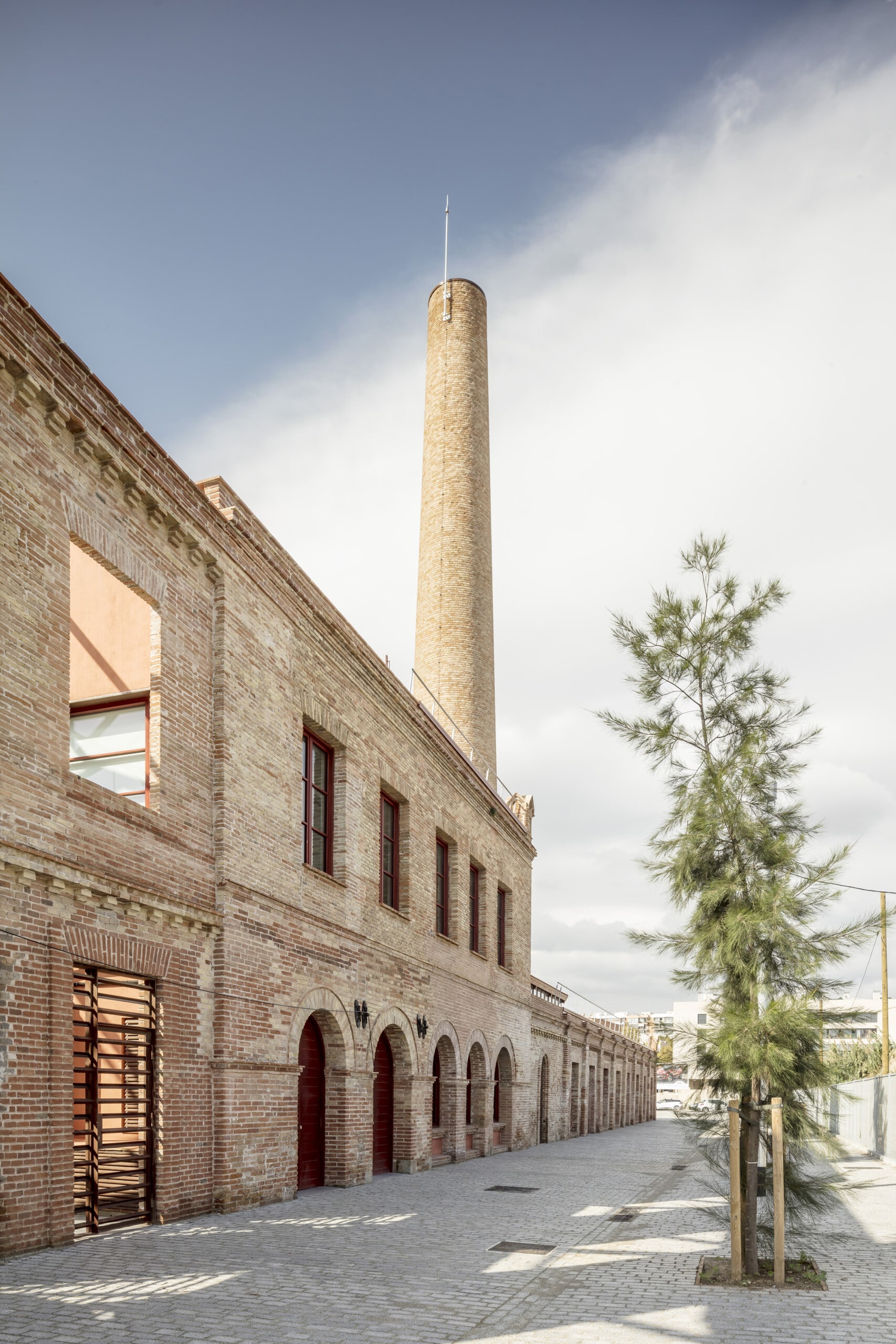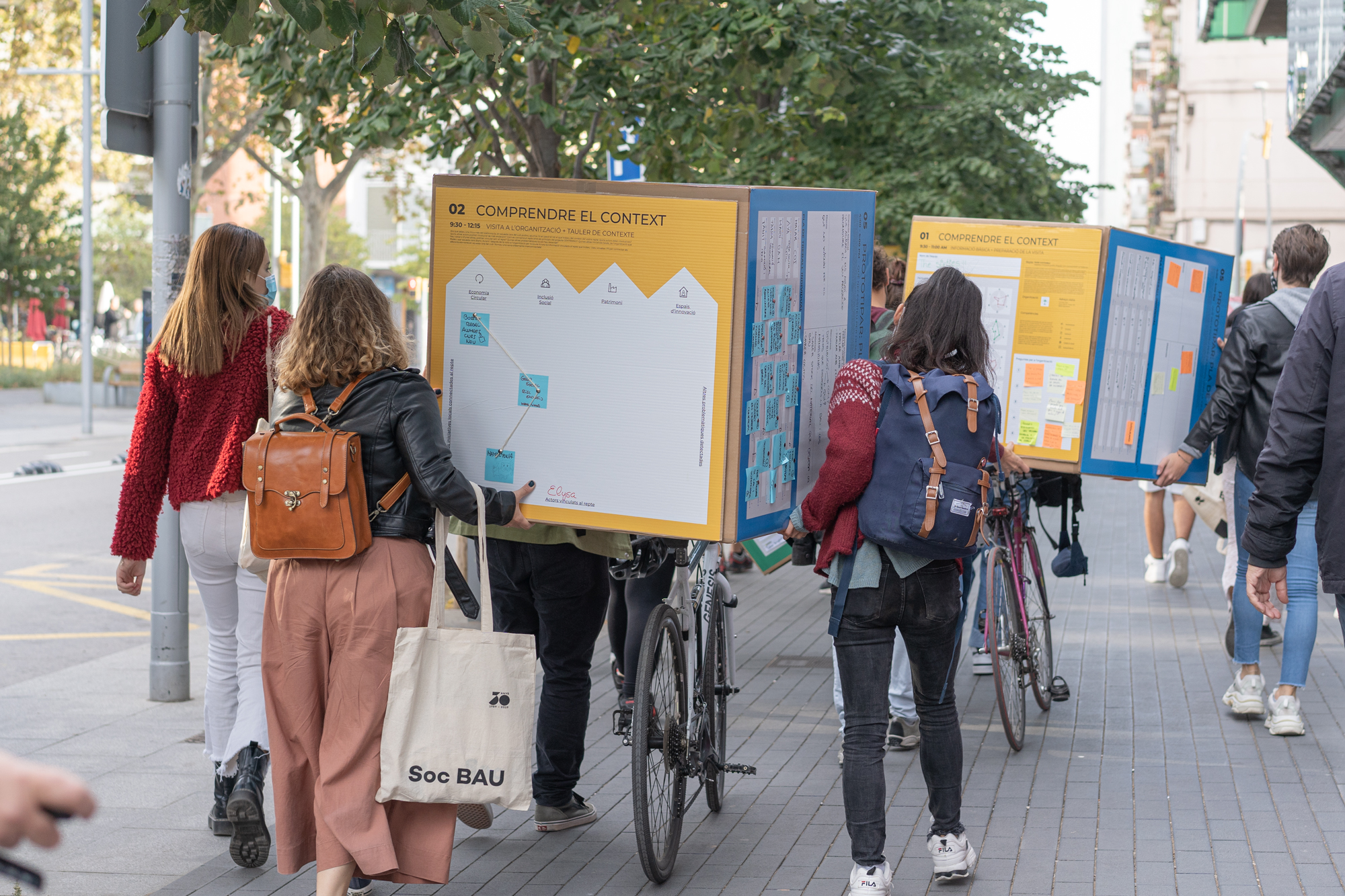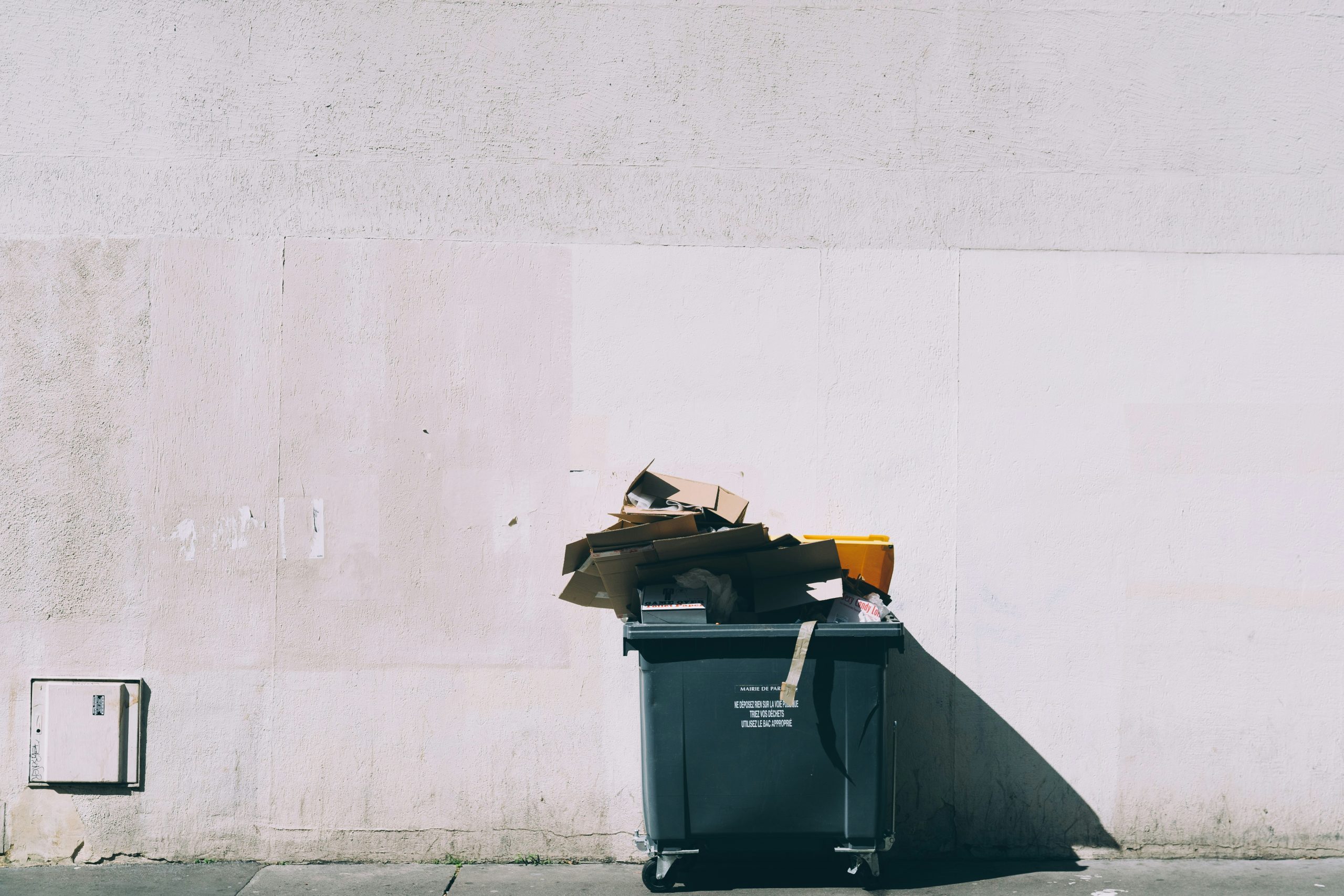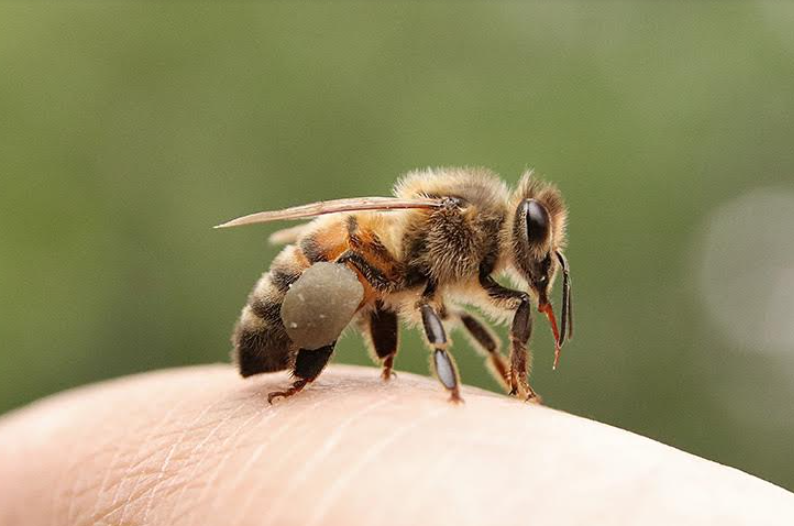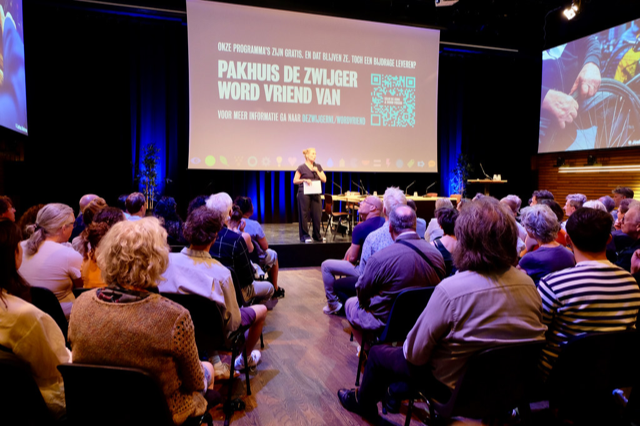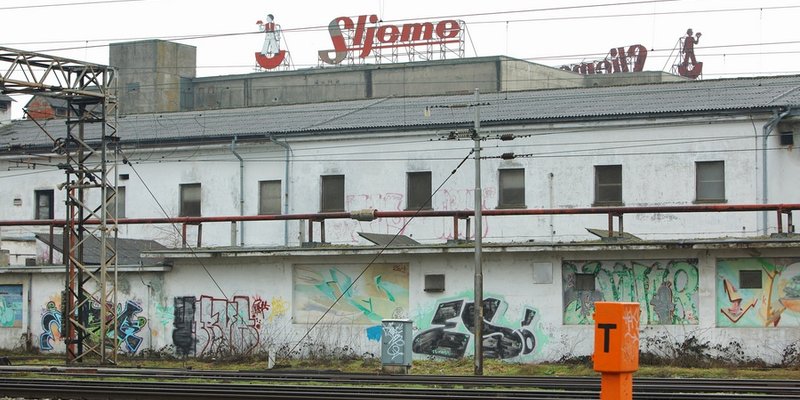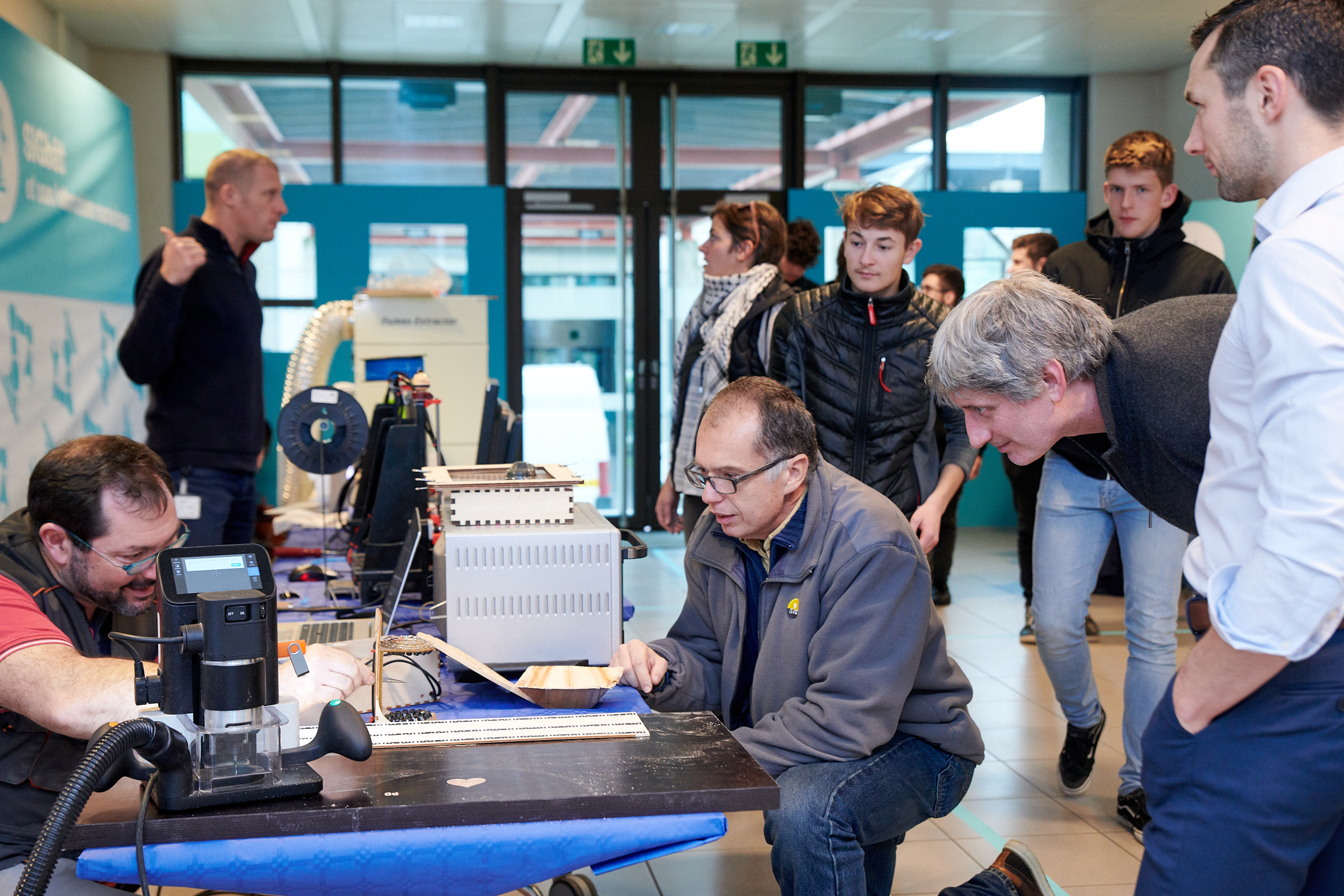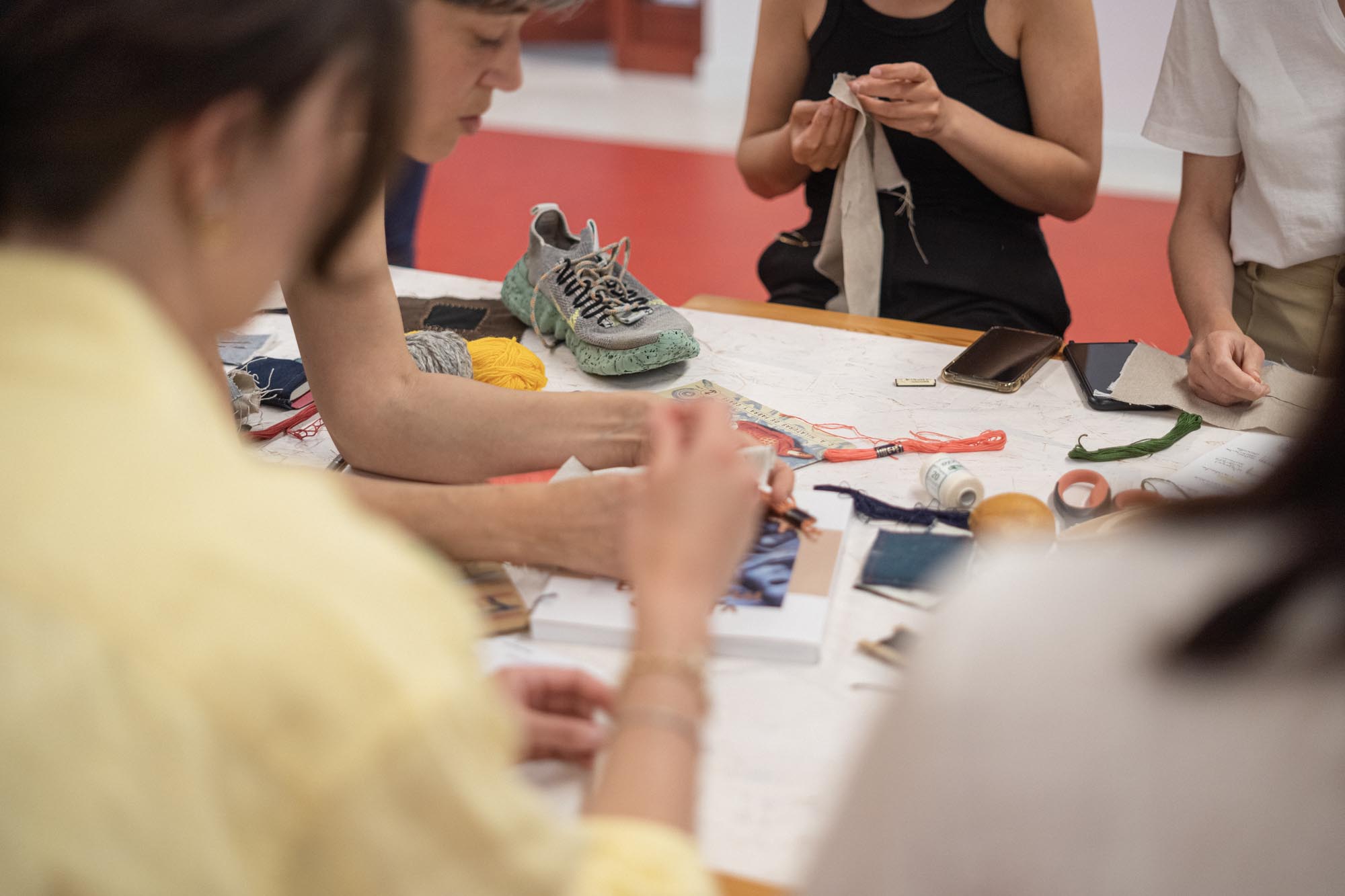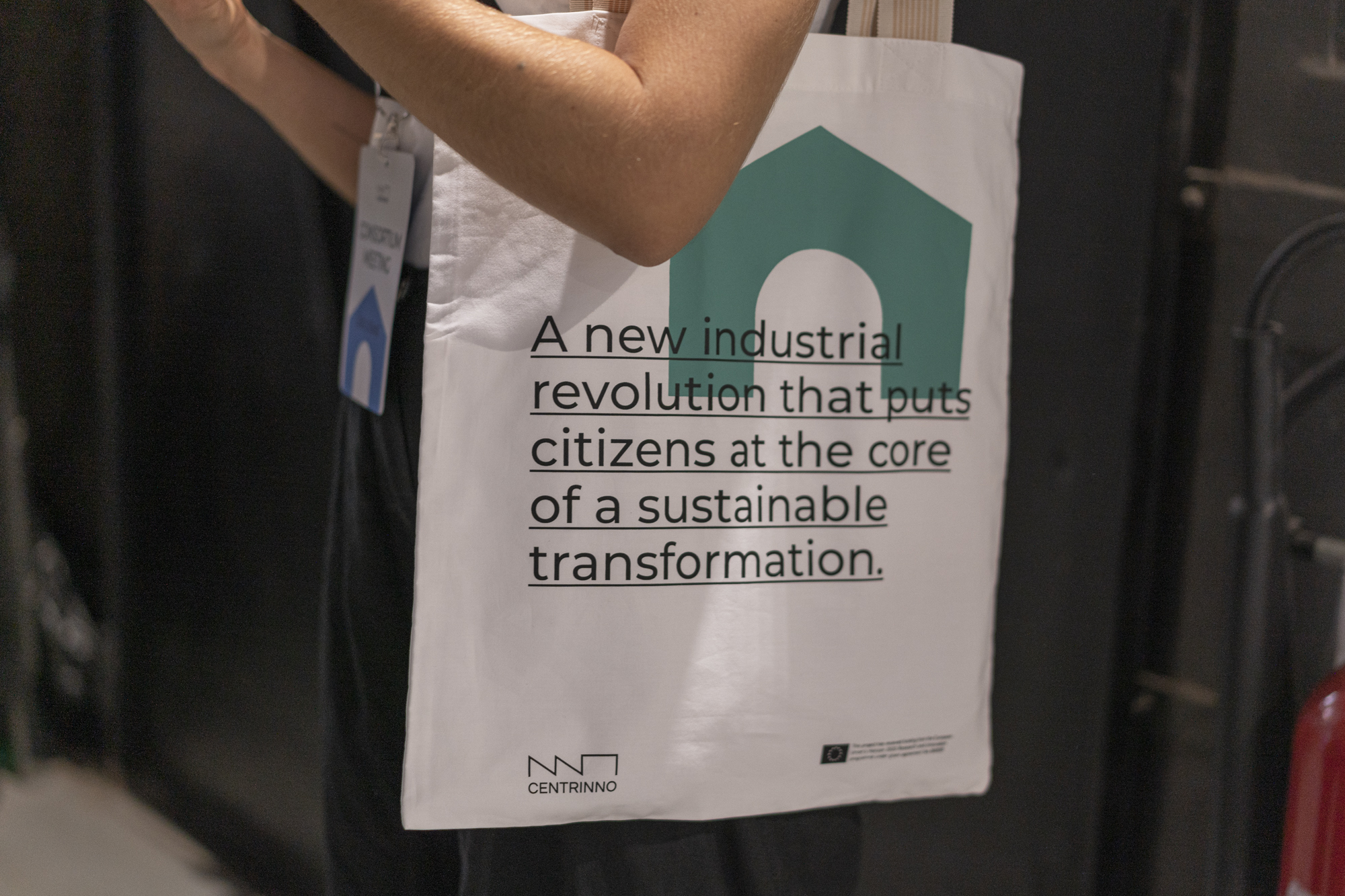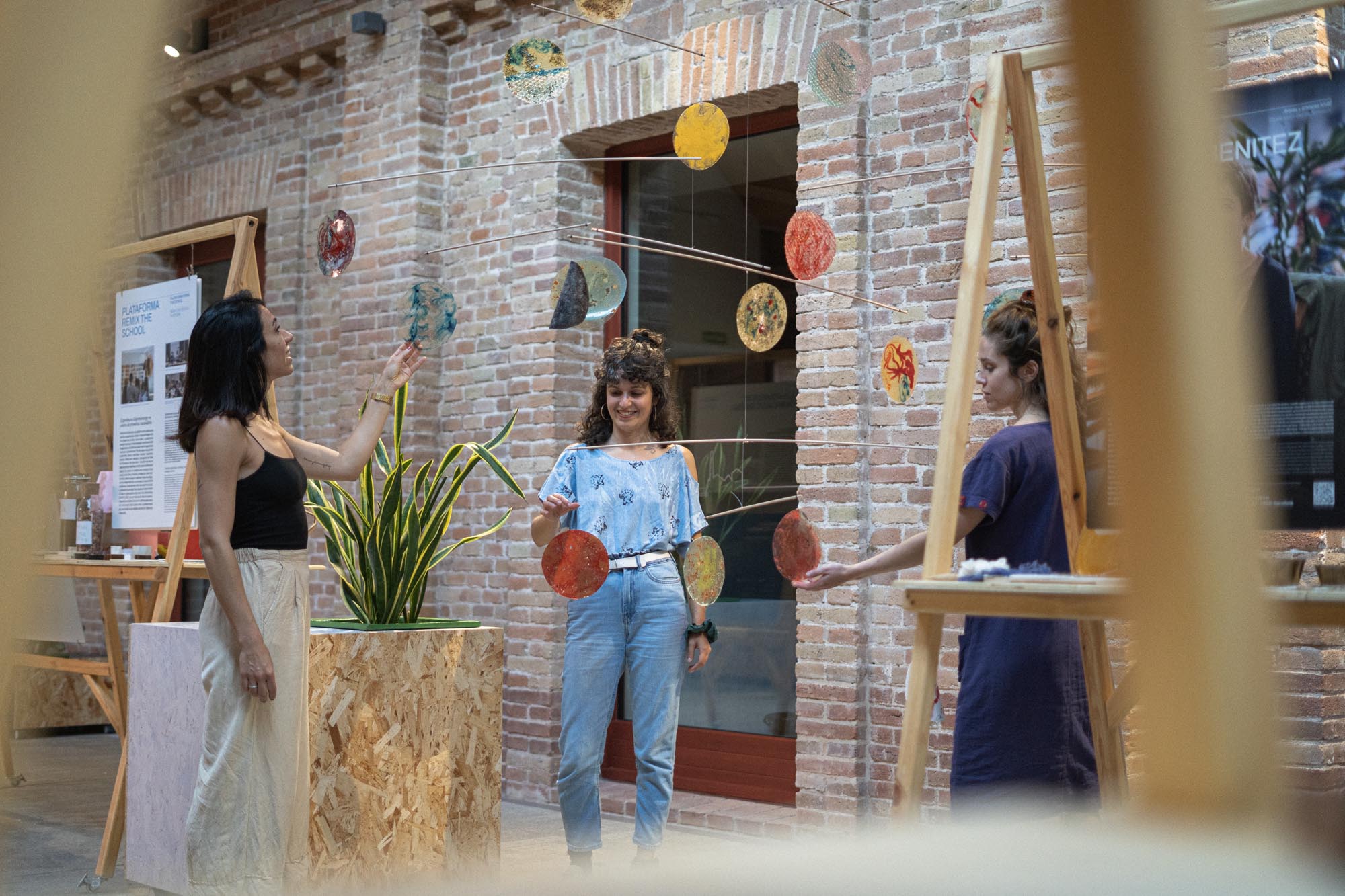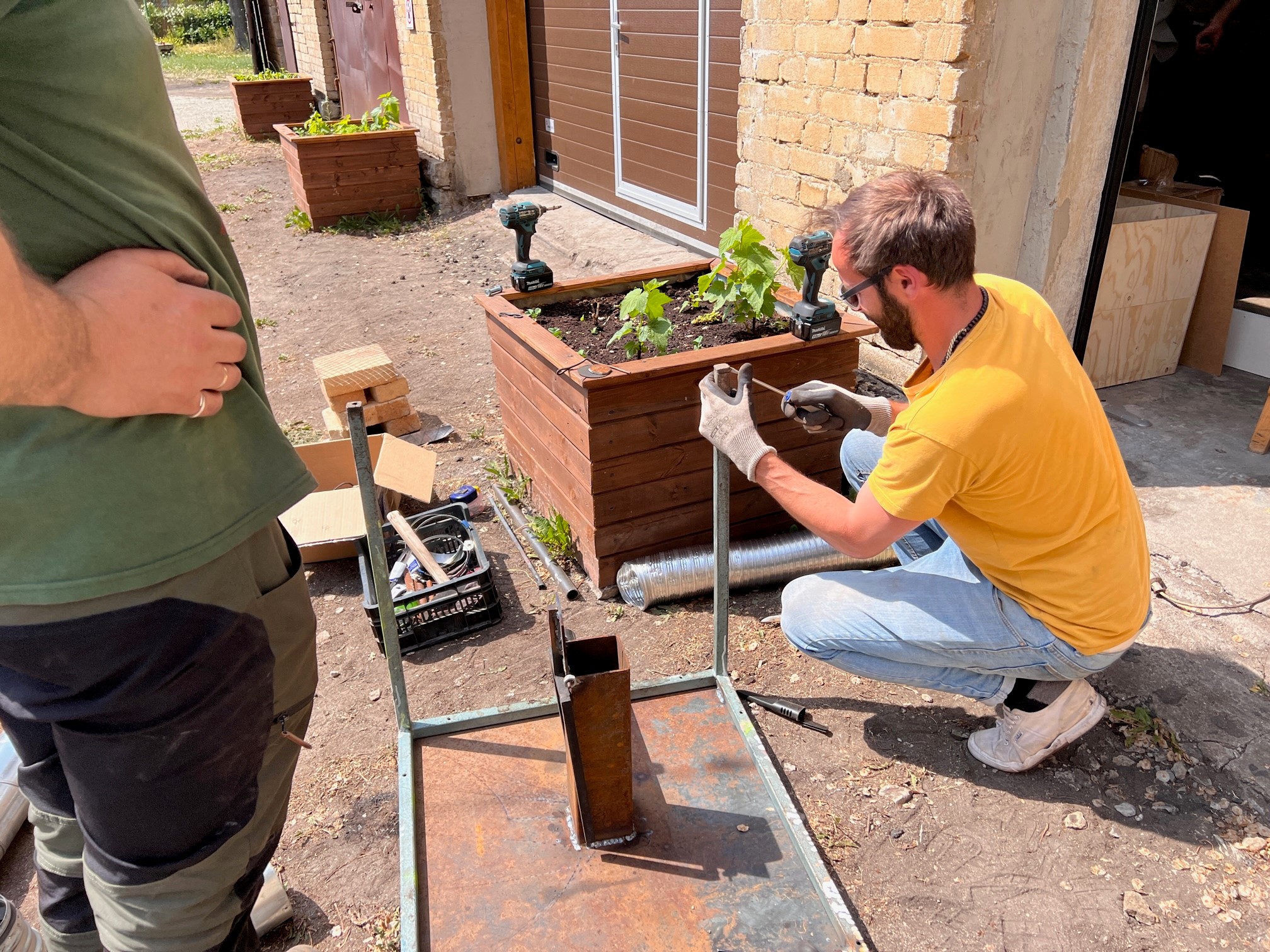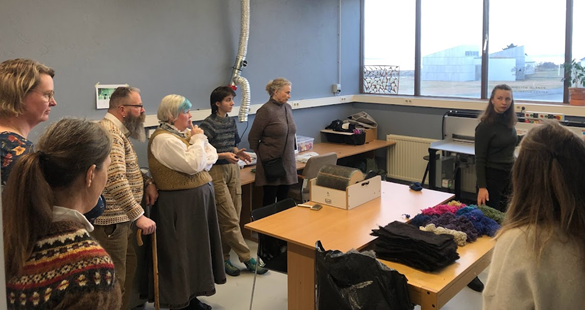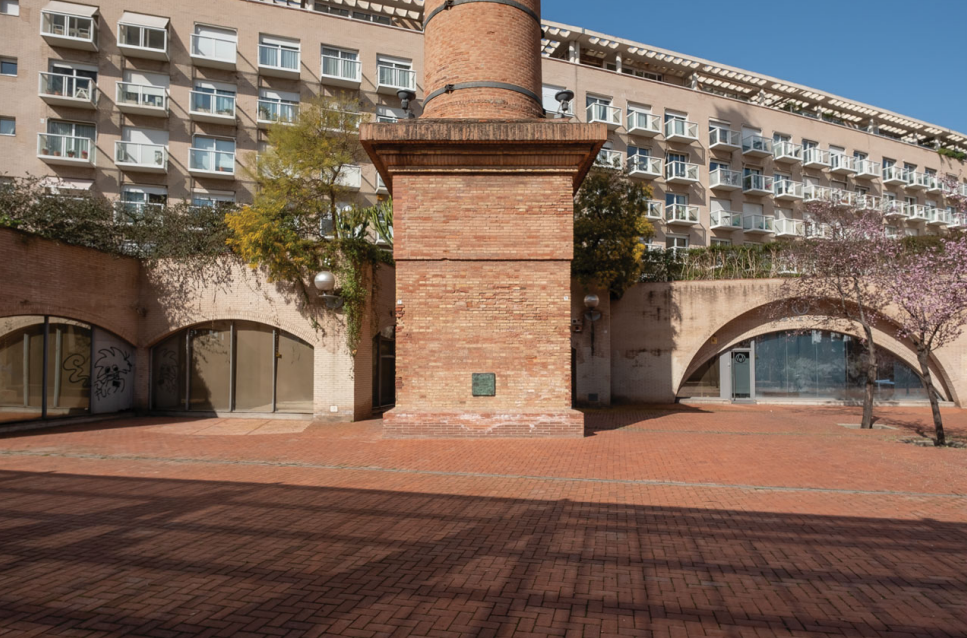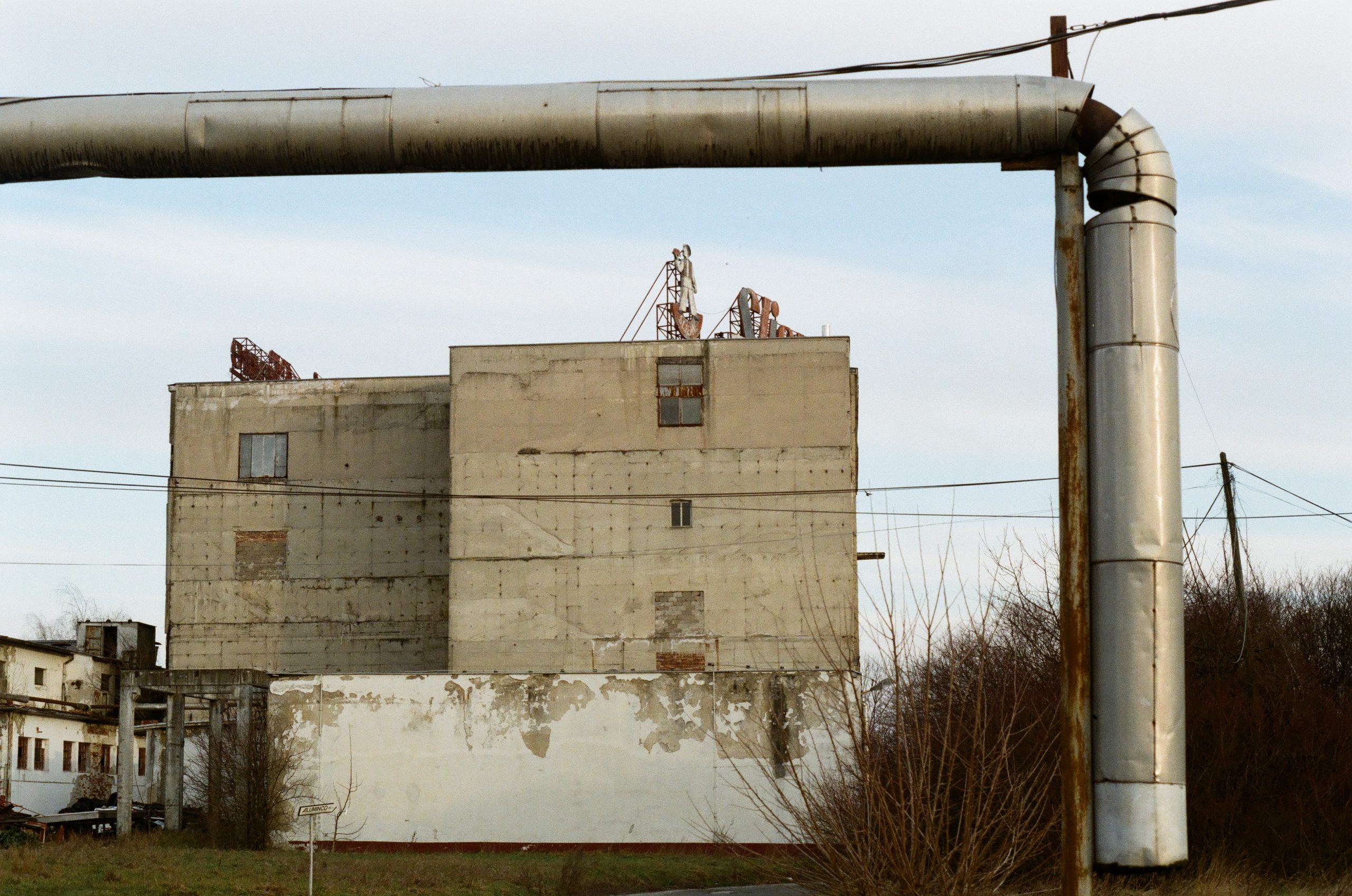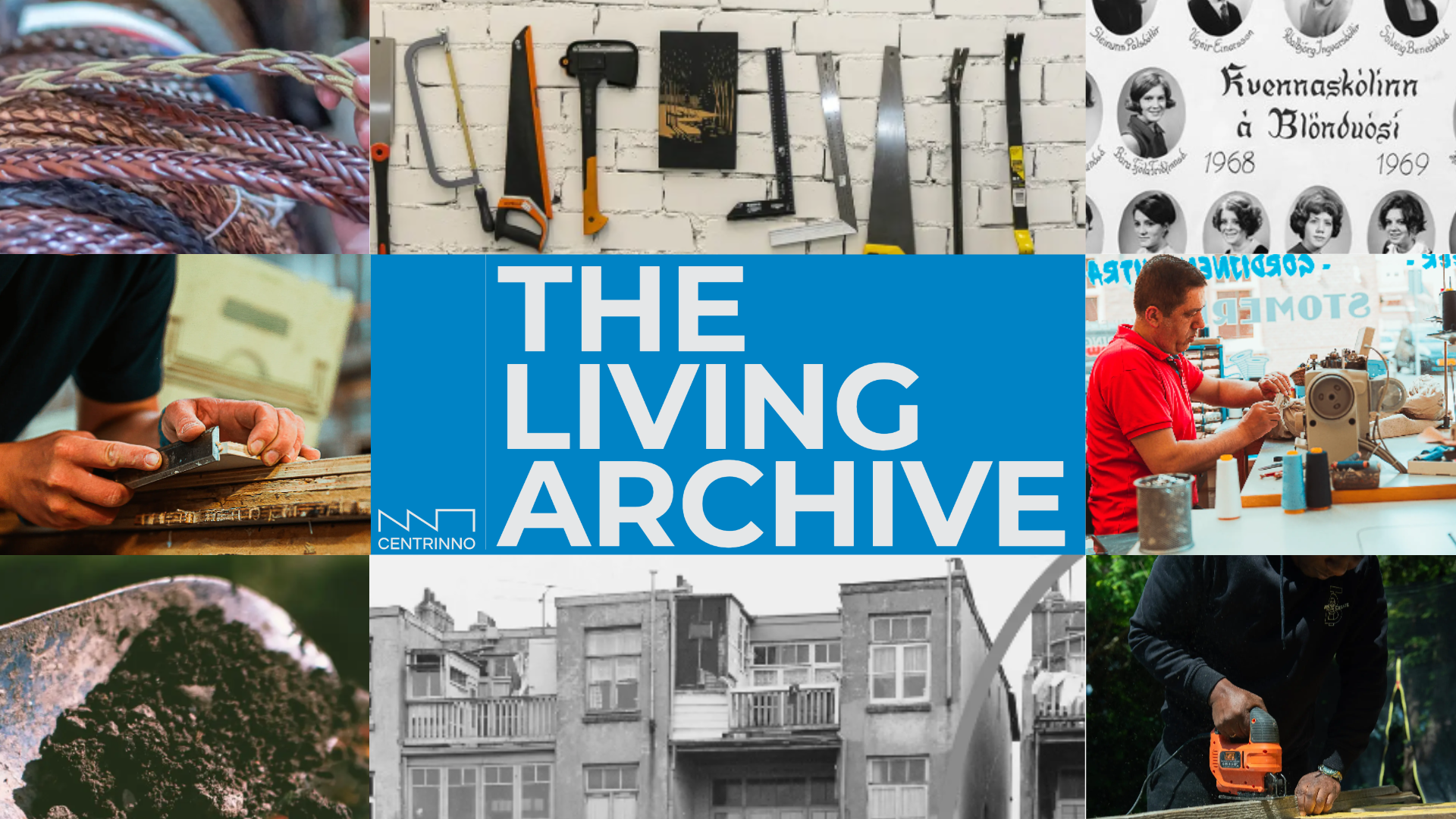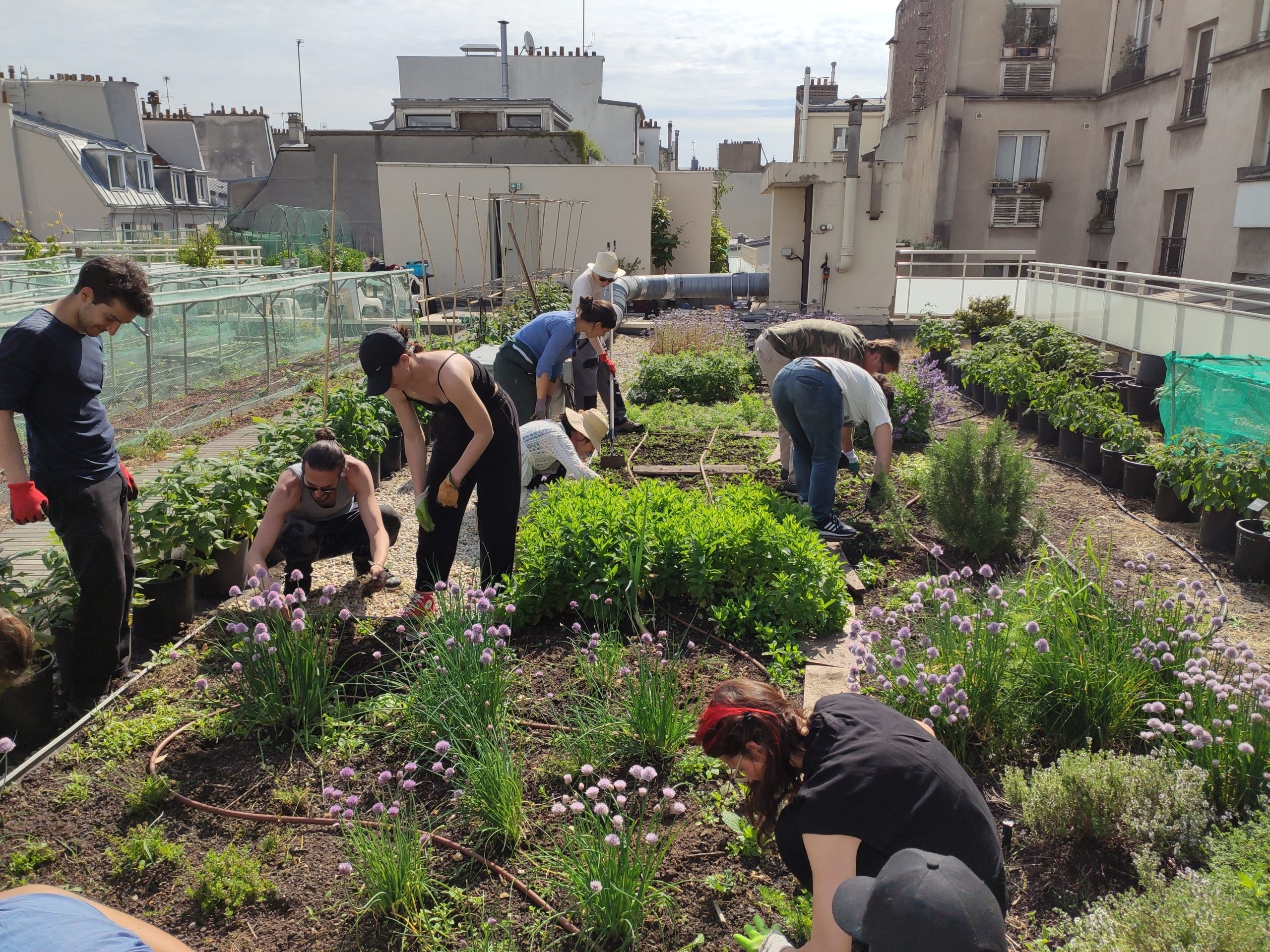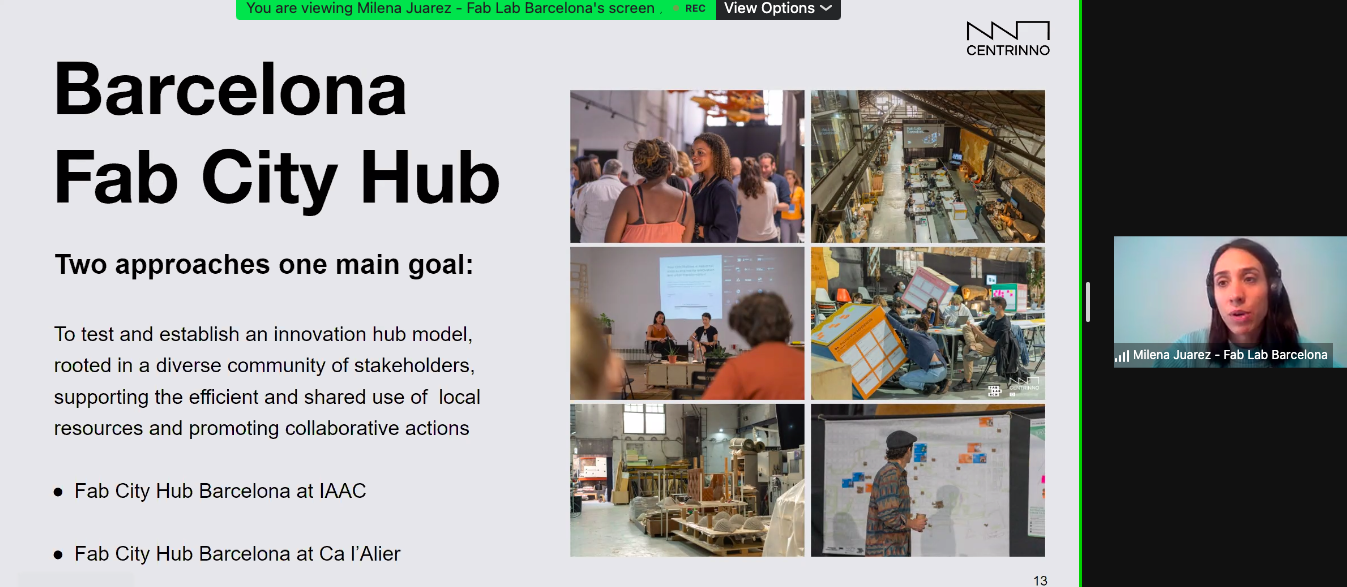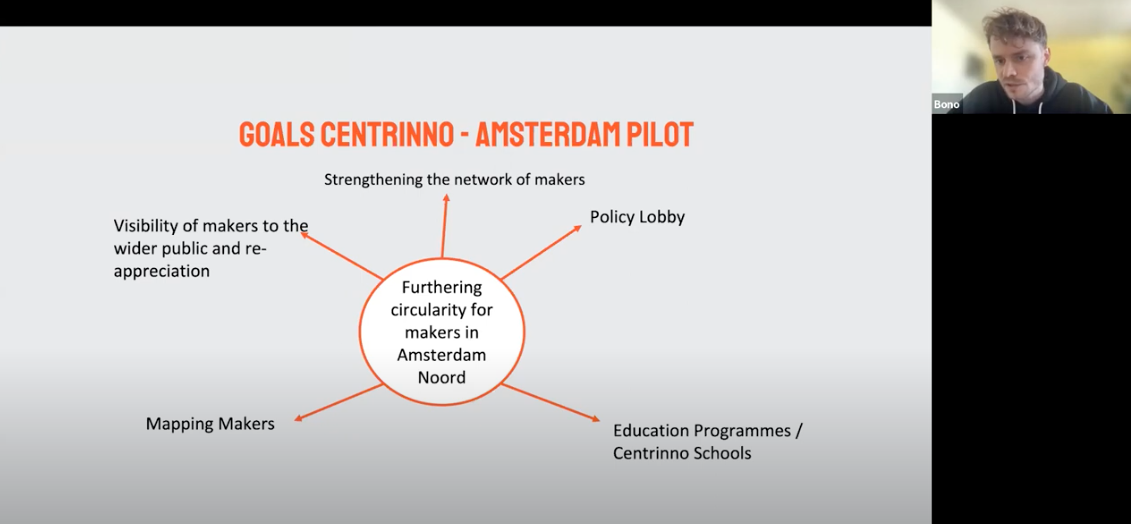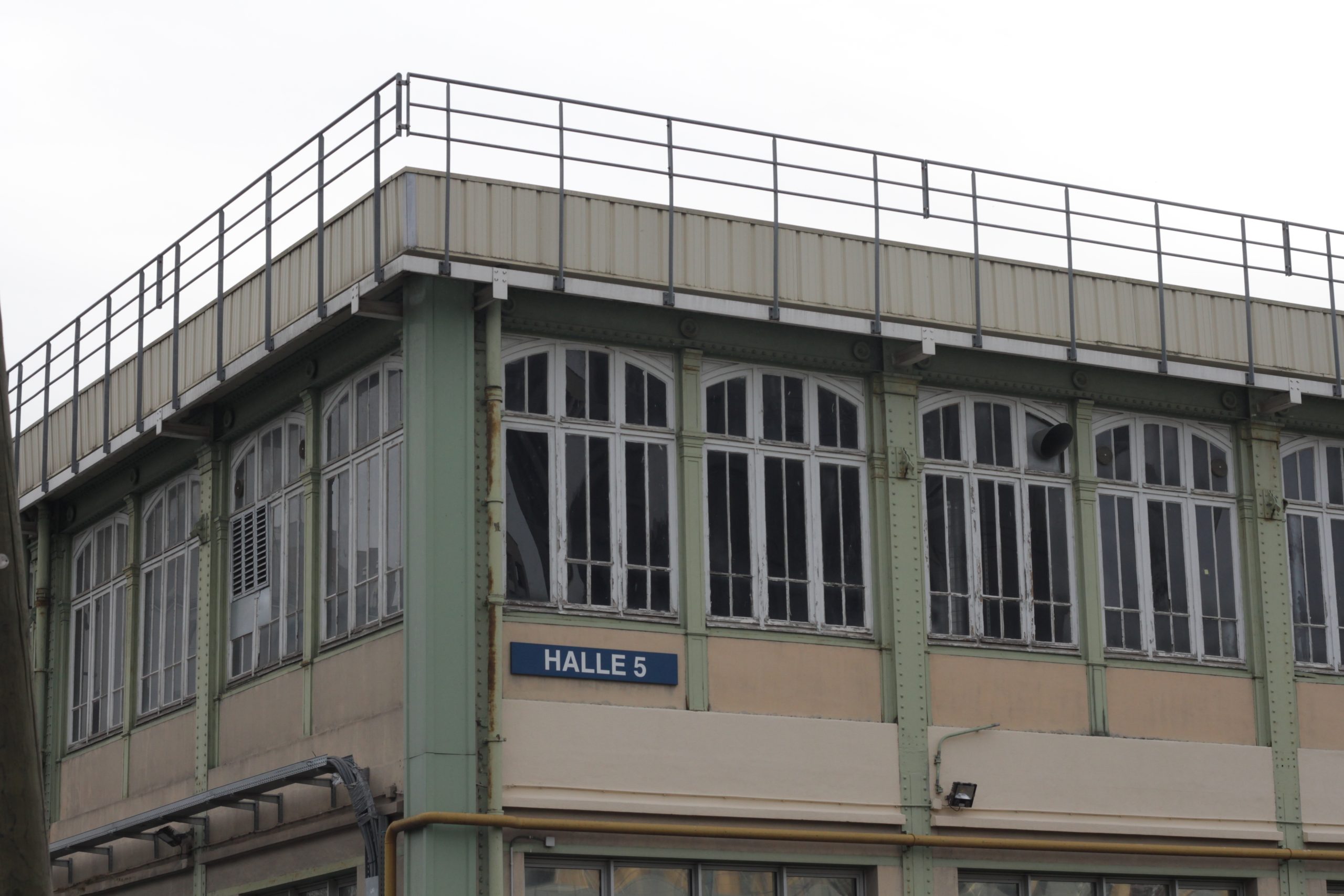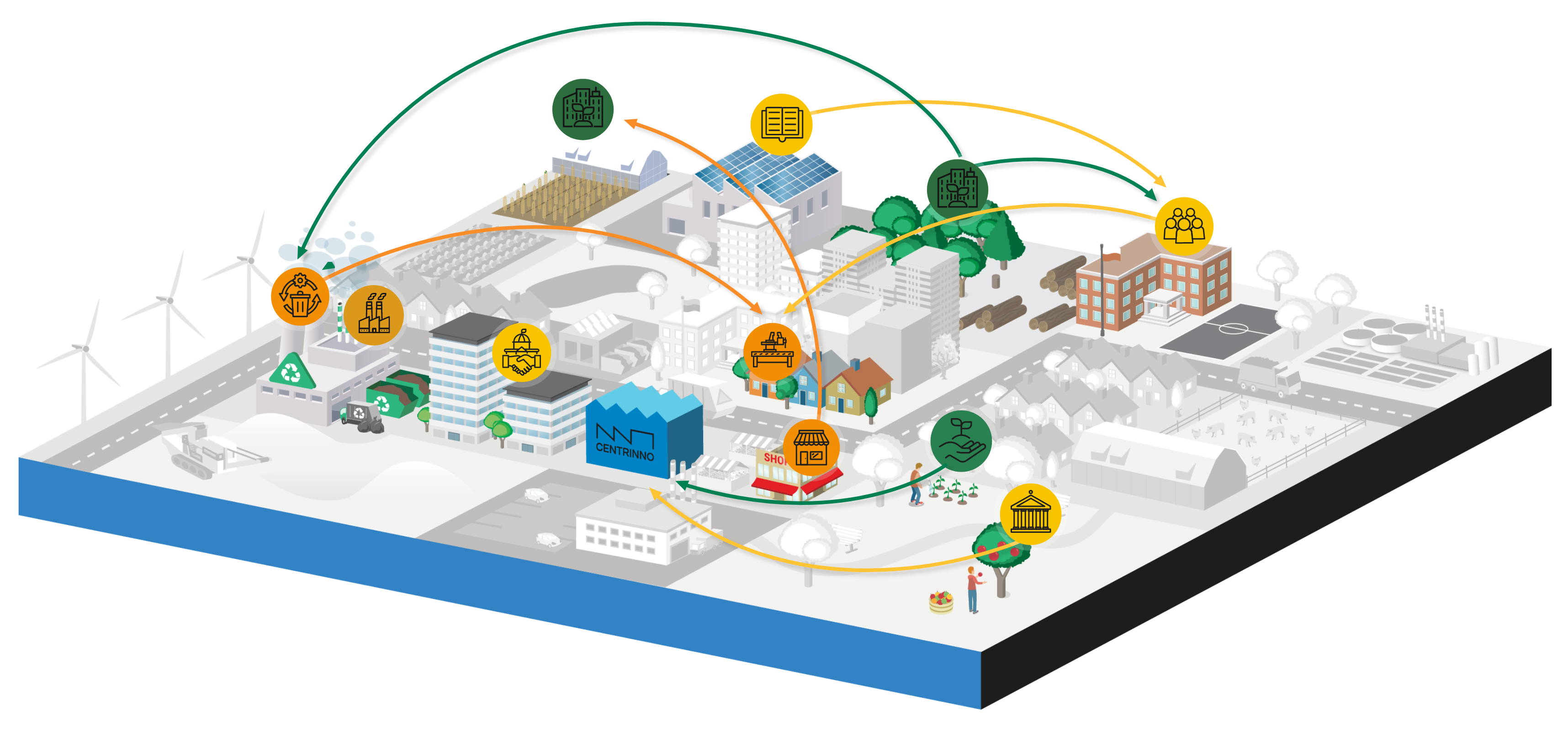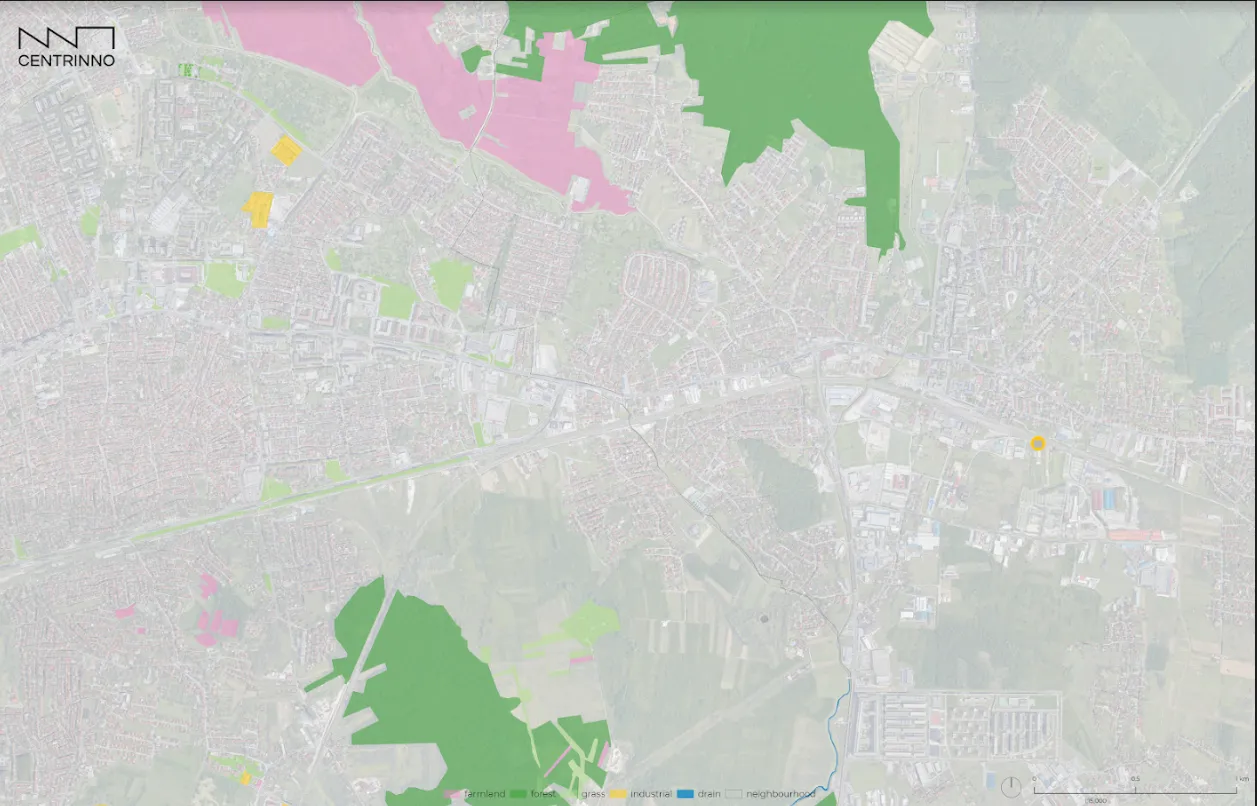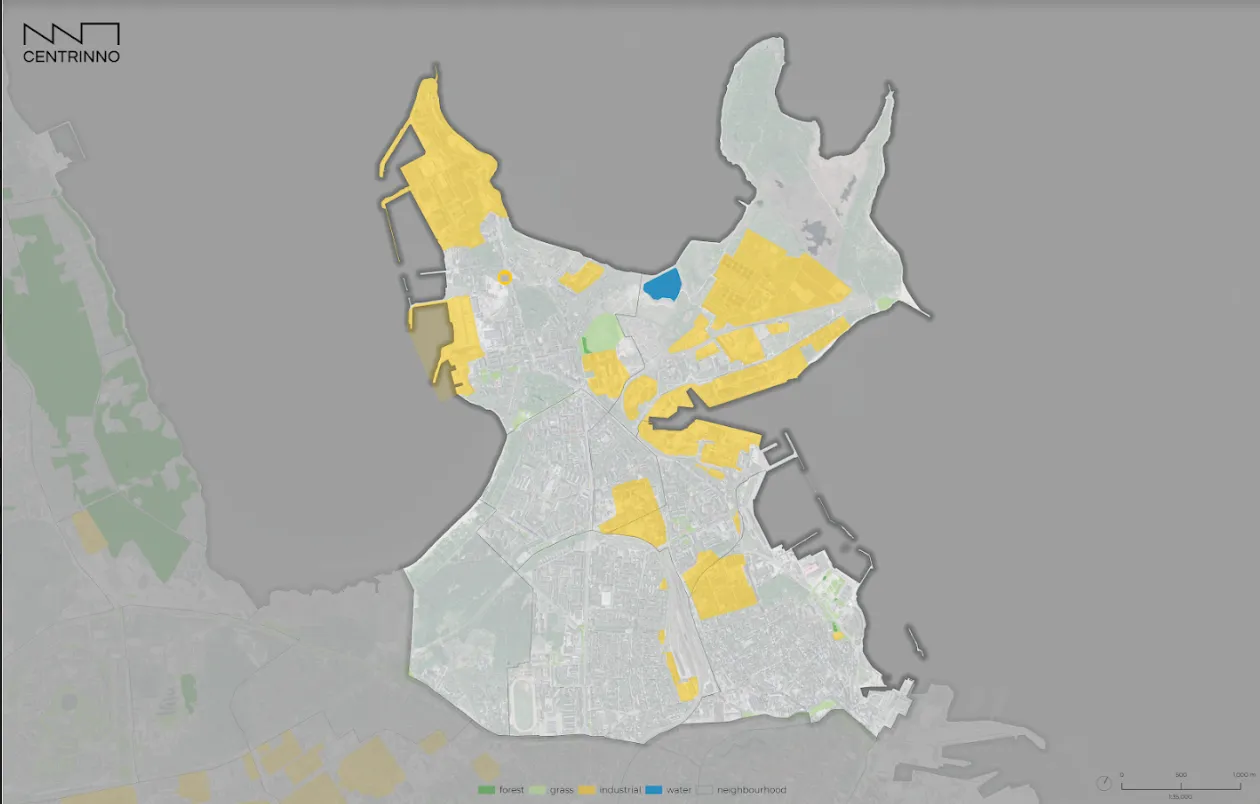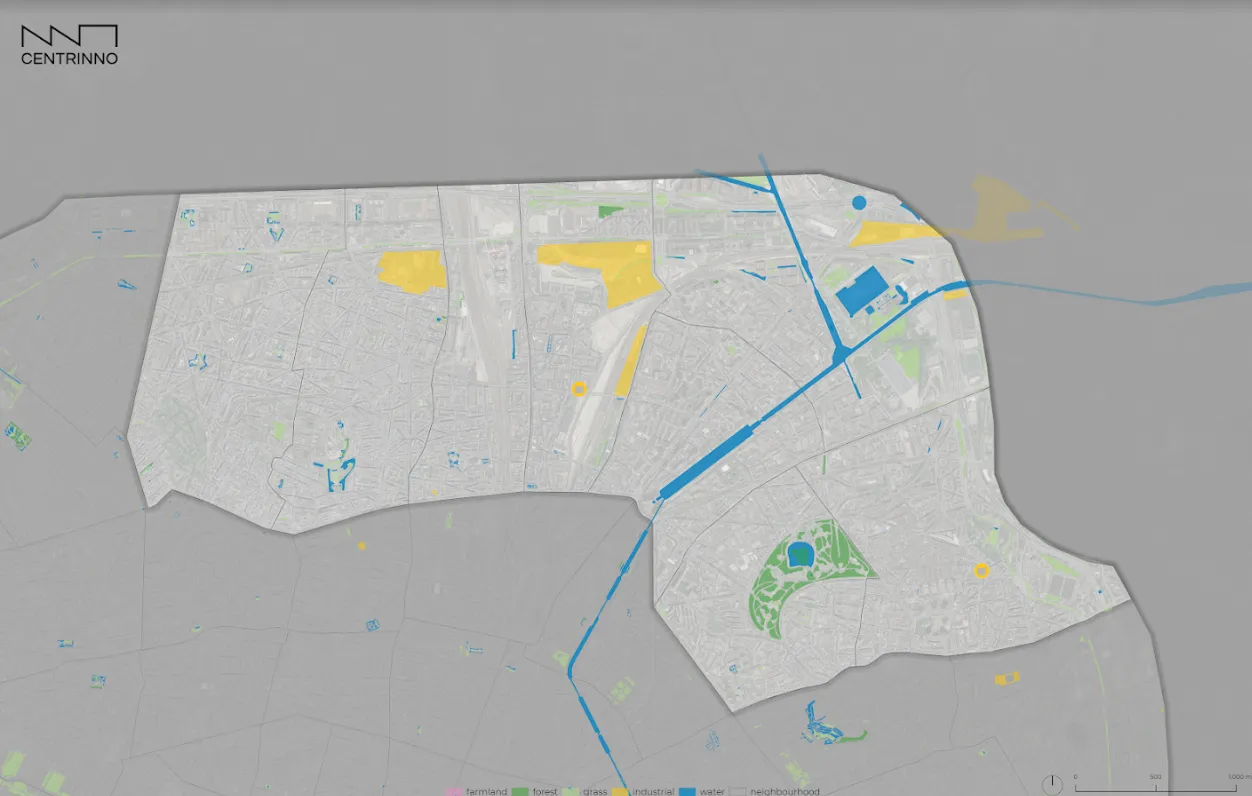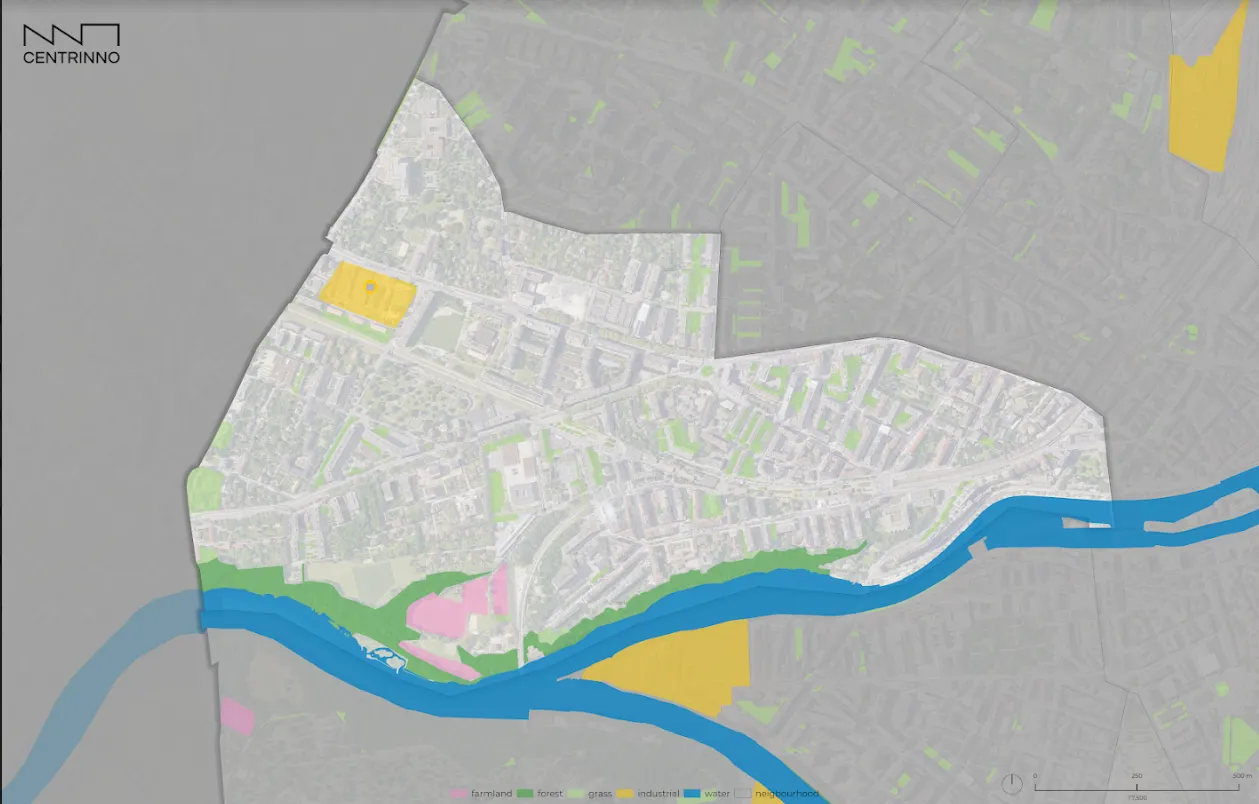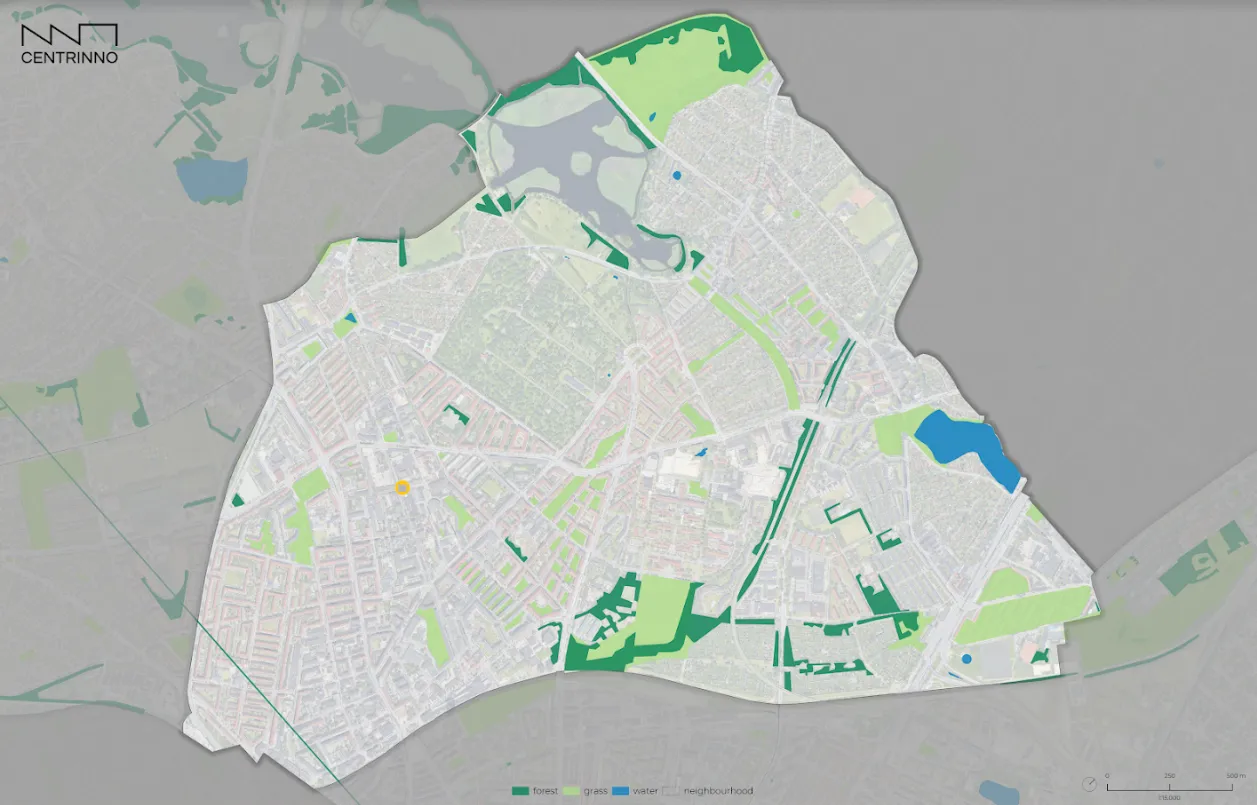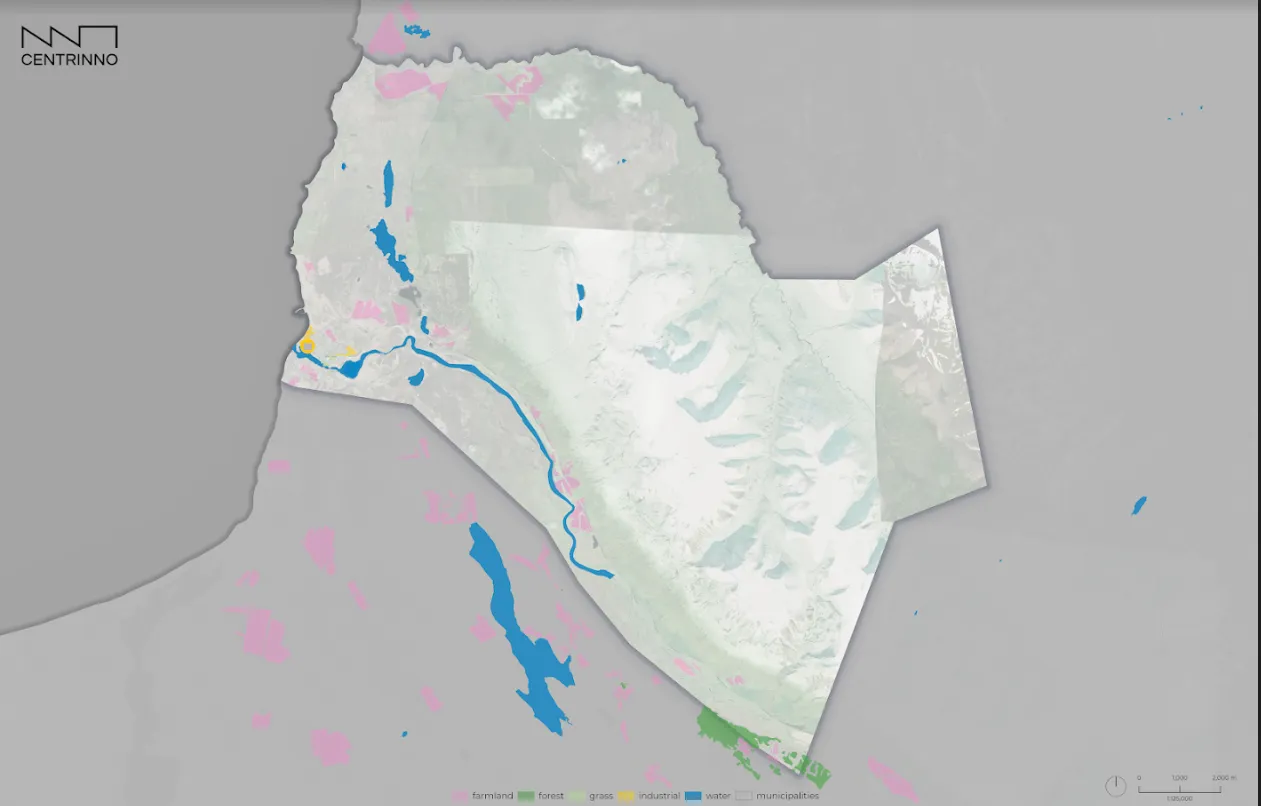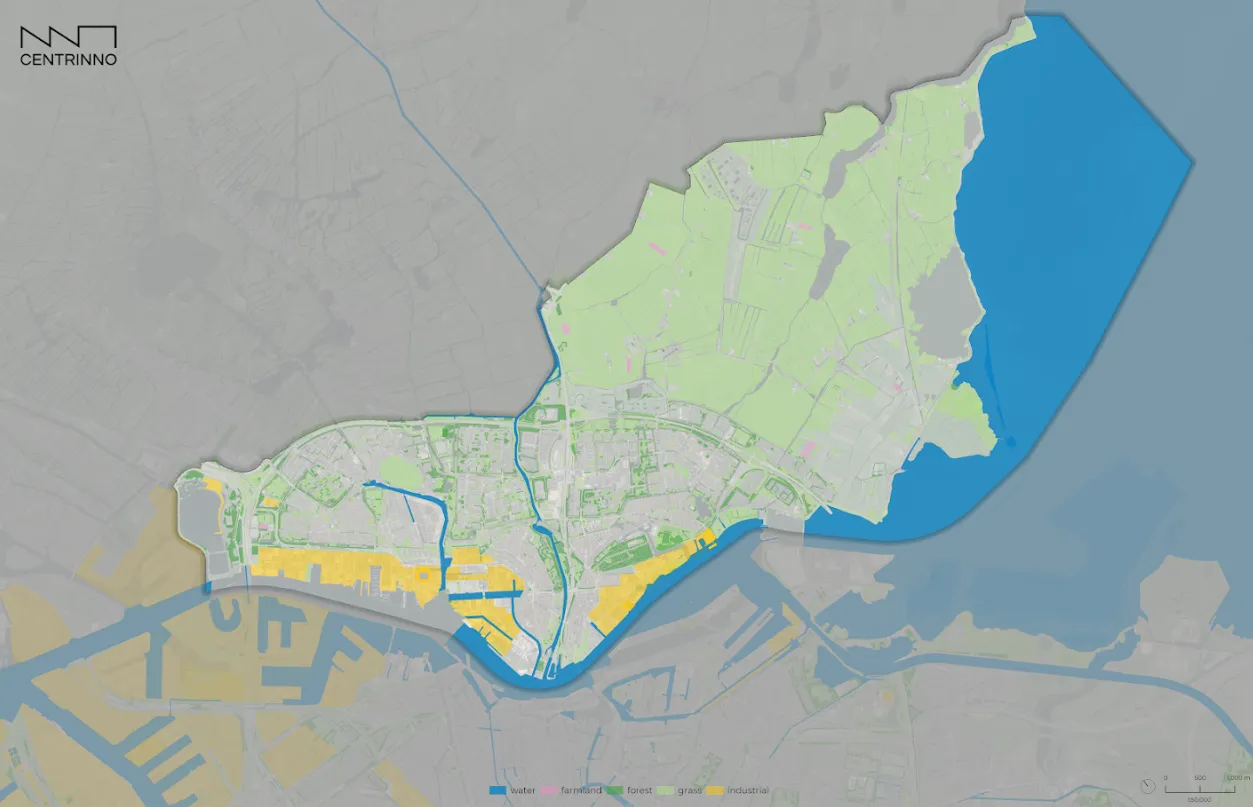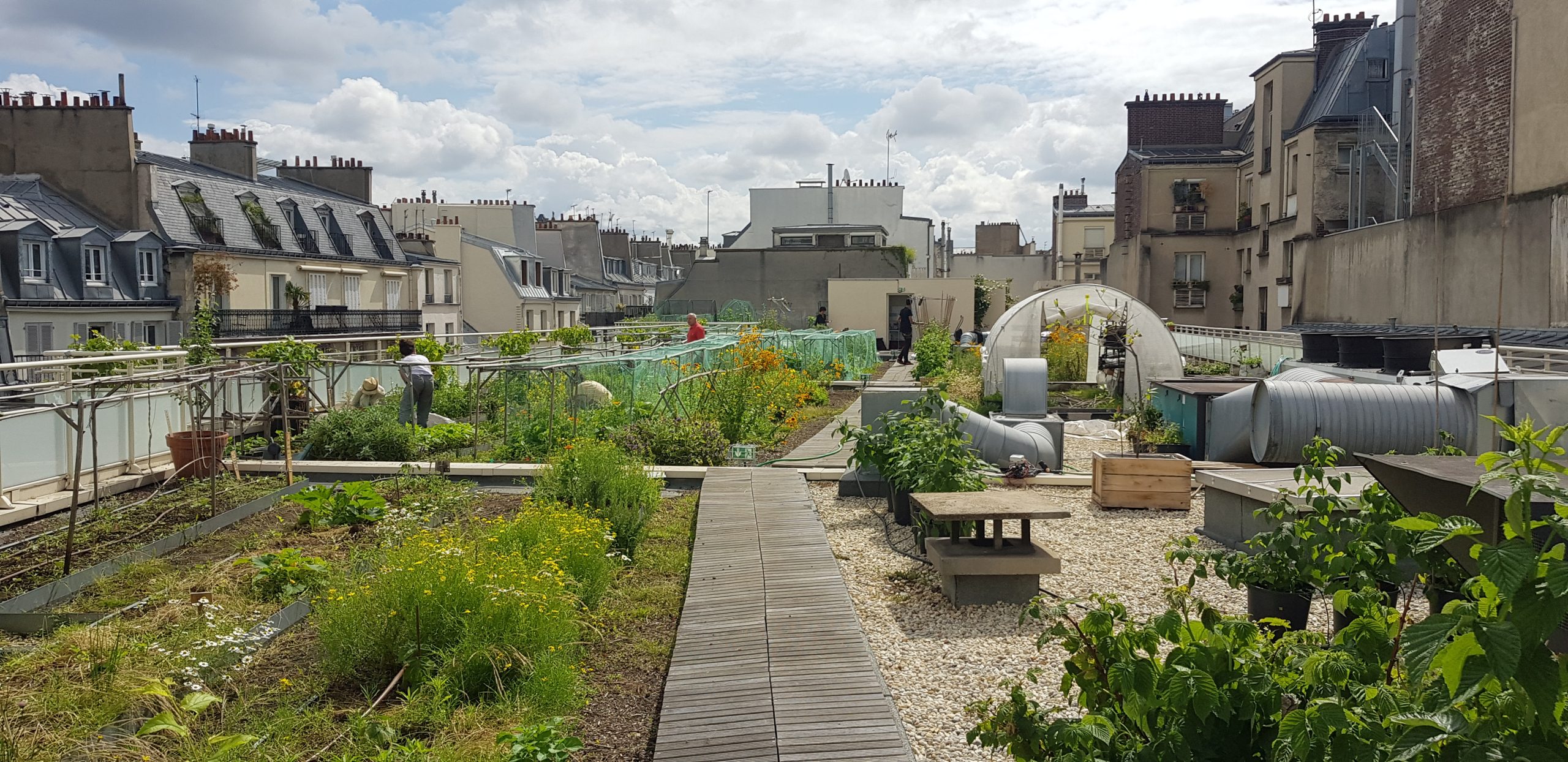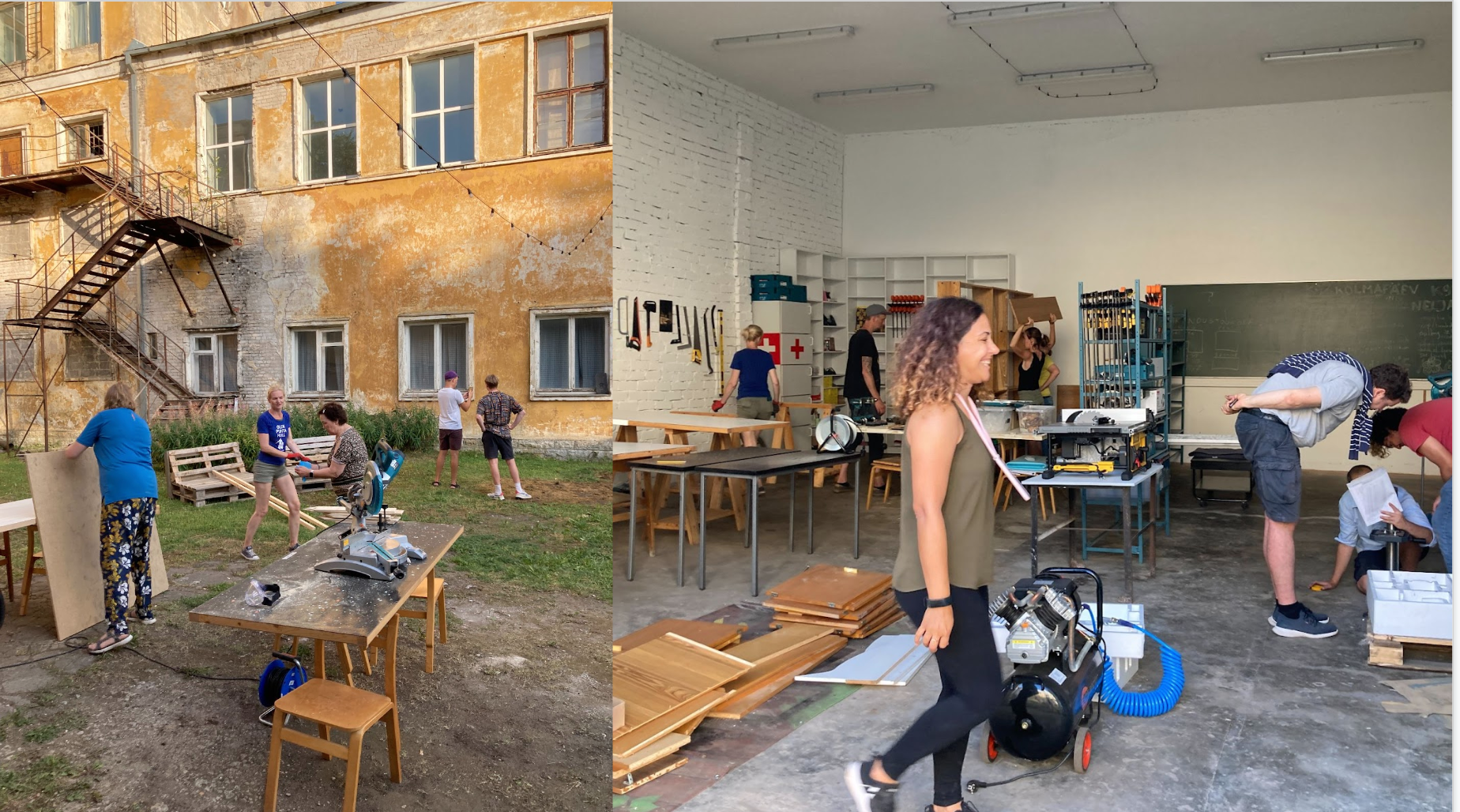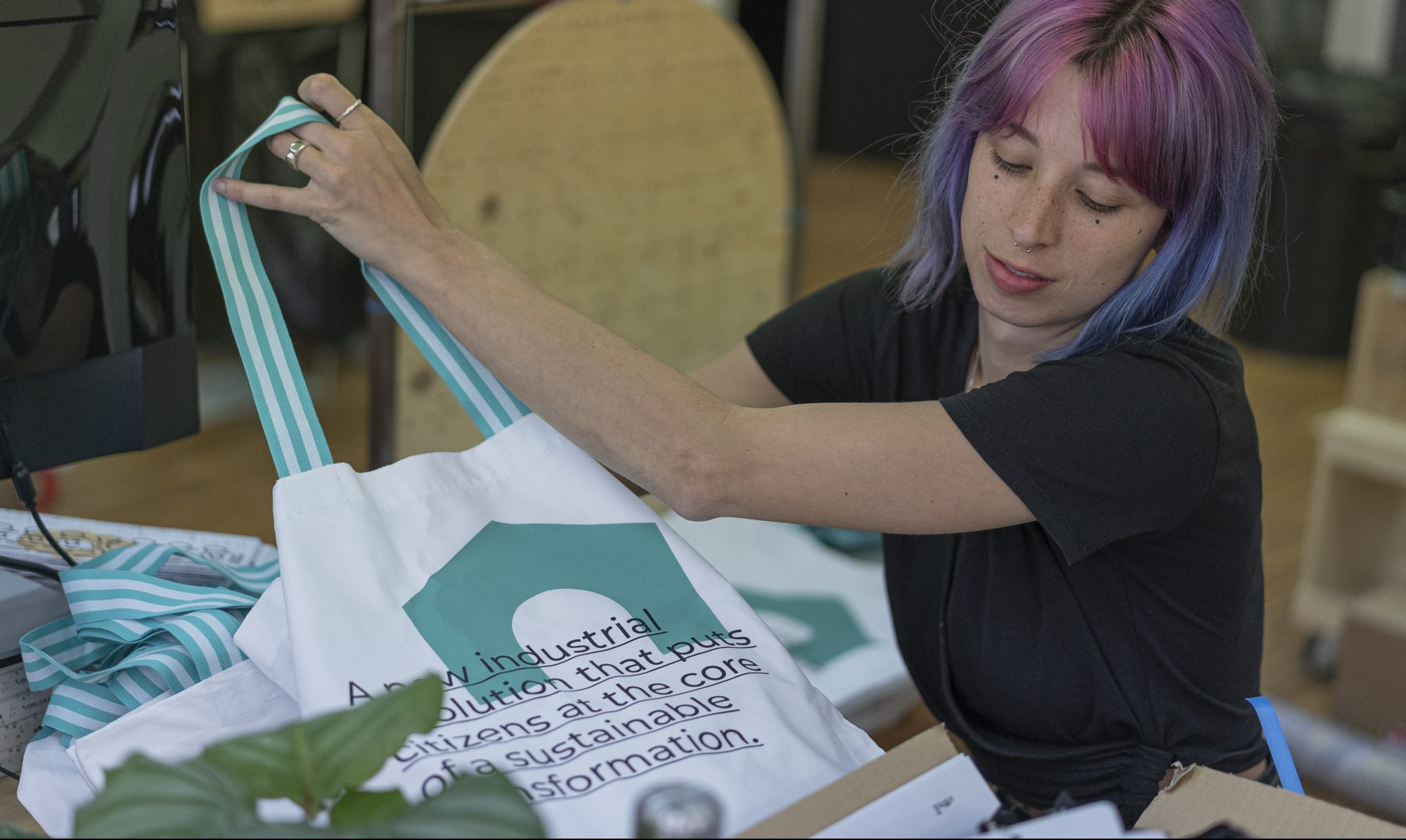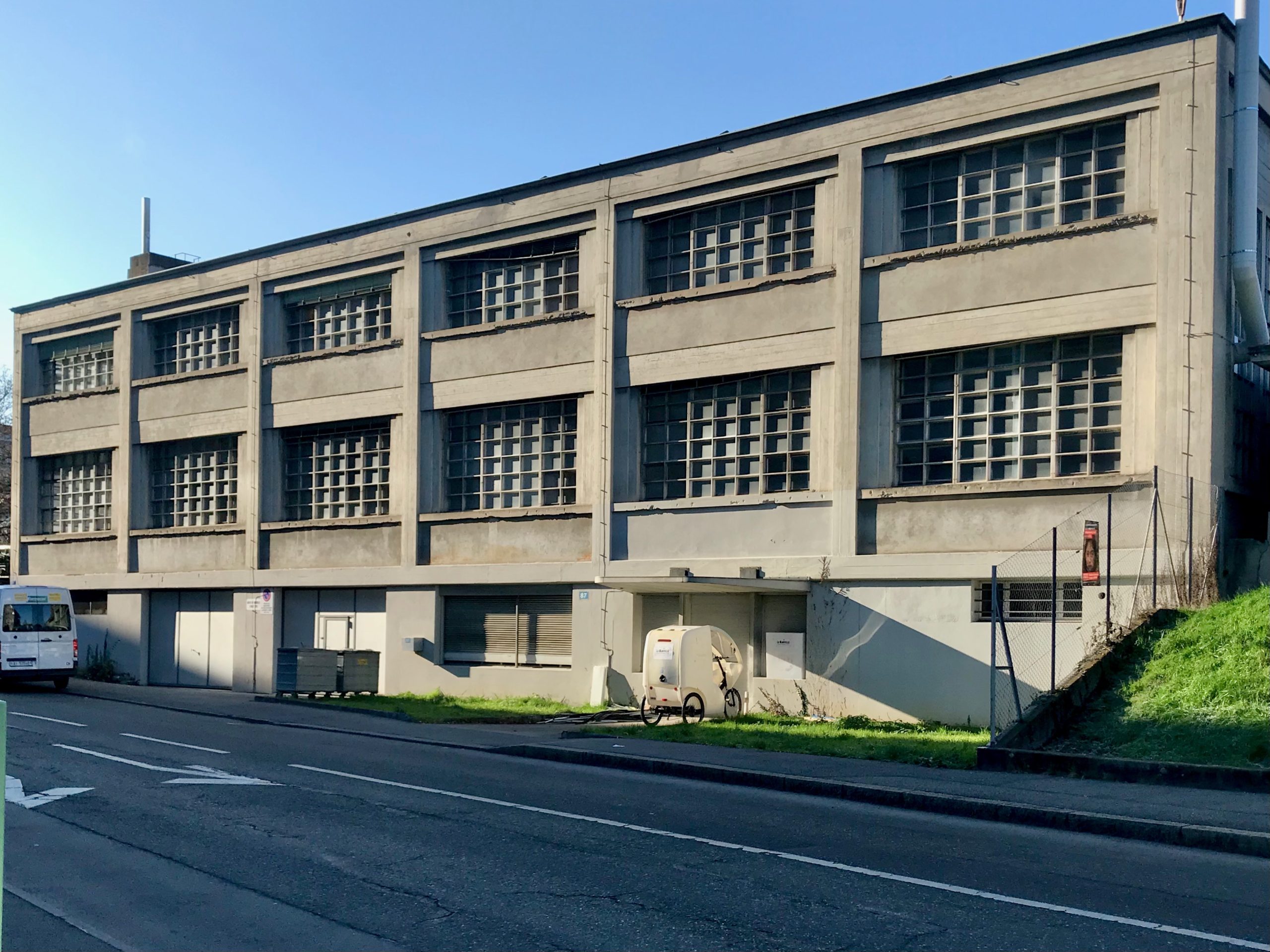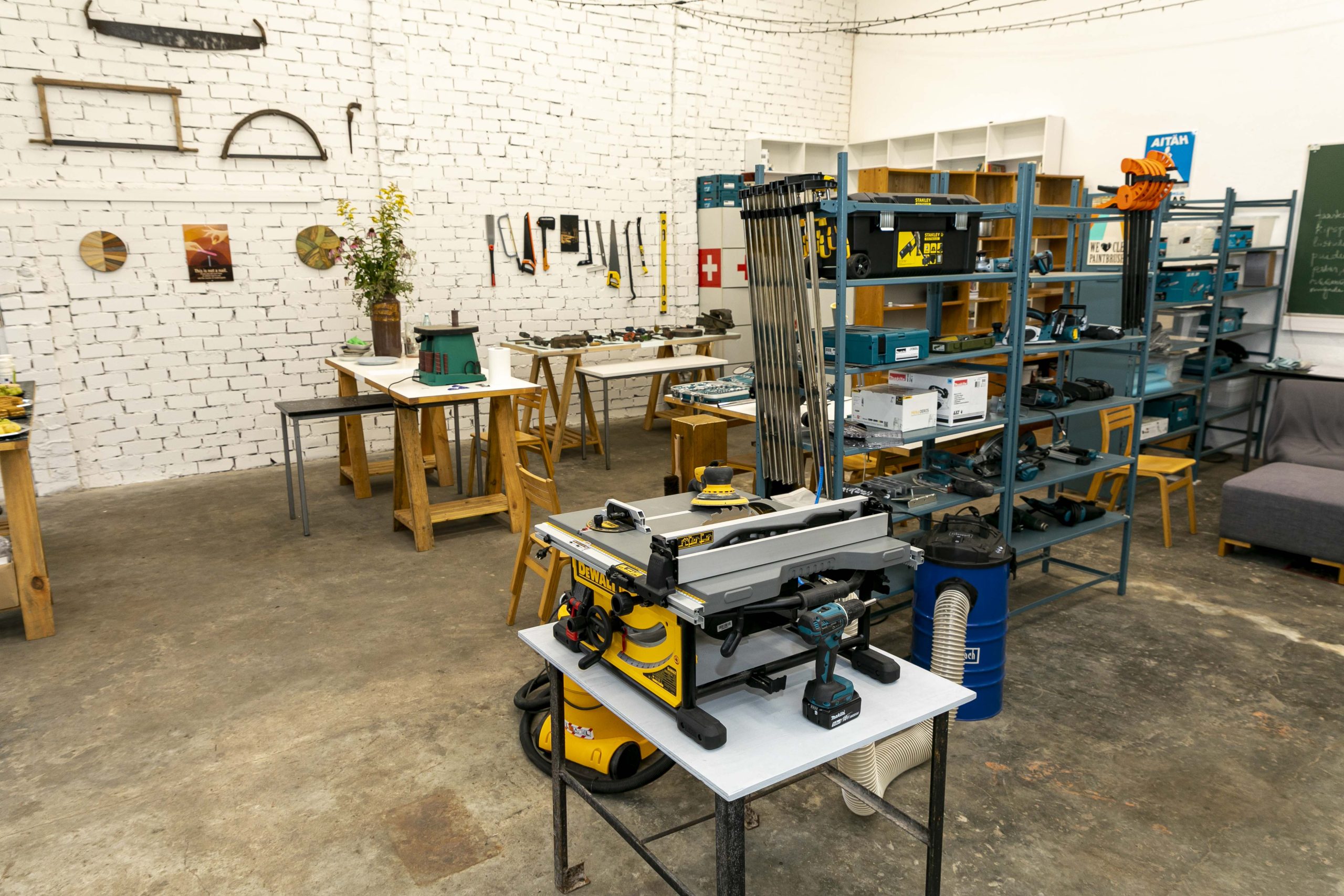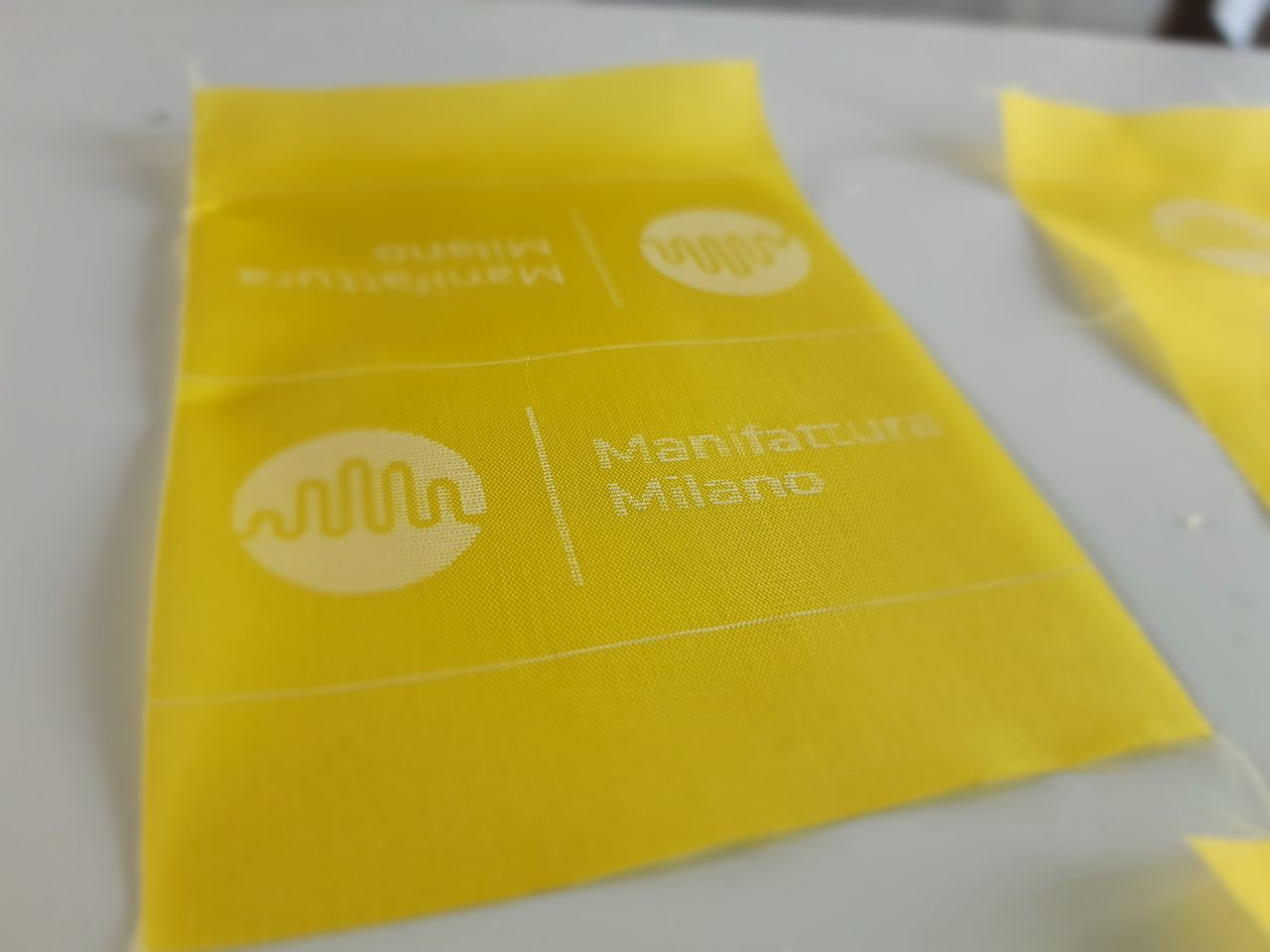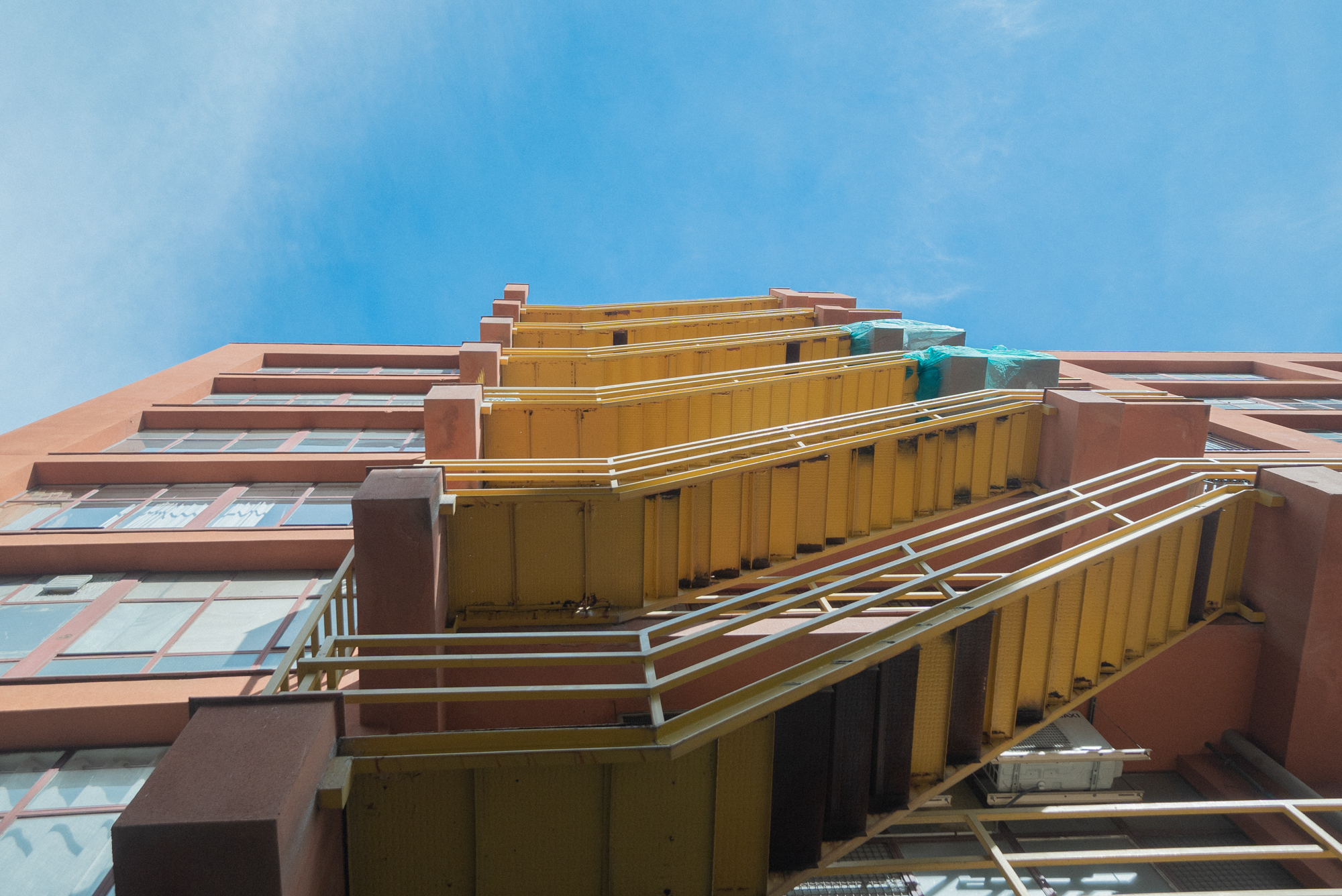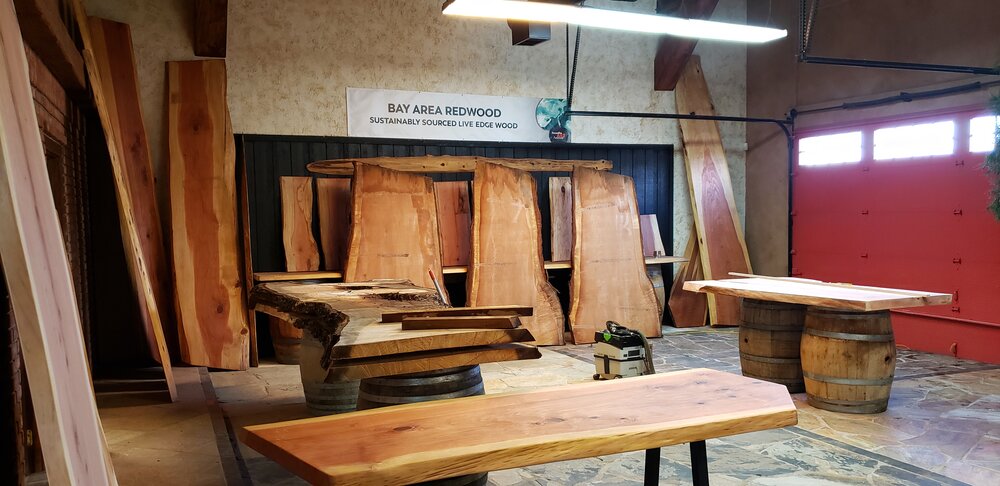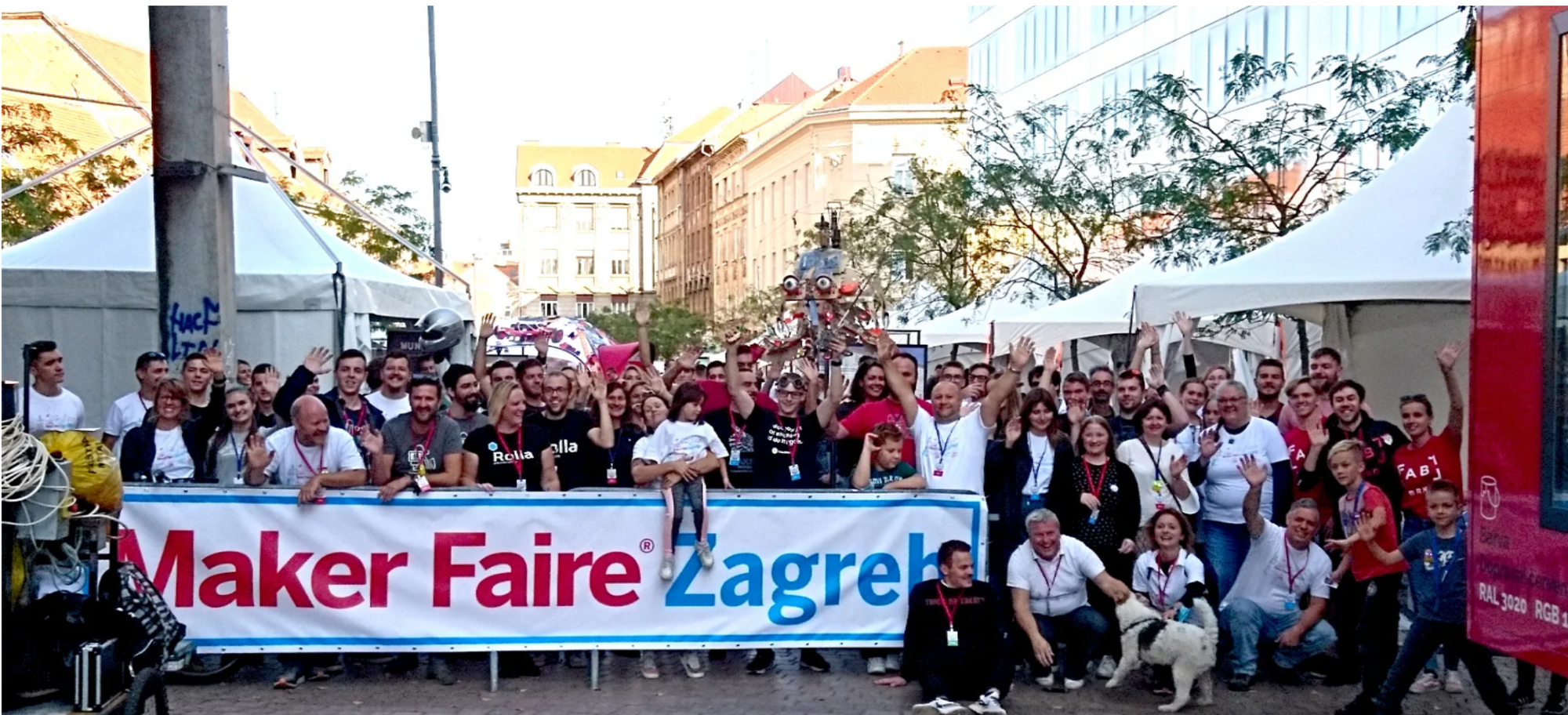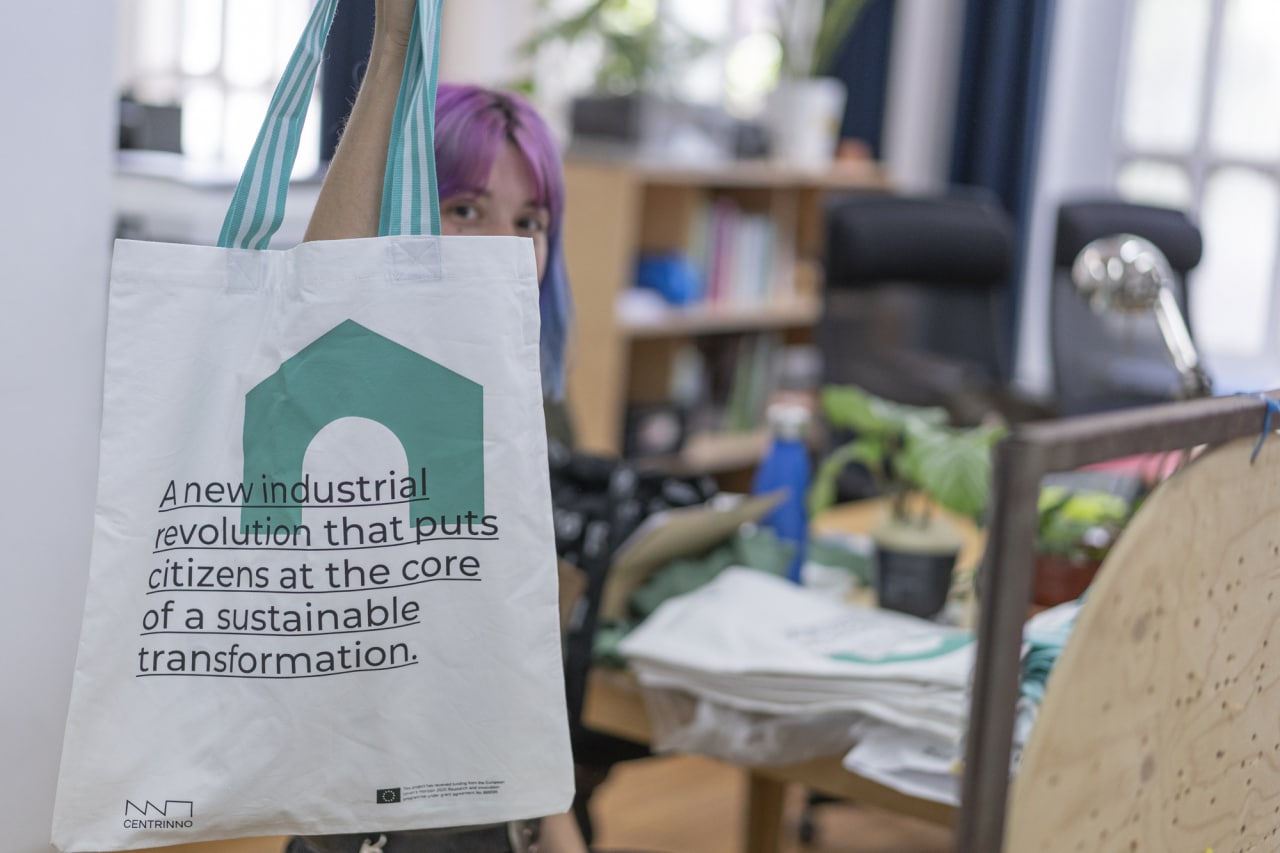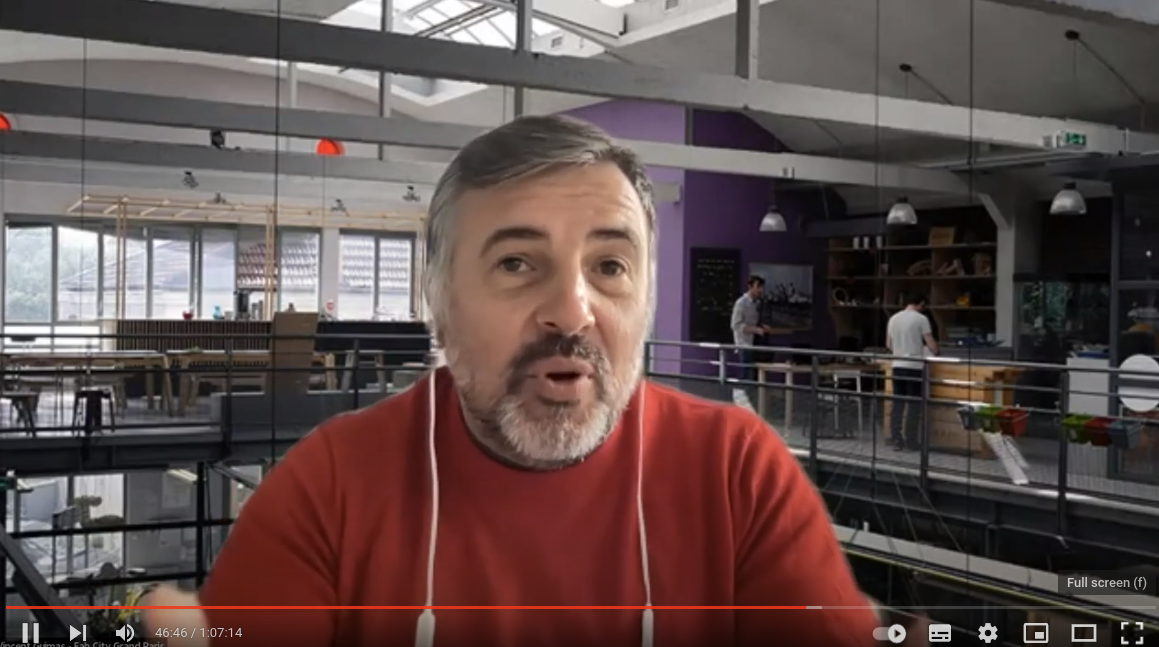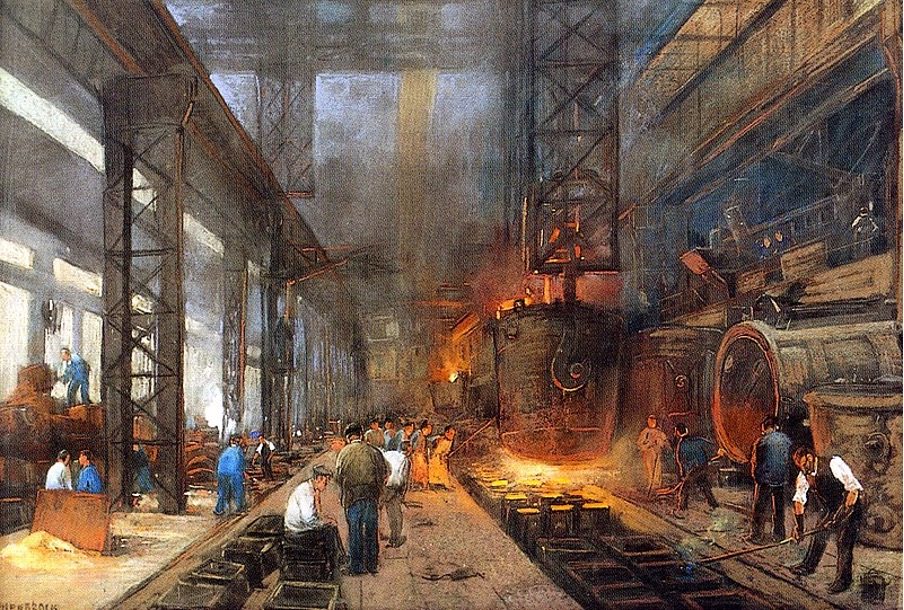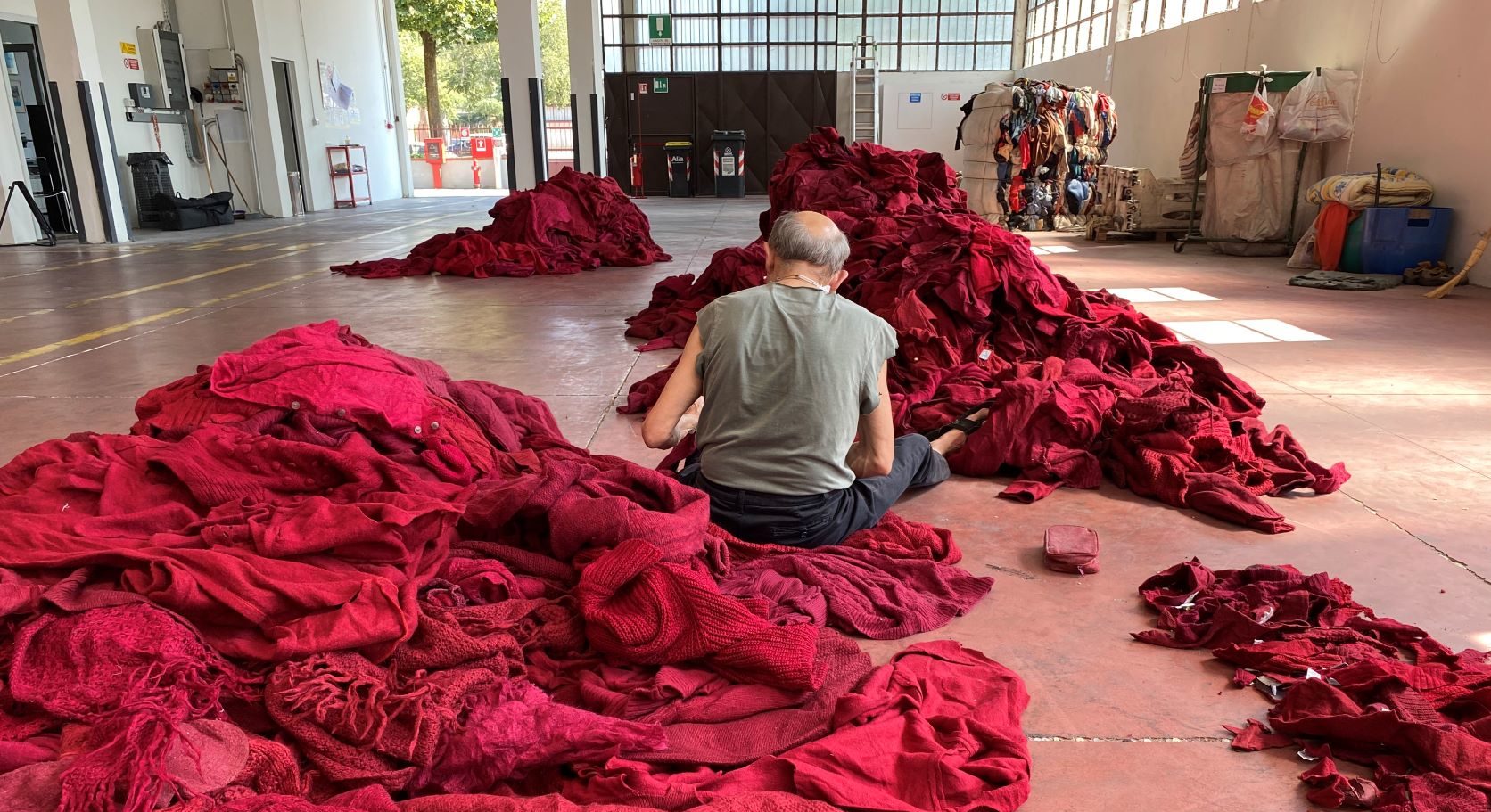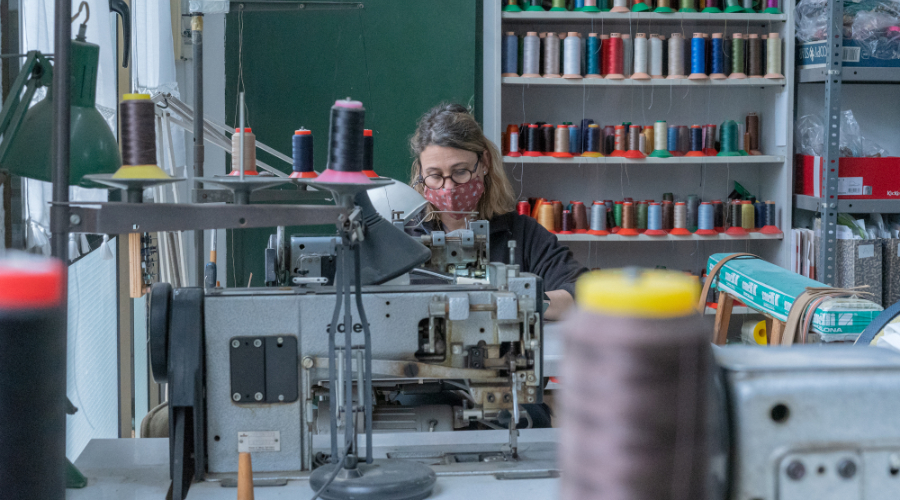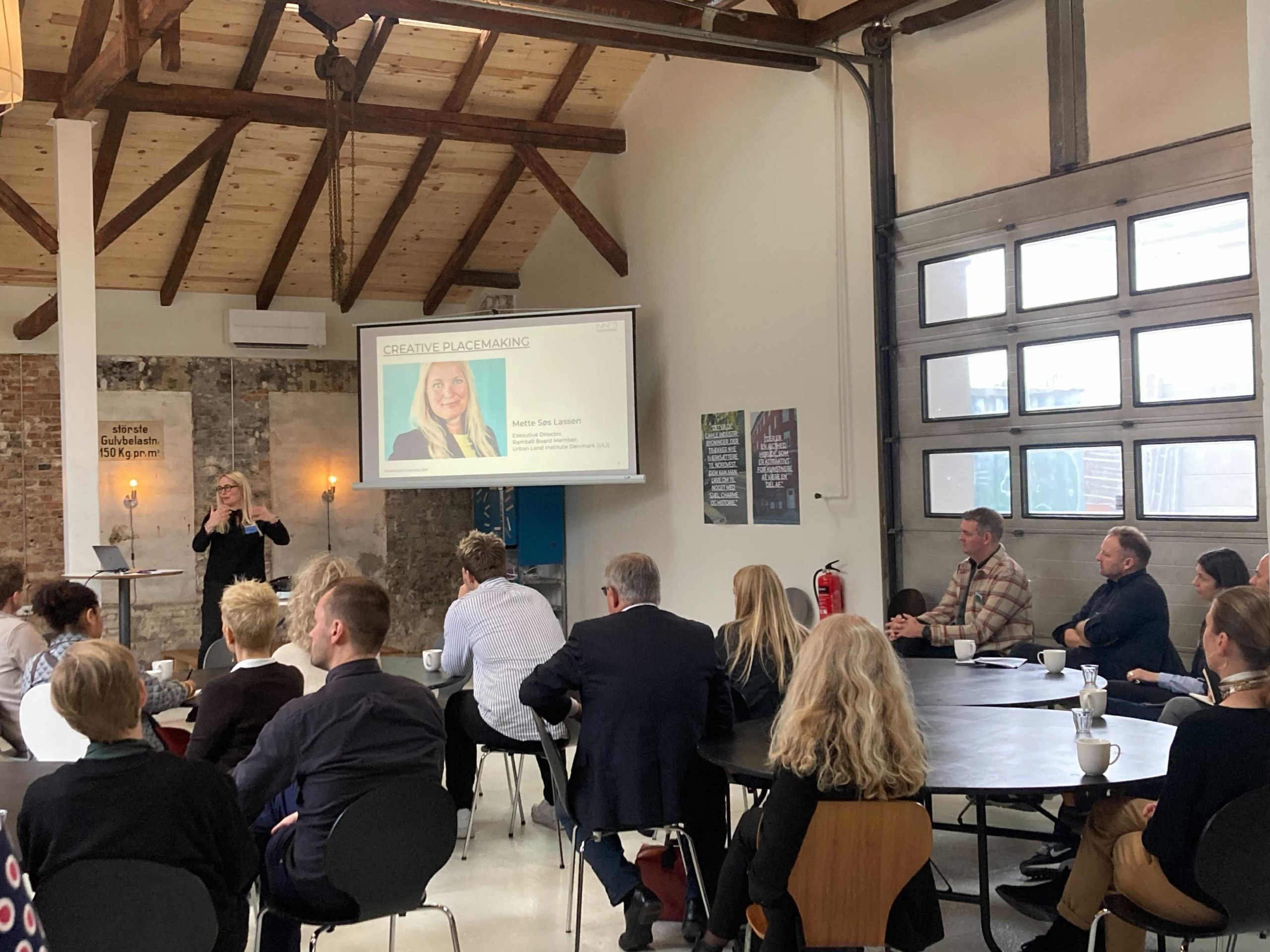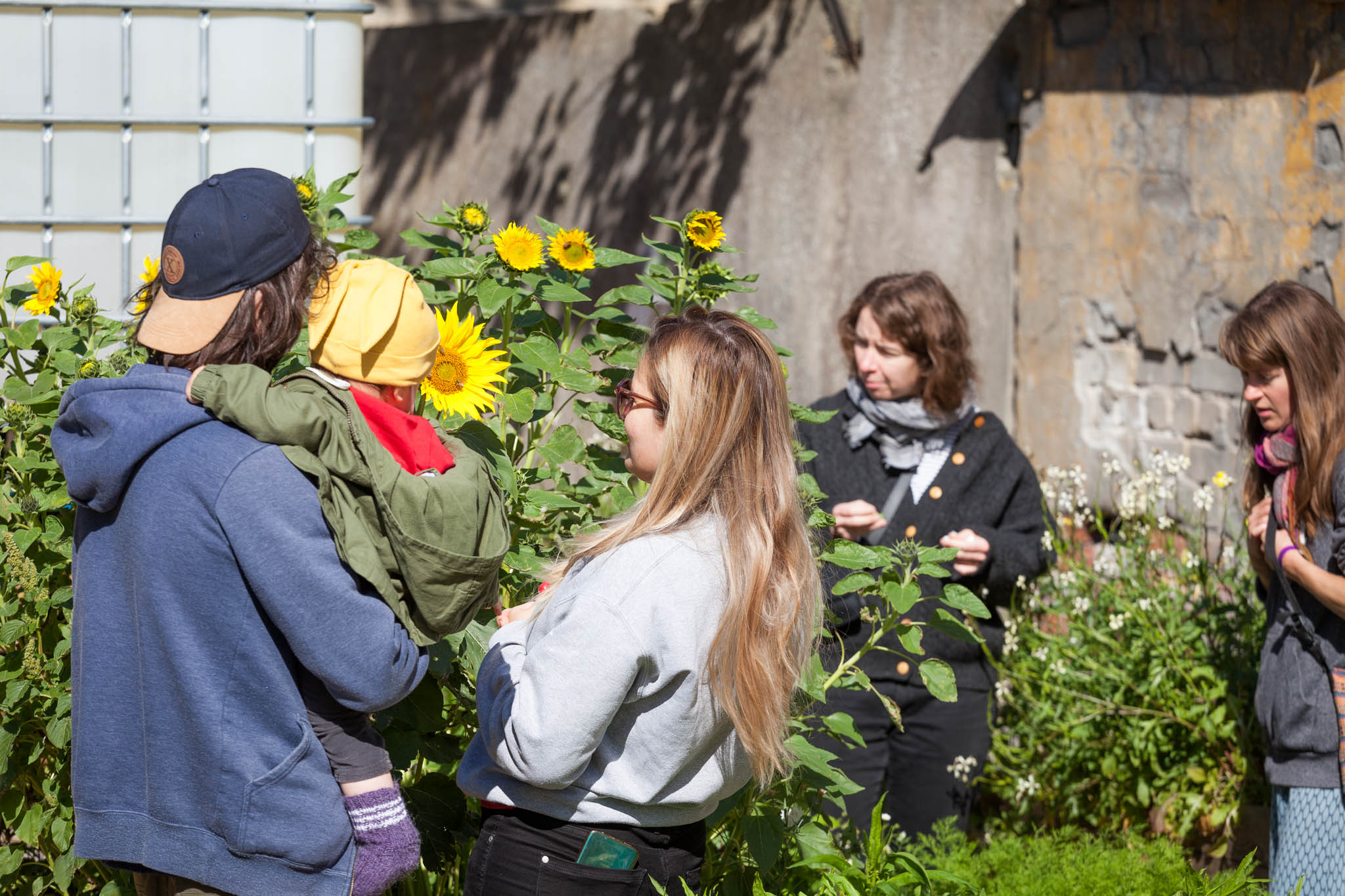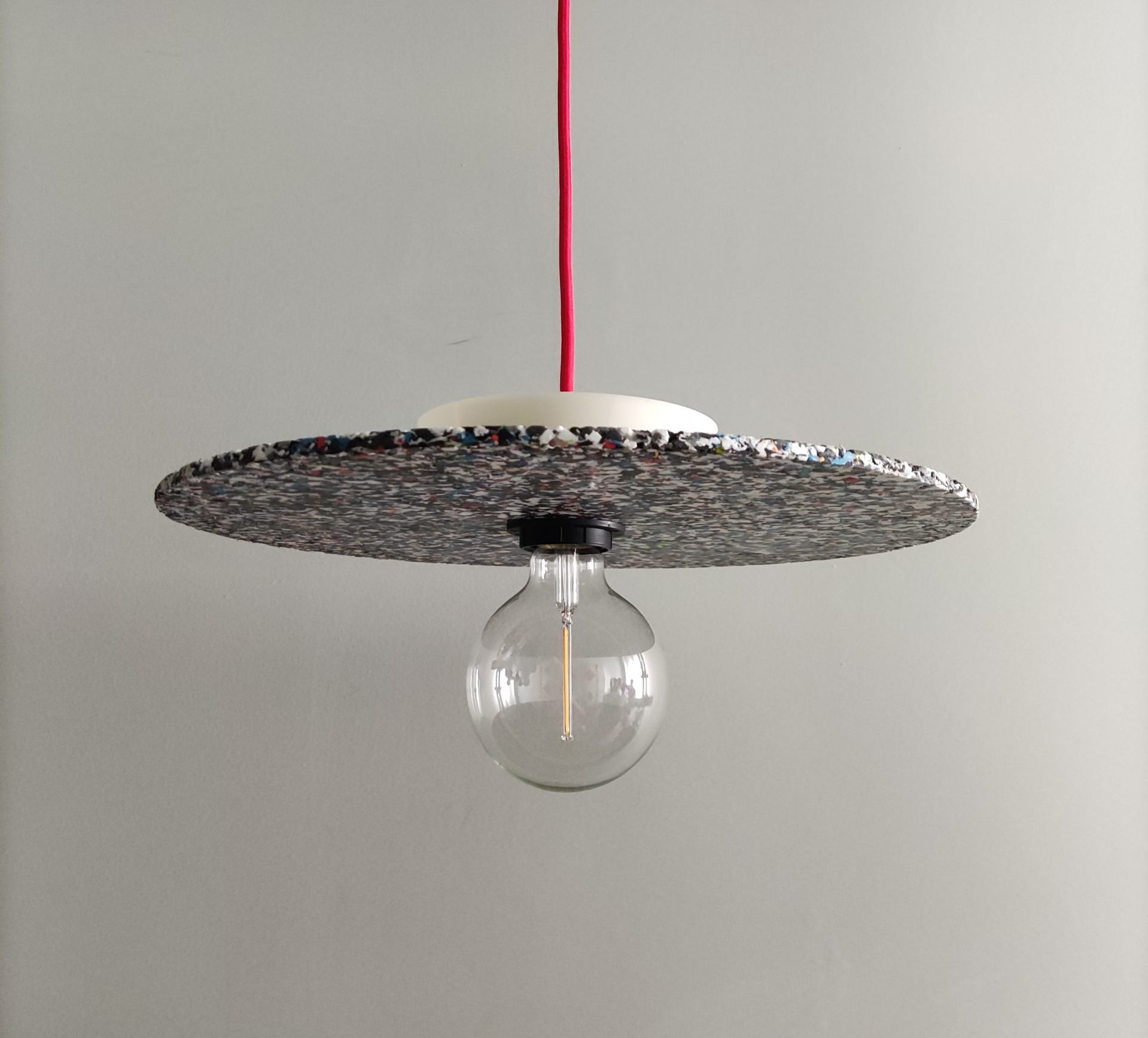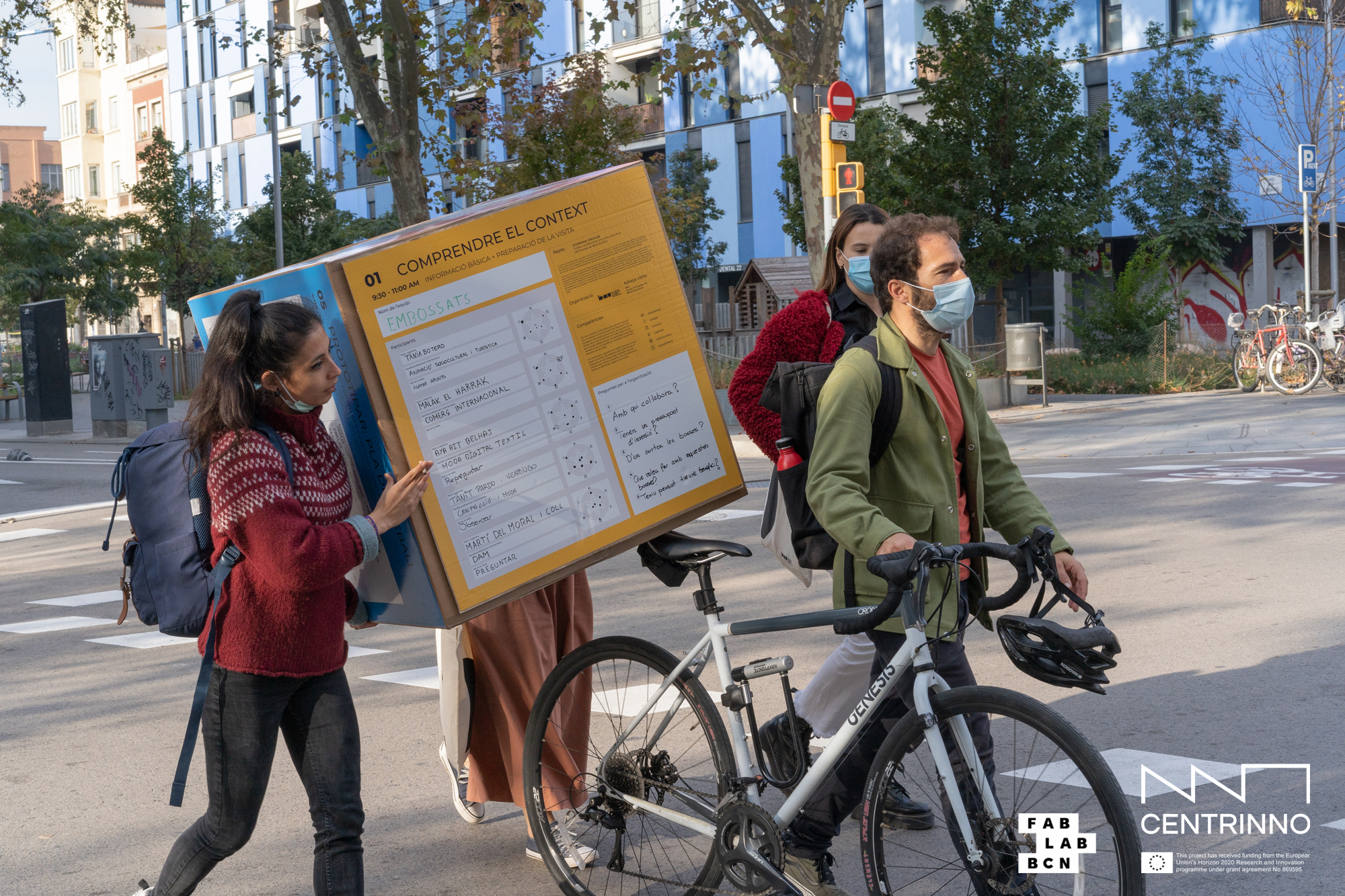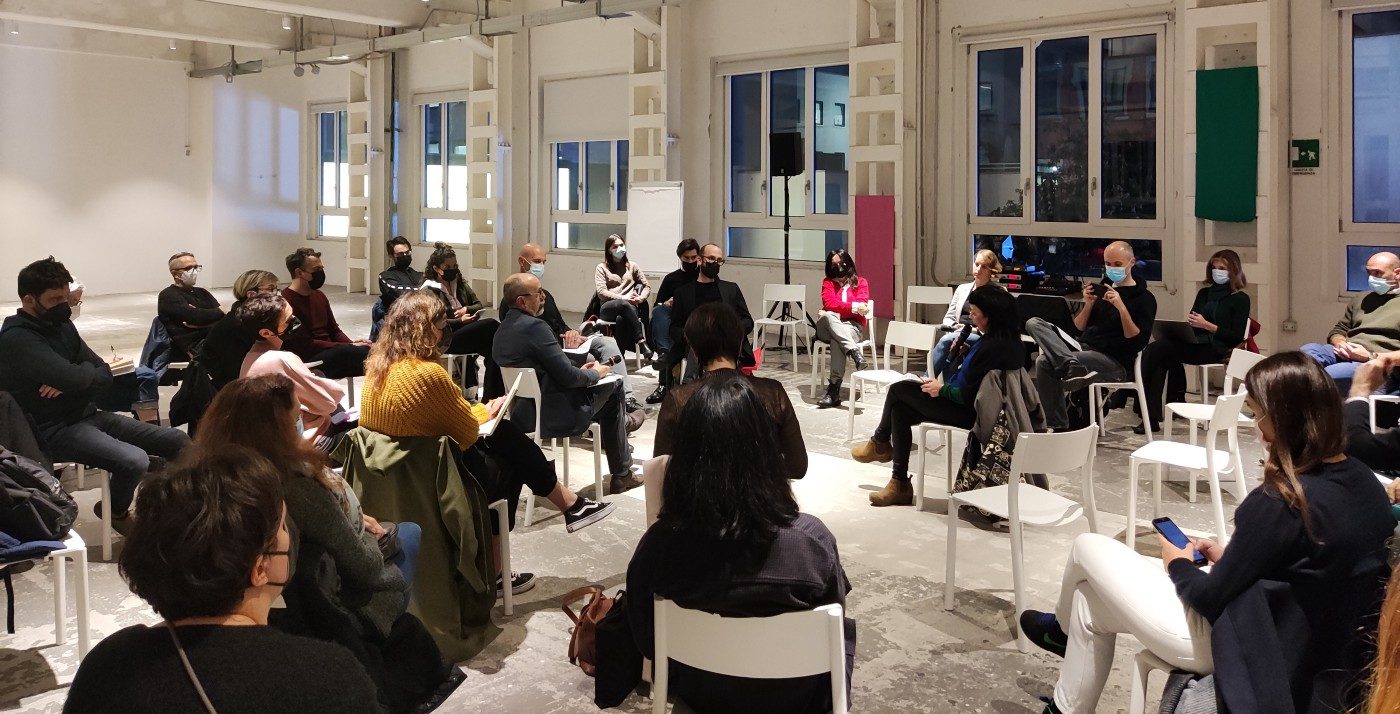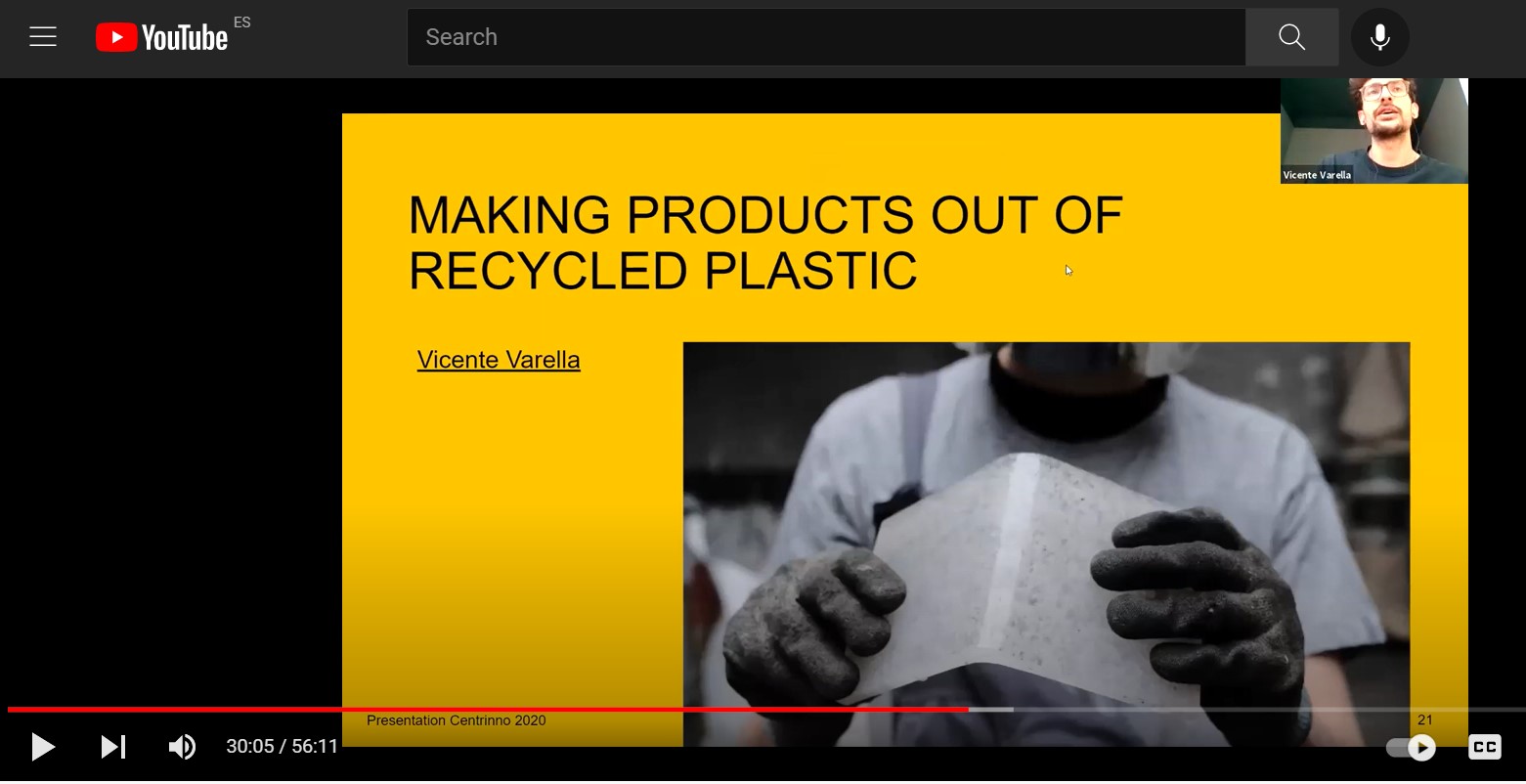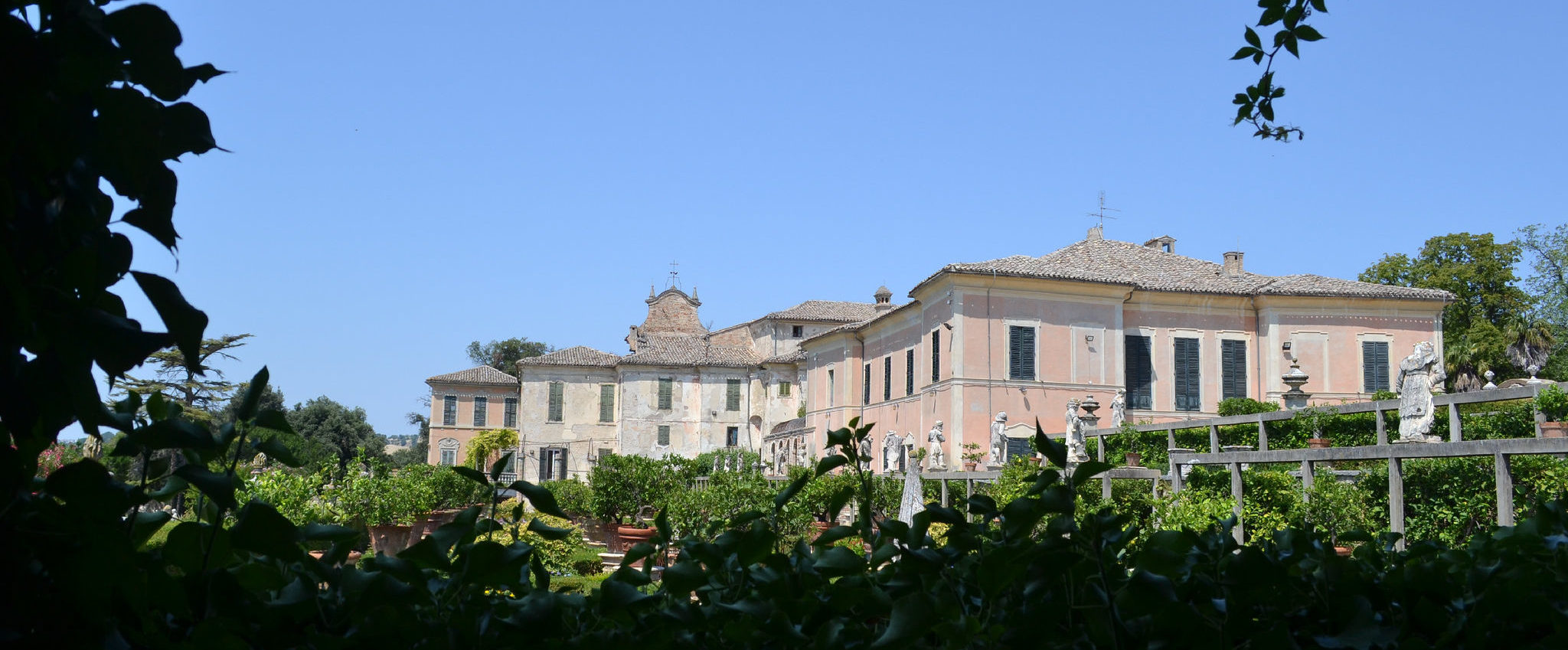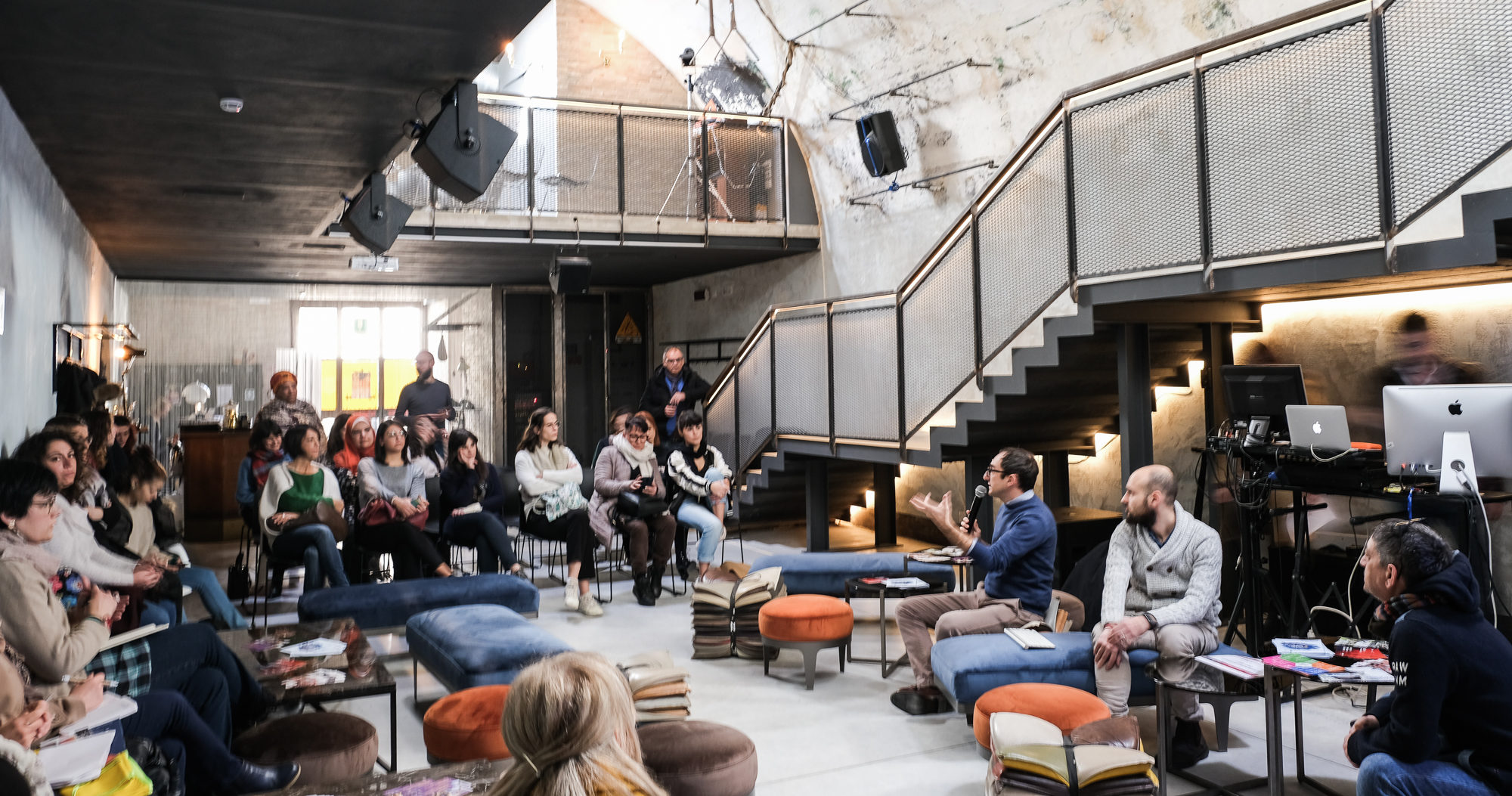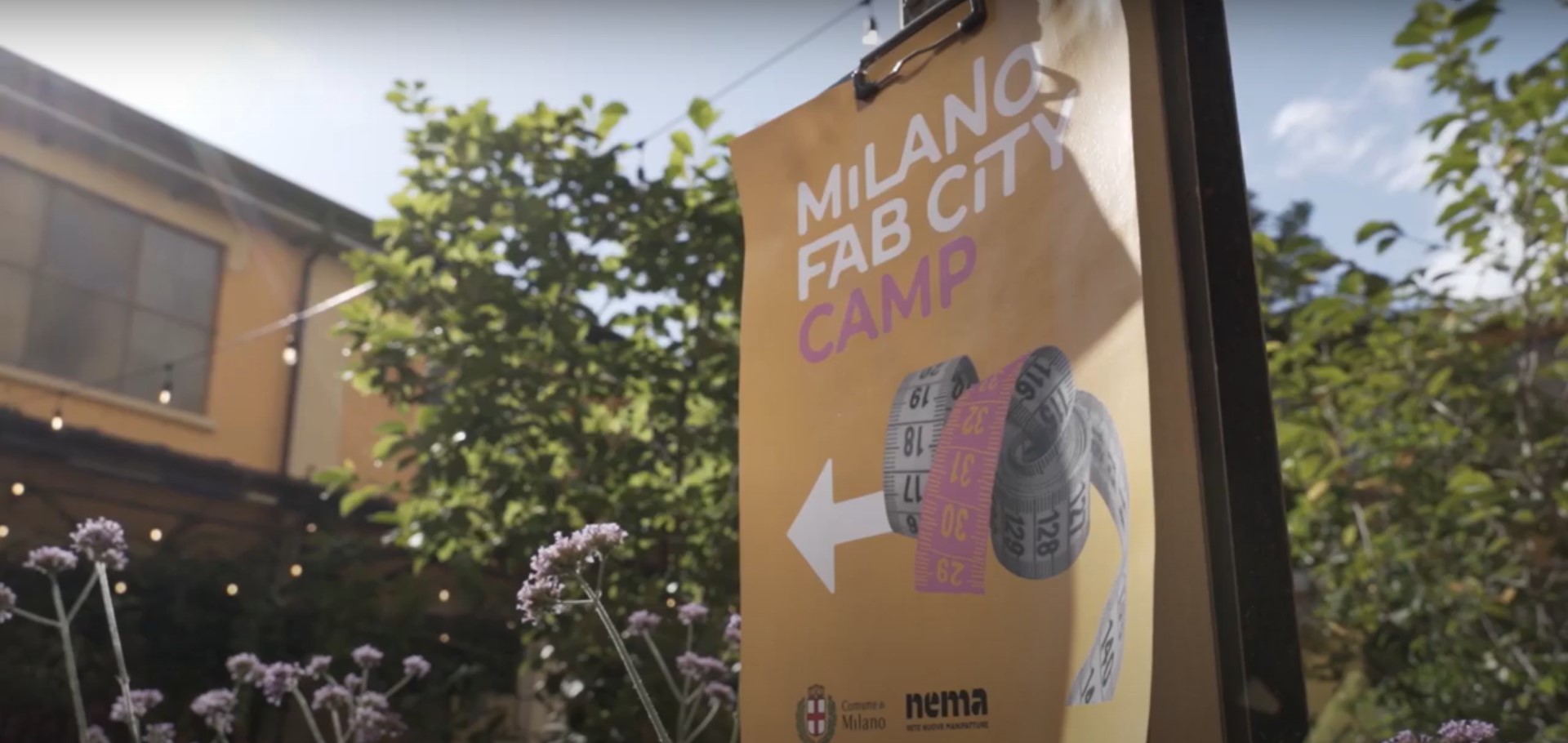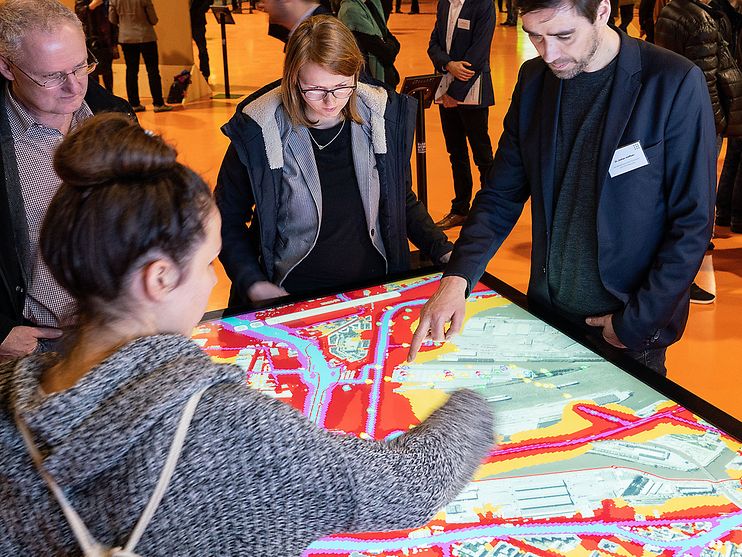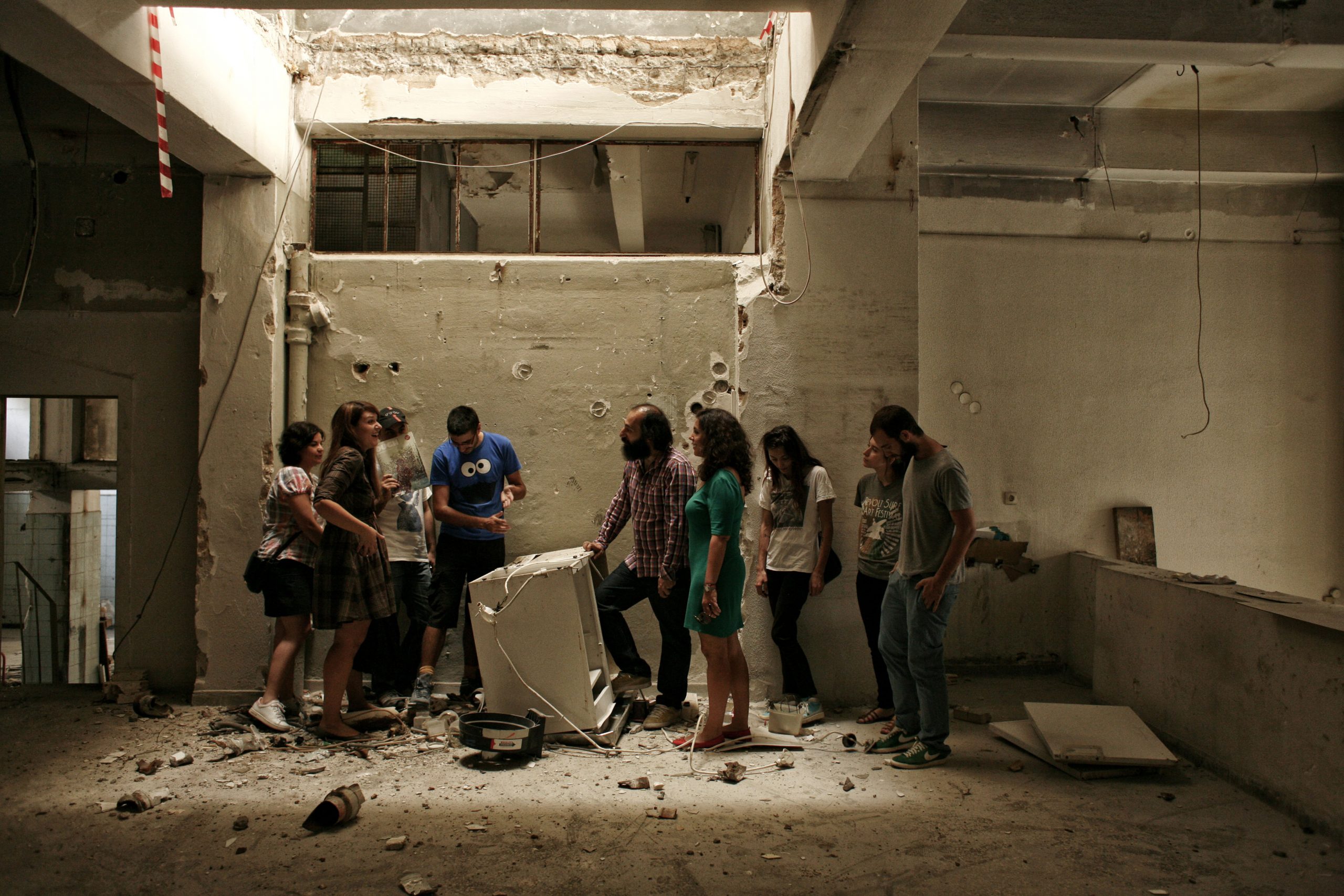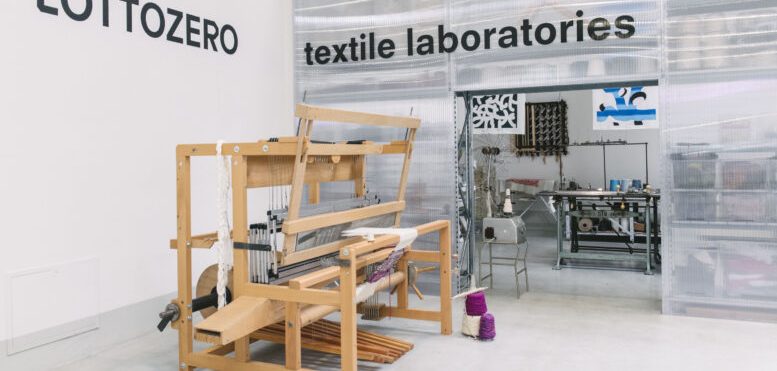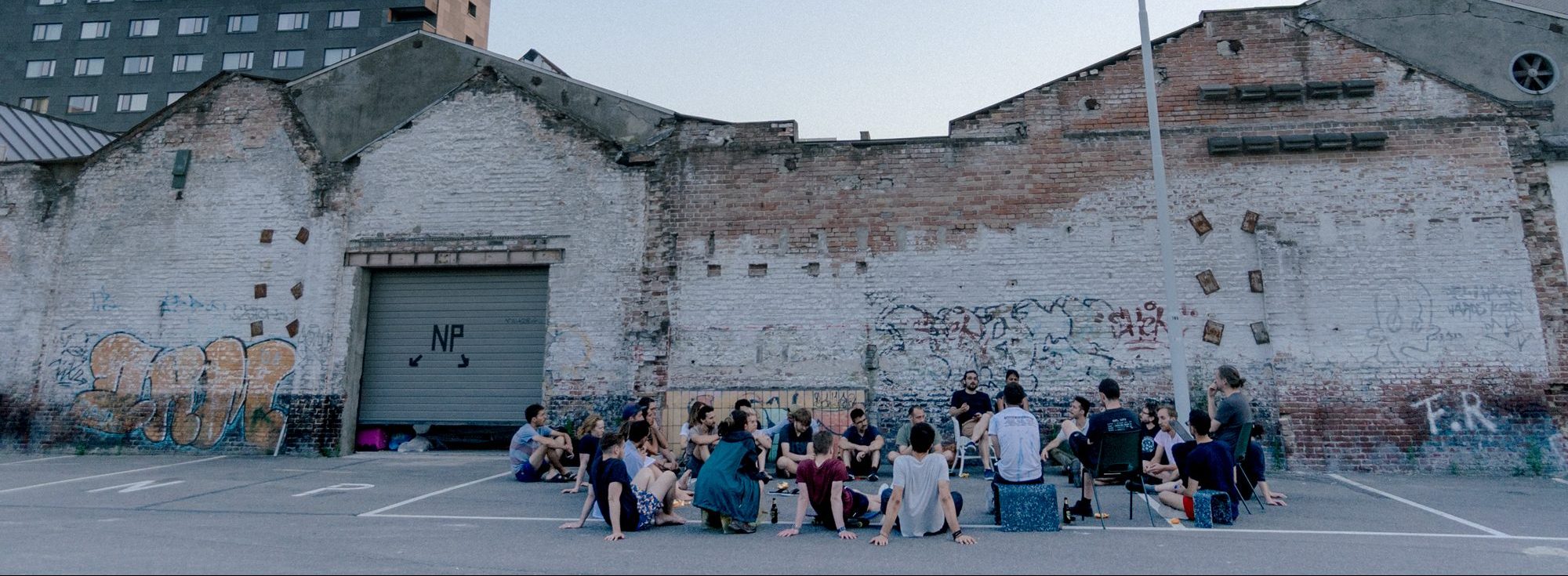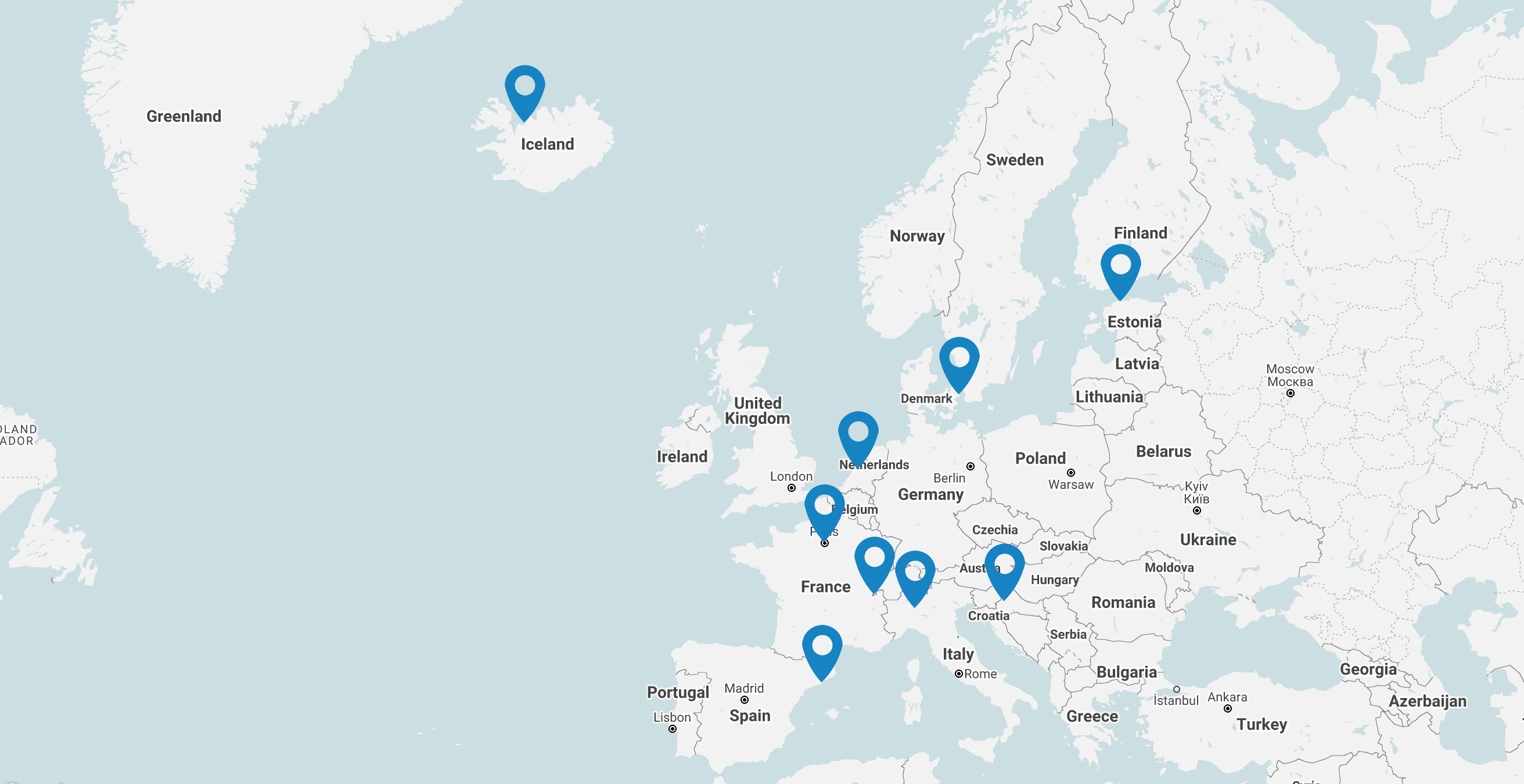BLOG
Key resources for urban regeneration by CENTRINNO
During three and half years, the CENTRINNO project has been a place of exploration and investigation which was initiated by researchers and change-makers with various profiles, aspirations and expertises. As CENTRINNO concludes its transformative journey, it leaves a lasting imprint on the landscape of urban innovation. Having tested and assessed innovative strategies, approaches and solutions for alternative urban regeneration processes in 9 different European sites, it is now time to give visibility to key achievements and resources produced, resulted from the common effort of 26 partners and 9 pilot cities coming together. Let’s delve into them!
Handbook

Photo credits: Fab Lab Barcelona
The CENTRINNO Handbook ‘Regenerative neighbourhoods in the making’ retraces the practices of neighbourhood regeneration aims to make accessible the project’s methodology and to supports territorial change-makers, from policy agents and urban planners, to designers and citizens. The book gives to the reader a way to be more familiar with the topic of neighbourhood regeneration while at the same time being more equipped to develop local interventions to transform old industrial sites into locally productive hubs.
The Handbook is your gateway and a guide to get to know the evolution of the initial 5 key concepts of CENTRINNO into the resources, platforms and tools produced by the end of the project:
- The Fab City Hubs Toolkit: discover the platform
- The CENTRINNO Cartography: latest resources & first launch
- The CENTRINNO Living Archive: discover the platform
- The CENTRINNO School: the Barcelona example & vocational training
- The CENTRINNO Network: stay connected!
You can read more about the CENTRINNO Handbook in this blogpost.
EXPLORE THE HANDBOOK HERE
Fab City Hubs Toolkit

Photo credits: Fab Lab Barcelona
The Fab City Hubs (FCH) Toolkit aims to be a practical and living resource to understand and document the process and the fundamental steps that need to be undertaken to conceive, set up, and run FCHs. It is a collection of adaptable resources that aims to facilitate the implementation of Fab City Hubs (FCHs), which are innovative models for sustainable, creative, and productive urban spaces. The FCH network was initiated by CENTRINNO’s Pilot cities and is expected to grow as other cities in Europe replicate this approach.
The FCH Toolkit aims to create a blueprint that will allow the network of FCHs to grow and expand beyond the 9 Pilot cities, with new hubs in Europe and worldwide. To achieve this, a flexible approach is necessary to answer Pilots’ specific needs arising from their context and allow the Toolkit to evolve according to future cases. Then, the FCH Toolkit is configured as a non-linear set of contents, the access to which is facilitated through different entry points and different ways of navigating.
HOW TO SET UP A FAB CITY HUB FROM SCRATCH
Cartography
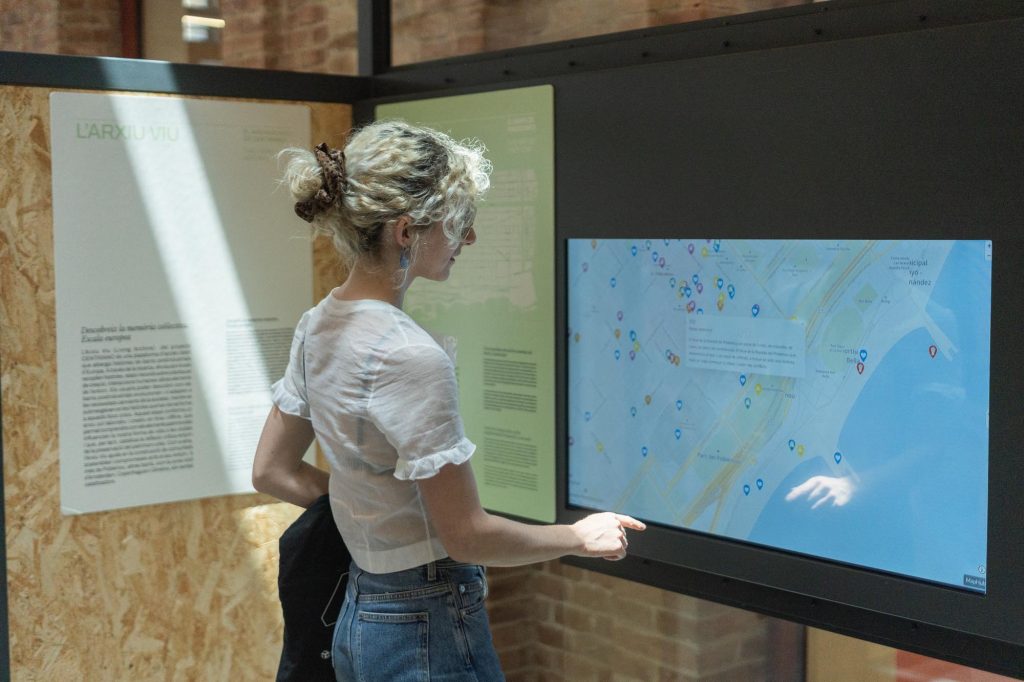
Photo credits: Fab Lab Barcelona
The CENTRINNO Cartography is a toolkit to support communities in embarking on a journey to map their local ecosystems. The destination: Resilient, locally productive and circular communities.
In a few steps, our Cartography toolkit guides cities and grassroots organizations to discover and map the skills, materials and resources local to the unique surroundings. These resources form the basis for circular communities – a network of individuals, makerspaces, small producers and large manufacturers that share know-how on circular making, exchange resources and wastes, and come up with innovative solutions for real local challenges beyond circularity.
For over three years, nine pilot cities have mapped local resources and explored circular opportunities in communities around former industrial neighbourhoods. Check out the map below to find out what we discovered.
How did we find these opportunities for local circularity? Our nine pilots used the CENTRINNO Cartography toolkit to get to know their area from two angles: First by mapping their local context from a bird’s-eye view and secondly, by diving deep into the network of local stakeholders and their resources.
START YOUR OWN CARTOGRAPHY JOURNEY
Living Archive
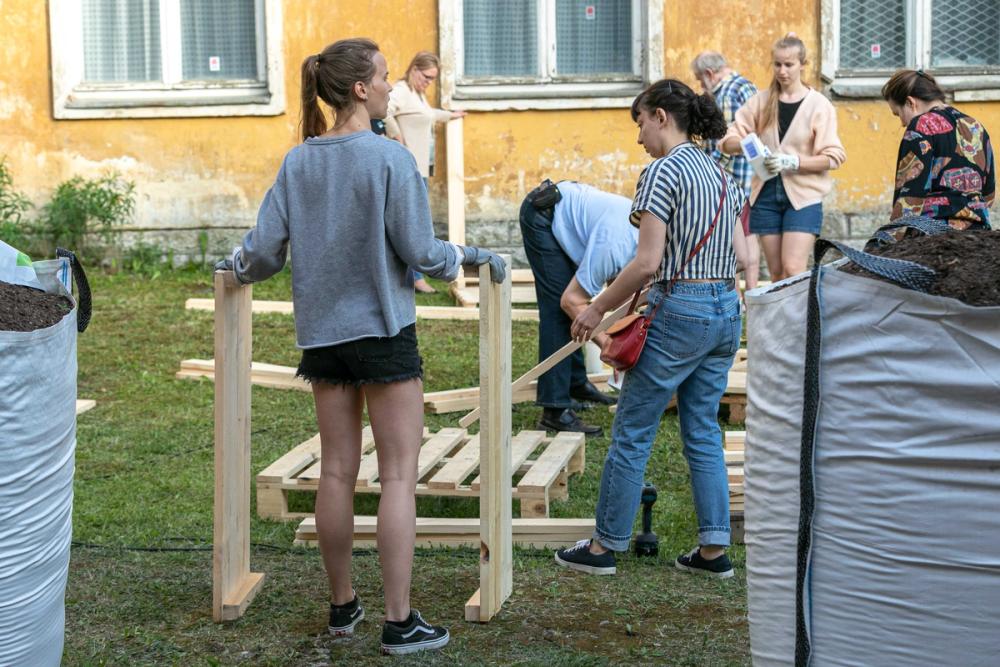
Photo credits: Tallinn pilot
The CENTRINNO Living Archive is an open access platform containing content (stories) stemming from (post-) industrial sites, collected locally with participatory heritage methods. Its purpose is to help communities imagine what can be broadly described as a new ‘critical heritage of making’, and enable the creation of inclusive and circular hubs (Fab City Hubs).
Such a critical heritage approach aims to indicate the multi-layered, complex and sometimes conflicting nature of heritage items. These, in turn, aim to stimulate discussions on the role of the past in the present, and how to use these as inspirations for a more sustainable, socially inclusive, and circular future. The intentions of the Living Archive thus align with the principles of the Fab City Global Initiative. Nonetheless, the methodology and ethos behind the Living Archive should be replicable and disseminable to other projects wishing to implement participatory heritage methods into their research and innovation practice.
EXPLORE STORIES FROM THE PROJECT
CENTRINNO School

Photo credits: Paris pilot
The CENTRINNO School comprises a collection of methodologies, tools, and approaches designed for any organisation seeking to develop educational programs focused on circular and digital manufacturing, aiming to create a local societal impact. Targeting diverse groups such as communities, formal educational institutions, and adult professionals seeking to broaden their competencies, the CENTRINNO school aimed to foster learning environments where a multitude of stakeholders contribute to learners’ experiences in acquiring both technical and transversal skills.
The strategy and implementation of CENTRINNO School was progressively built hand-in-hand with pilot cities to:
- Redefine and re-establish the value of being a craftsman
- Ensure a better fit for vocational and post-vocational training with the needs of economy
- Foster innovation by introducing digital technologies in artisanal processes and creative industries, based on previous experiences by Fab Labs and makerspaces
The CENTRINNO School doesn’t have a specific platform or resource to support pilot cities activities on vocational training. Each city used its own approach, all supported by Onl’fait, the project partner who fostered exchange and crosspollination across cities.
Network
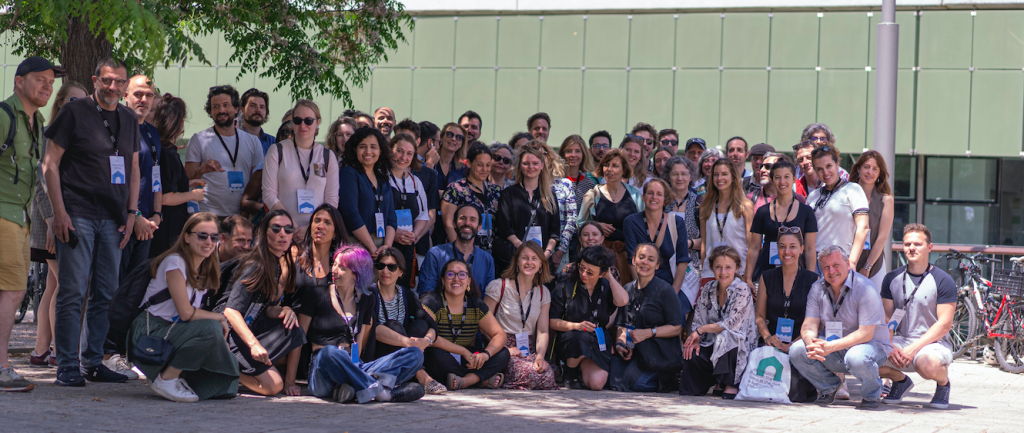
Photo credits: Fab Lab Barcelona
The CENTRINNO network supports the development of interconnected socially inclusive communities. It has two different scales where interactions take place: The local hubs’ networks where different actors collaborate to tackle urban challenges, and the global knowledge-exchange network across the nine CENTRINNO cities and beyond.
How can you get involved in the Network:
- Be onboard in the Fab City Network: https://fab.city/
- Discover the Slack Channel: can be joined on demand
- Join a local Fab City Hub and take a look at their network
- Discover the Make.Works platform and community: https://make.works/


